Palazzo Bollani, Castello 3647, Venice, Italy
Exhibition open from 10am to 6pm, from Wednesday to Sunday, and on appointment
Information: contact@radicants.com
Press inquiries: radicants@joonampartners.com
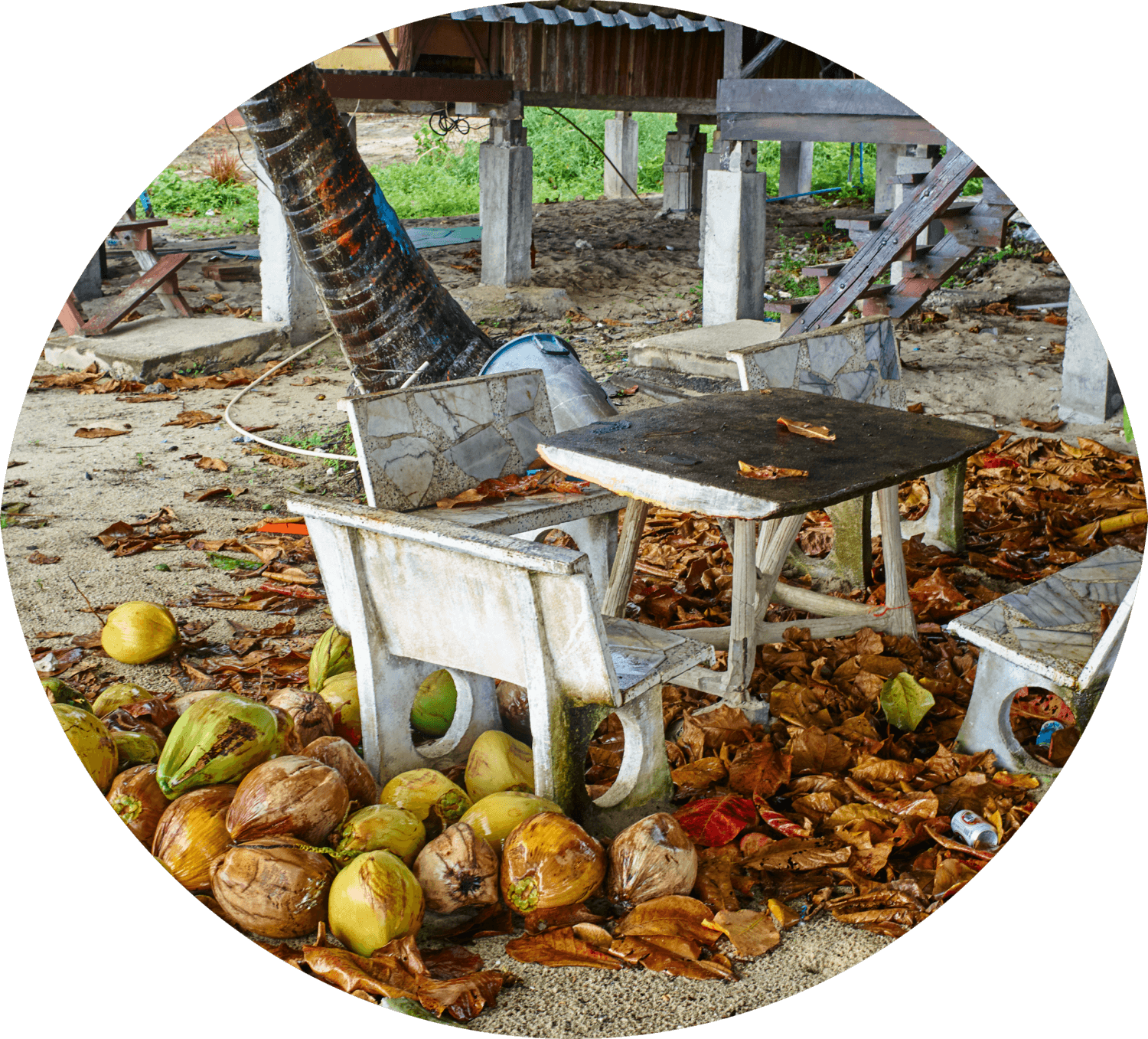
The awareness of climate change modified our collective relation to the earth in many ways, but it also impacted the human gaze. If humankind used to consider the planet as a simple background for its activities, a setting — an environment — they now feel immersed in it, fully enclosed within an atmosphere and a network of soils and oceans that have become potential threats.
Within this context, the old notion of the sublime has been given a new lease on life in art today. In the 18th century, it was defined by Edmund Burke as a “feeling of aesthetic pleasure tainted with fear, or the proximity with danger”. If the “delight” felt by the viewer is nuanced by a sensation of terror, it is because it is too far away to threaten us directly. A few decades later, Emmanuel Kant refined the definition : the sublime is what exceeds the power of representation, what cannot be conceptualized or even shaped. It is limitless. The sublime is linked with disorienting sensations like emptiness, silence, and darkness. It is about the loss of control.
In Germany, Caspar David Friedrich, or William Turner in England, could be seen as paradigmatic of this “Romantic sublime”, with their off-scale pictorial spaces showing immense landscapes or atmospheric catastrophes.
In the twentieth century, this notion was linked to abstract art, to the unknowable and the shapeless, and Mark Rothko or Barnett Newman (who published his text “The Sublime is Now” in 1948) are often associated with it. According to Jean-François Lyotard, modernist painting falls under the notion of the sublime when it “presents the unpresentable”, when it shows the impossibility of showing, or deals with ideas that cannot be given shape.
Today, climate change provides very concrete images of the danger threatening us. The enemies are invisible but very present, like viruses, or degrees of temperature leading to rising waters.
And the “delight associated with terror” described by Edmund Burke seems to apply to all the artistic practices considering our reality as a globality, depicting the world as a net of inter-connected spheres, or considering artistic practice as an exploration of newly appeared kinds of off-scale spaces, darkness, terror, and voids.
This contemporary sublime conveys the feeling of humankind’s loss of control over the planet.
Exhibition divided in 3 parts:
PART 1. EVERY EXHIBITION IS A FOREST
with Dana-Fiona Armour, Bianca Bondi, Roberto Cabot, Anna Conway, Kendell Geers, Anna Bella Geiger, Max Hooper Schneider, Per Kirkeby, Agnieszka Kurant, Lucia Pizzani, Thiago Rocha Pitta, Ylva Snöfrid, Haegue Yang and Phillip Zach.
The artist (like the shaman in traditional societies) travels through parallel worlds. S/he intercedes between human society and other living spheres. This part of the show draws an analogy between exhibitions and forests, which are seen as a production of signs by the Amazonians. It presents the immersive sublime, artworks abandoning the human gaze for a multi-dimensional vision of the world.
PART 2. CHARLES DARWIN AND THE CORAL REEFS
with Nils Alix-Tabeling, Charles Avery, Hicham Berrada, Bianca Bondi, Roberto Cabot, Alex Cerveny, Anna Bella Geiger, Agnieszka Kurant, Romana Londi, Turiya Magadlela, Thiago Rocha Pitta, Nicolás Uriburu, Haegue Yang and Phillip Zach.
This chapter is inspired by the part in Darwin’s memoires in which he descibes coral reefs as “sublime”. It is about both the long-term sublime (based on patient accumulation or slow formations) and a reversal of the scale traditionally linked to the sublime—it’s about the minuscule, the tiny, the microscopic detail…
PART 3. THE TRAGIC DEATH OF NAURU ISLAND (currently on show)
with Dana-Fiona Armour, Peter Buggenhout, Sterling Crispin, Kendell Geers, Anna Bella Geiger, Loris Gréaud, Max Hooper Schneider, Agata Ingarden, Agnieszka Kurant, Romana Londi, Turiya Magadlela, Lucia Pizzani, Thiago Rocha Pitta, Nicolás Uriburu, Ambera Wellmann and Haegue Yang.
Nauru’s over-mined soil is the image of the negative sublime: extinction, destruction, pollution. It also questions the distinction between terror and horror, evoked by Edmund Burke—if you feel terror, you experience the sublime from a distance, but Horror is what you feel when it is too late.

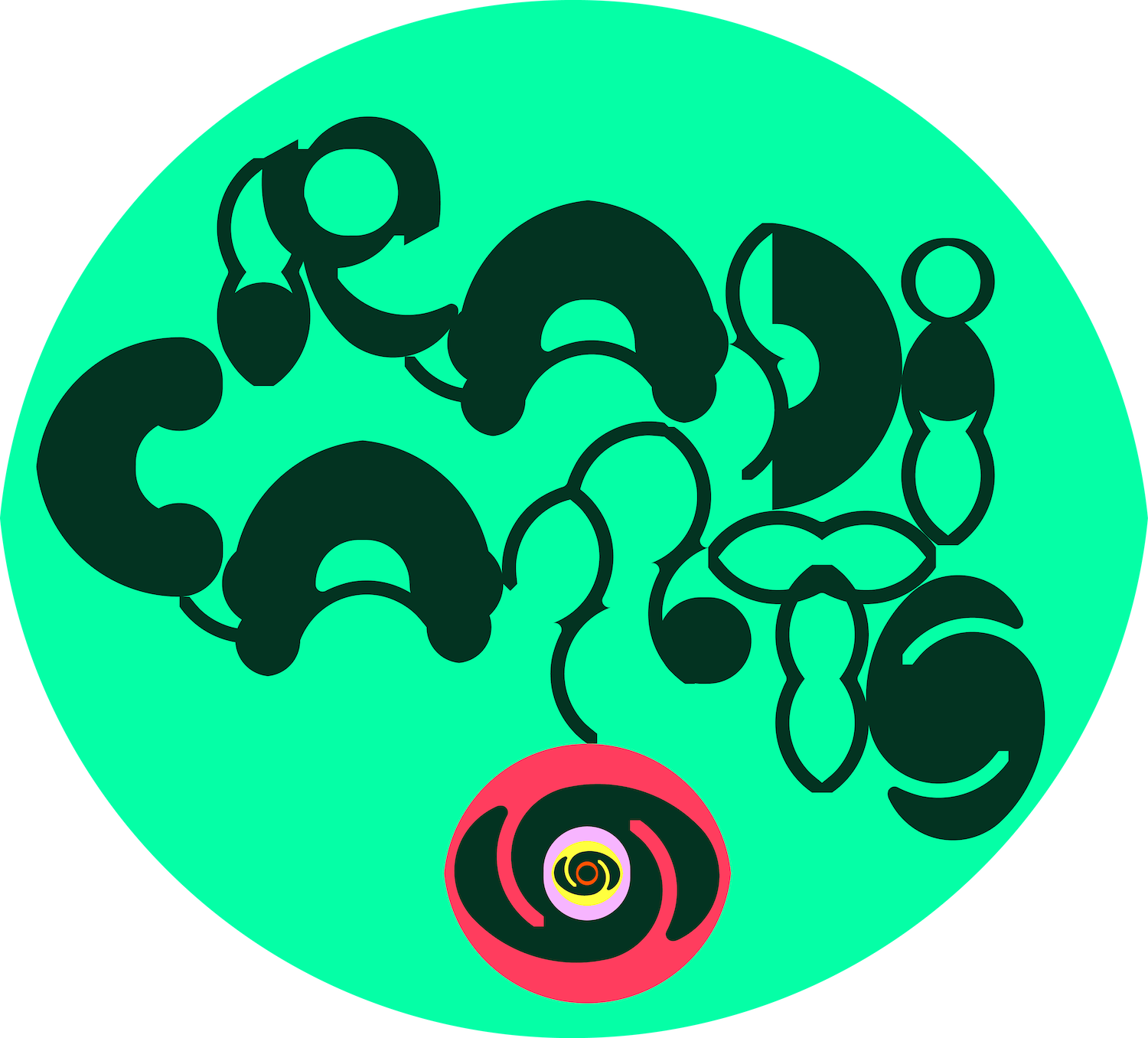
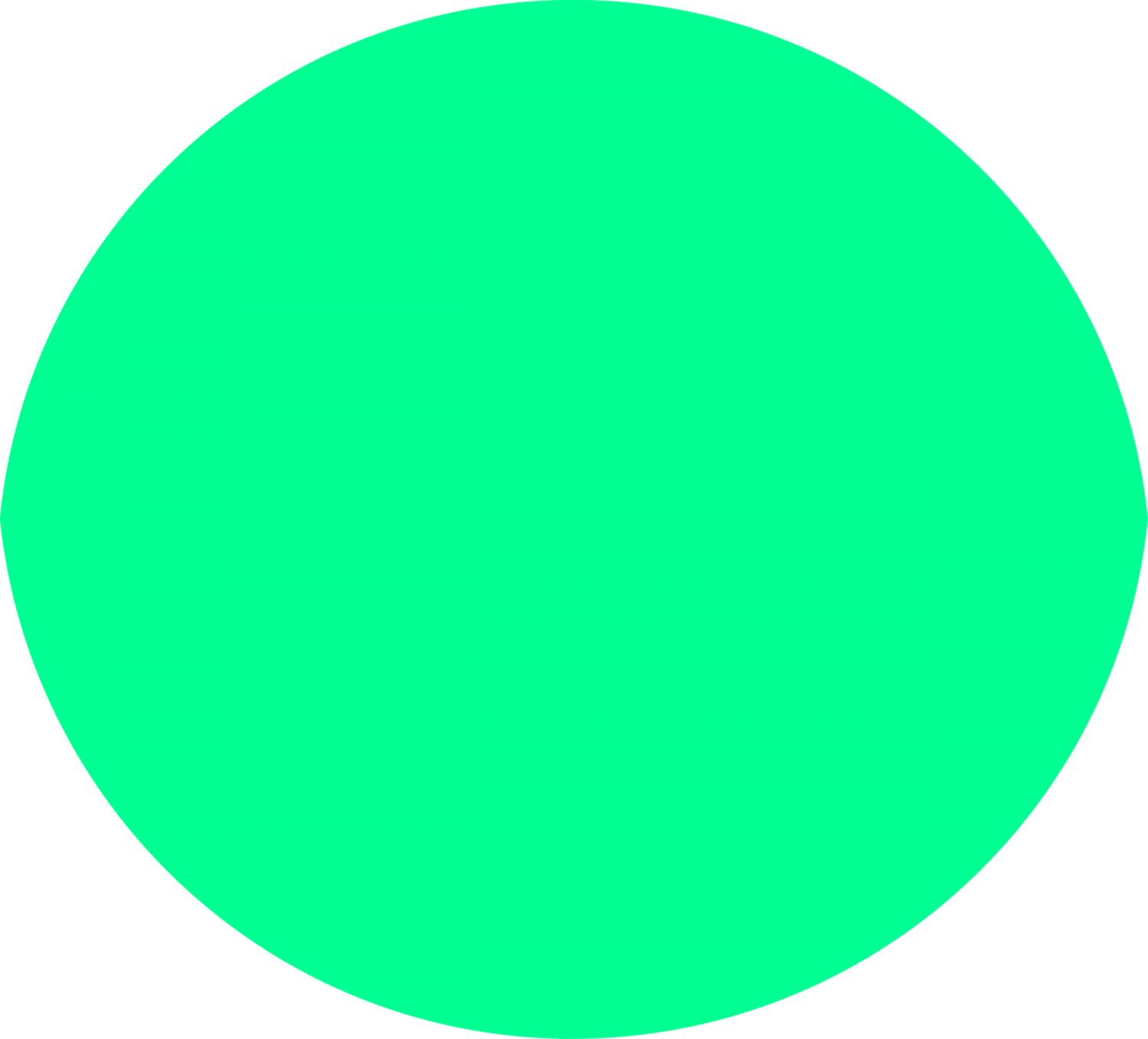
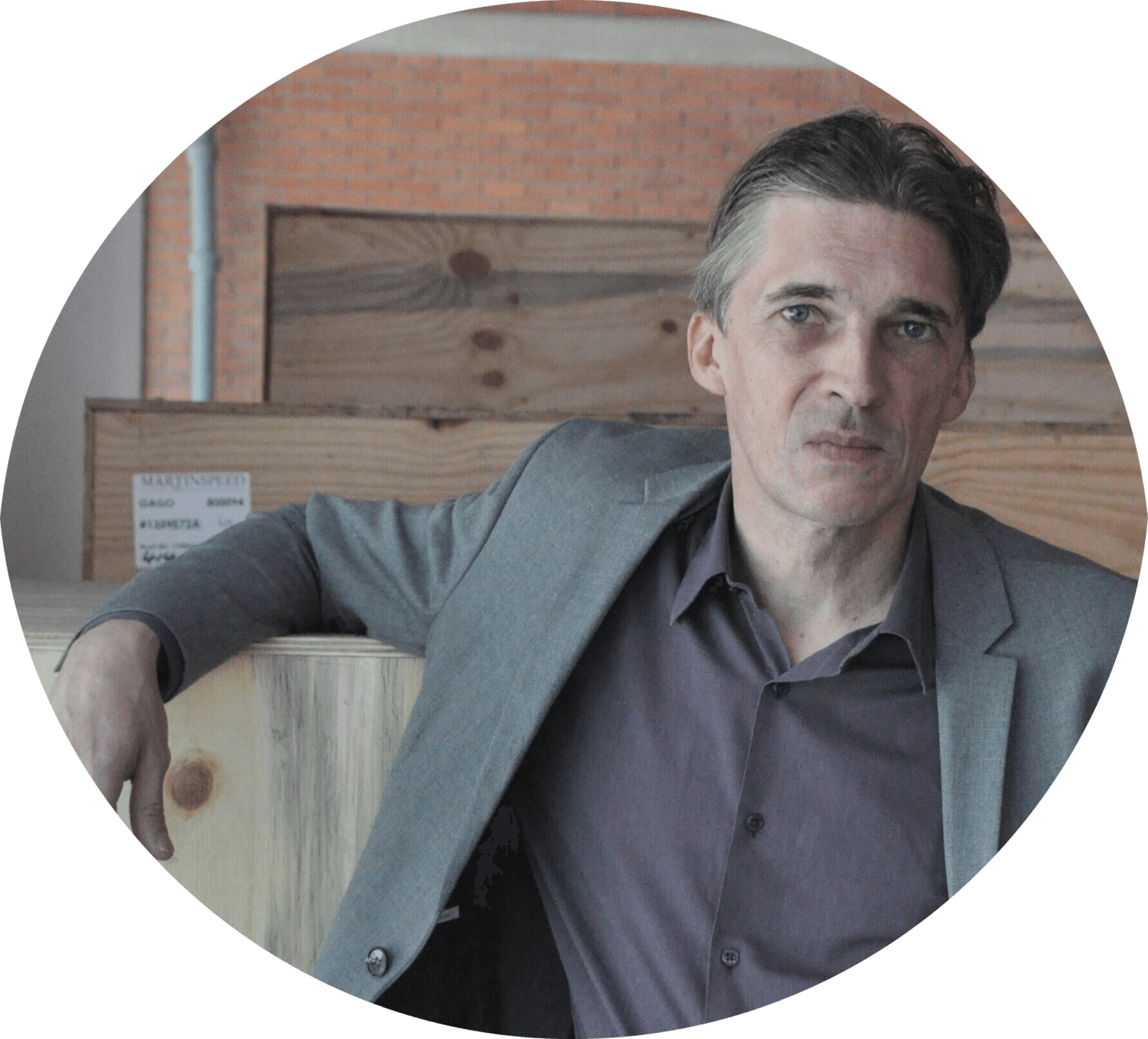

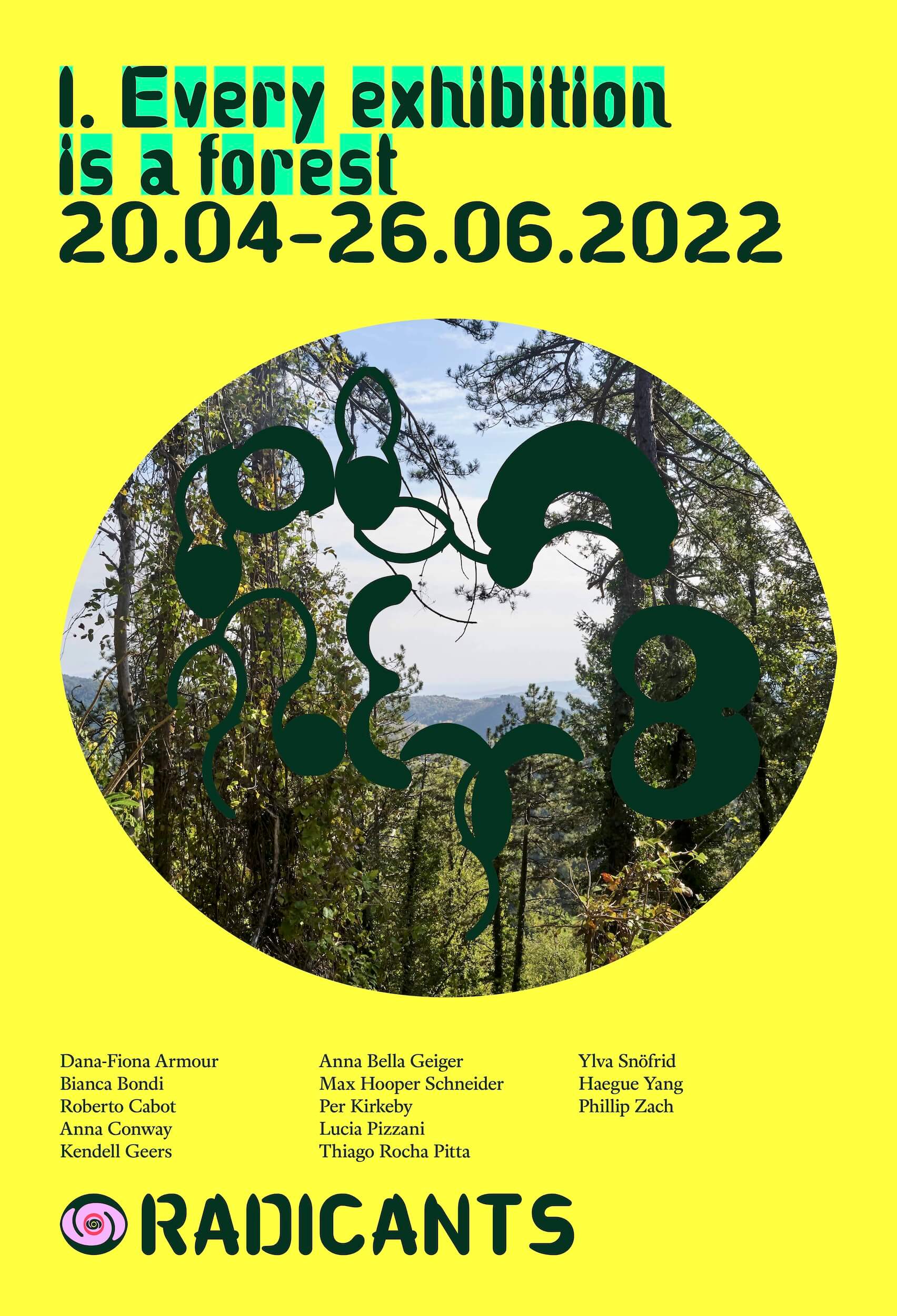

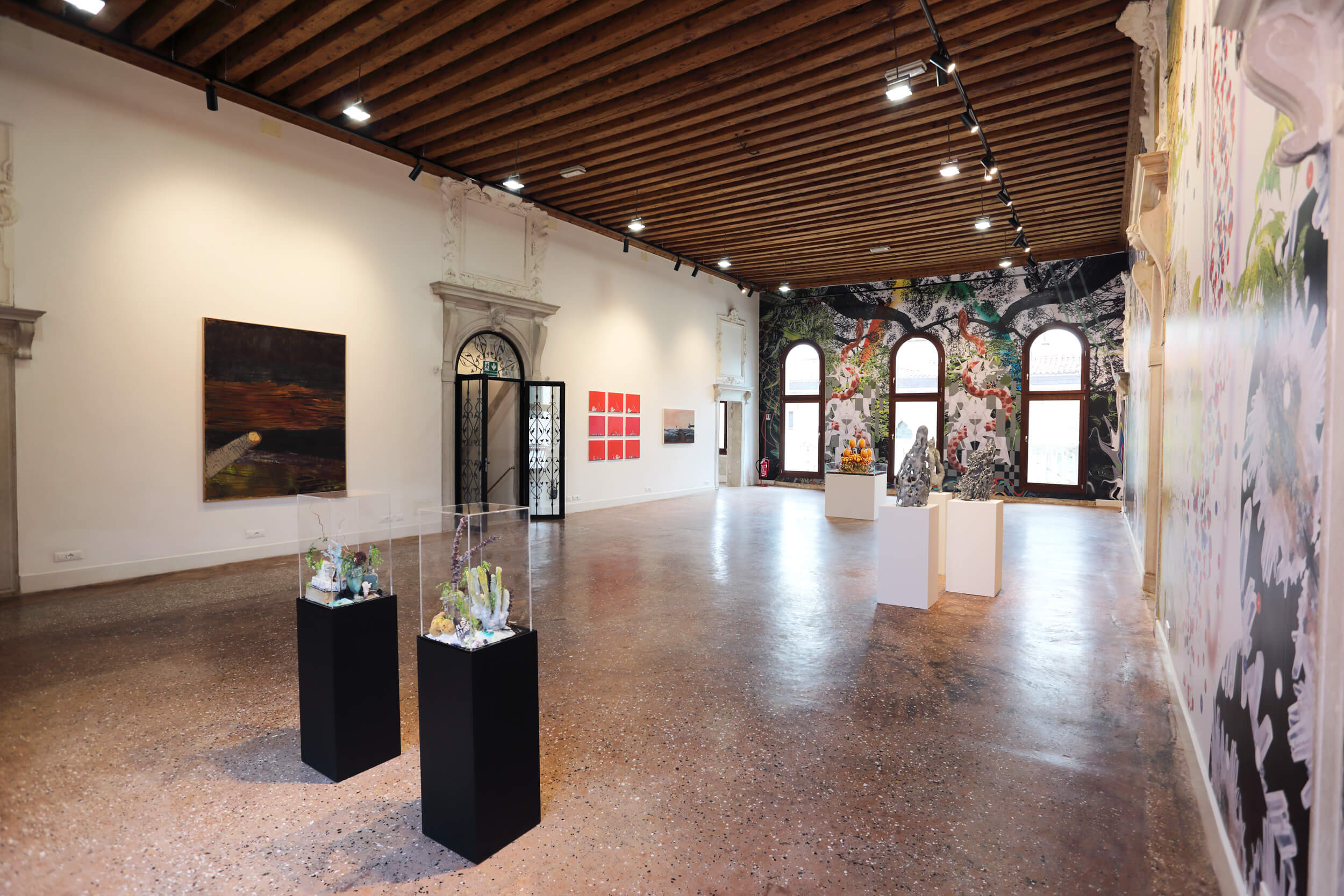
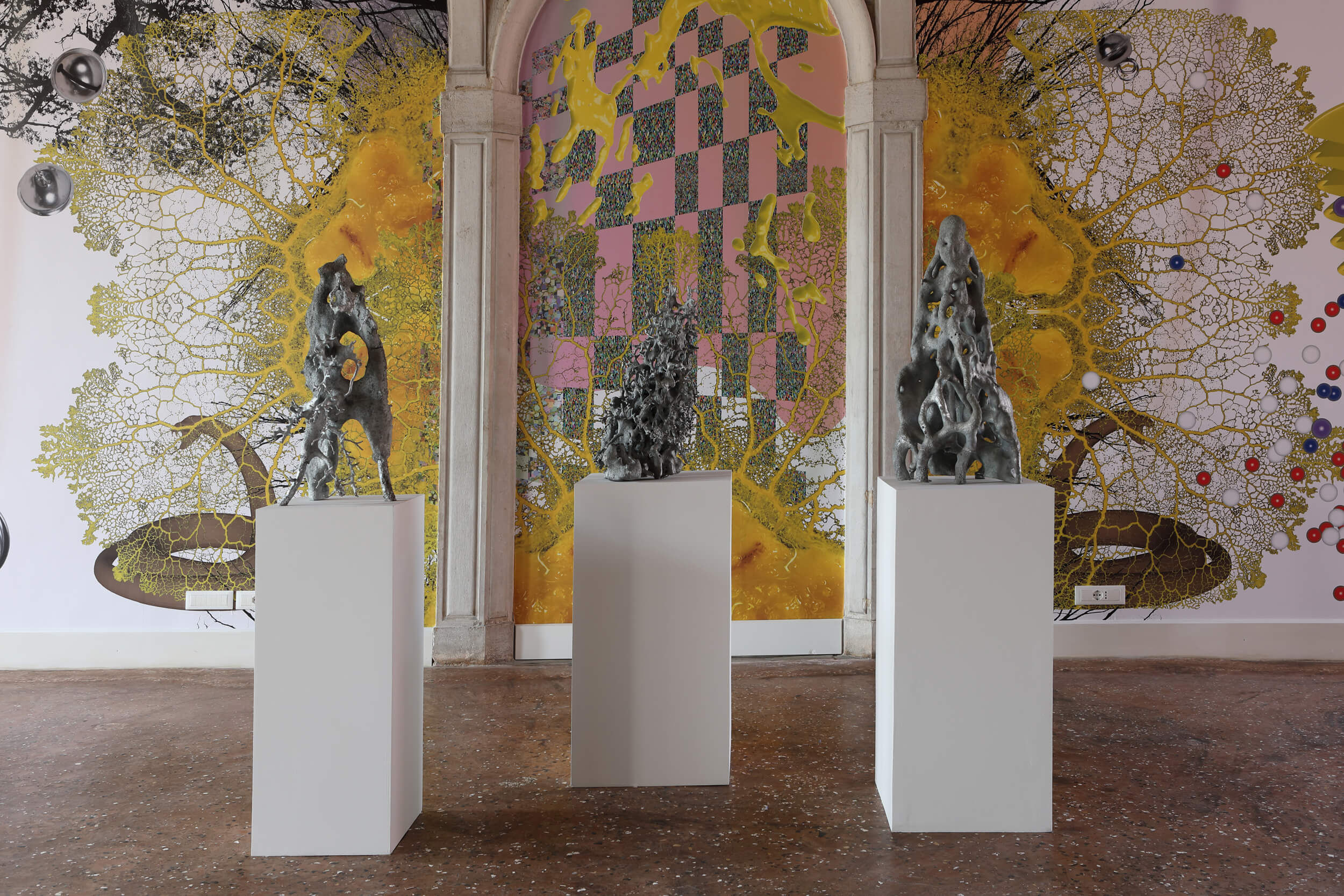
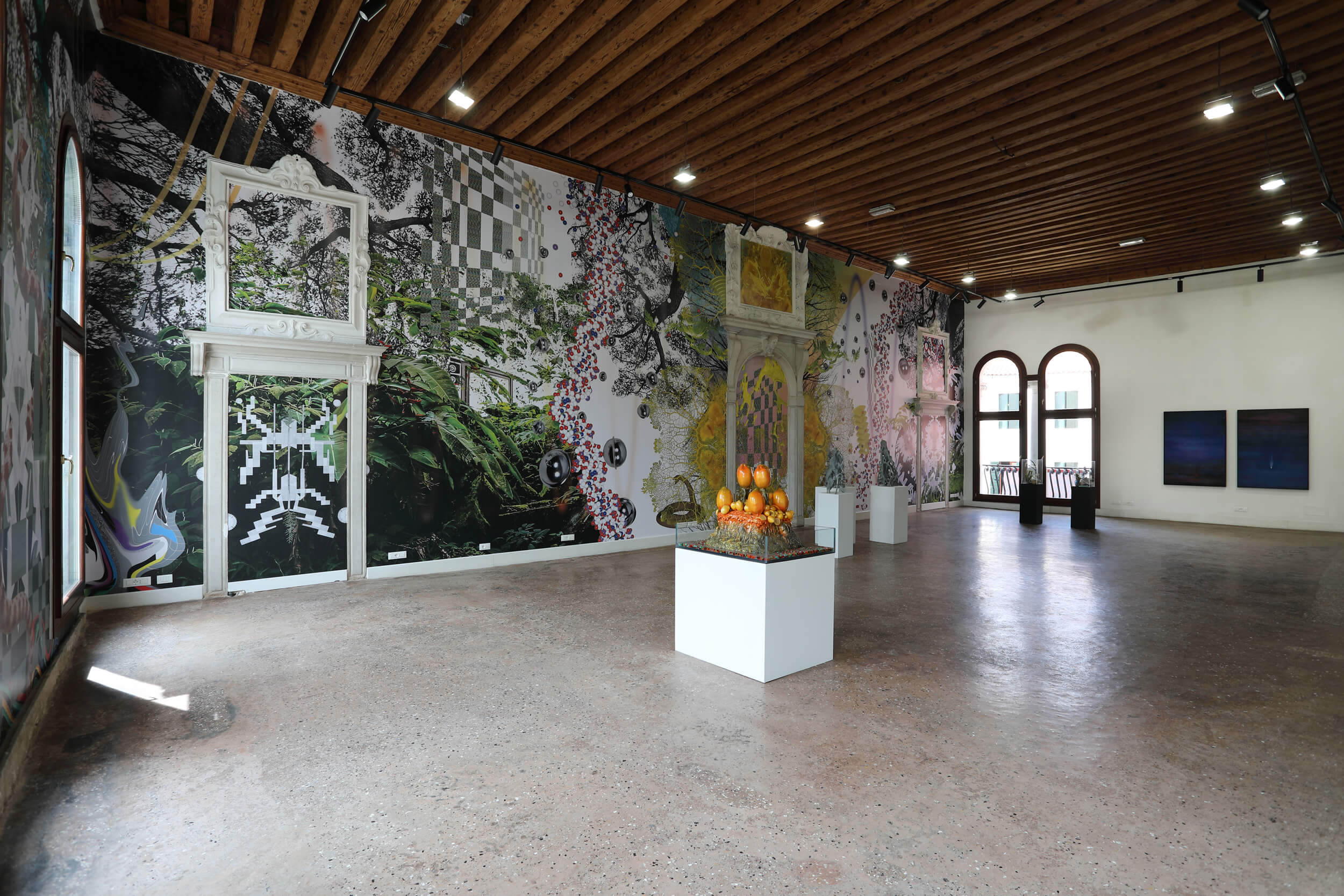
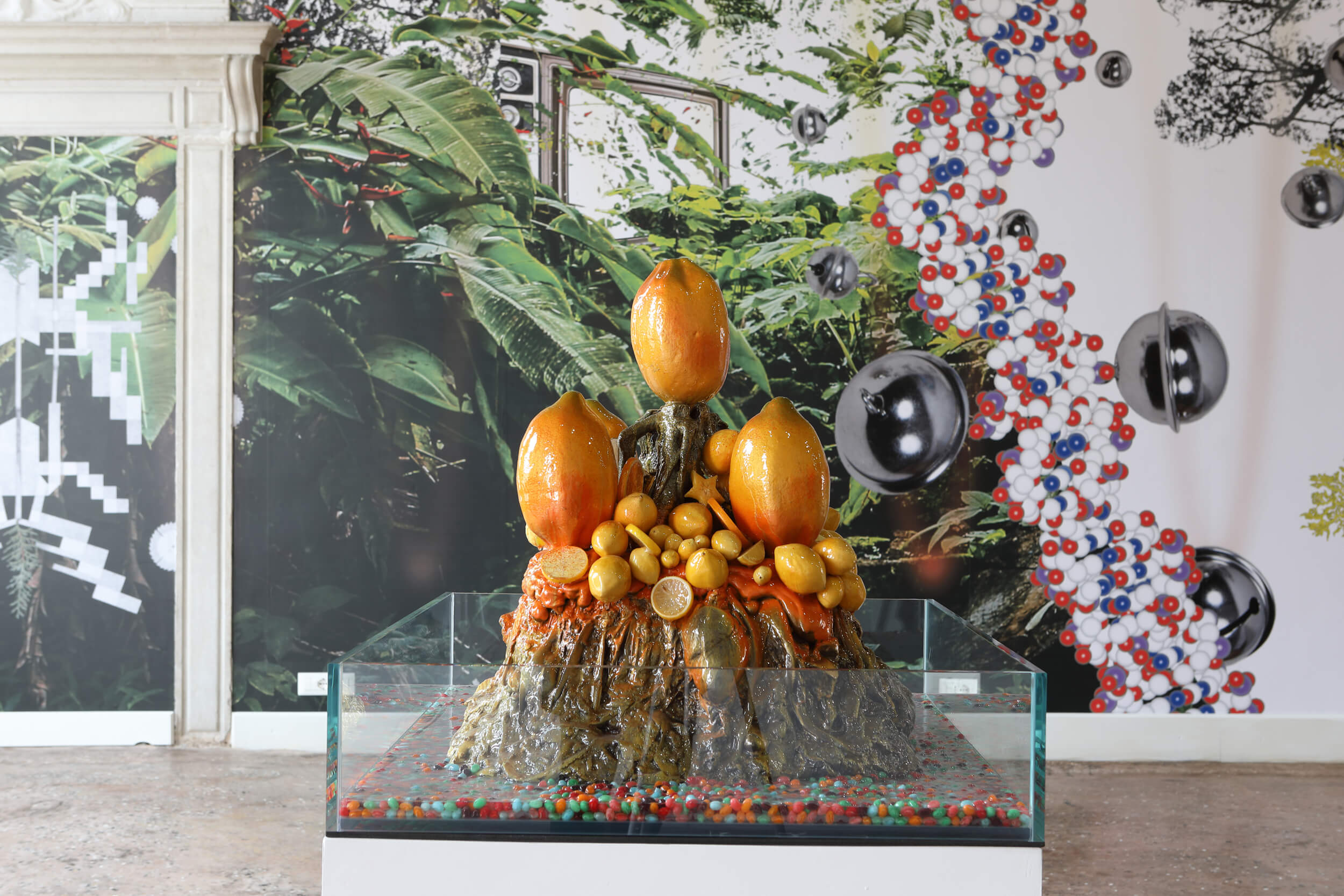
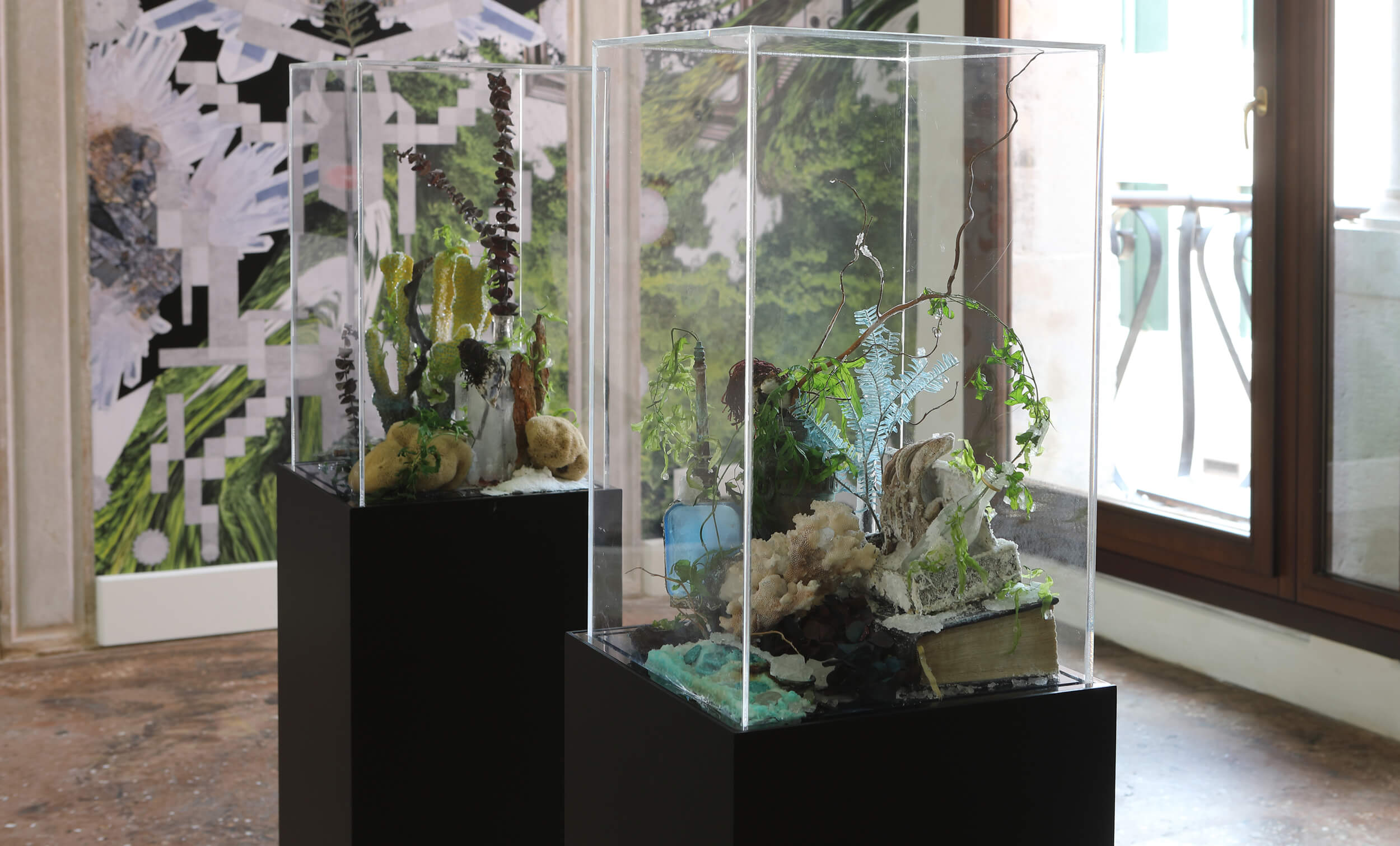
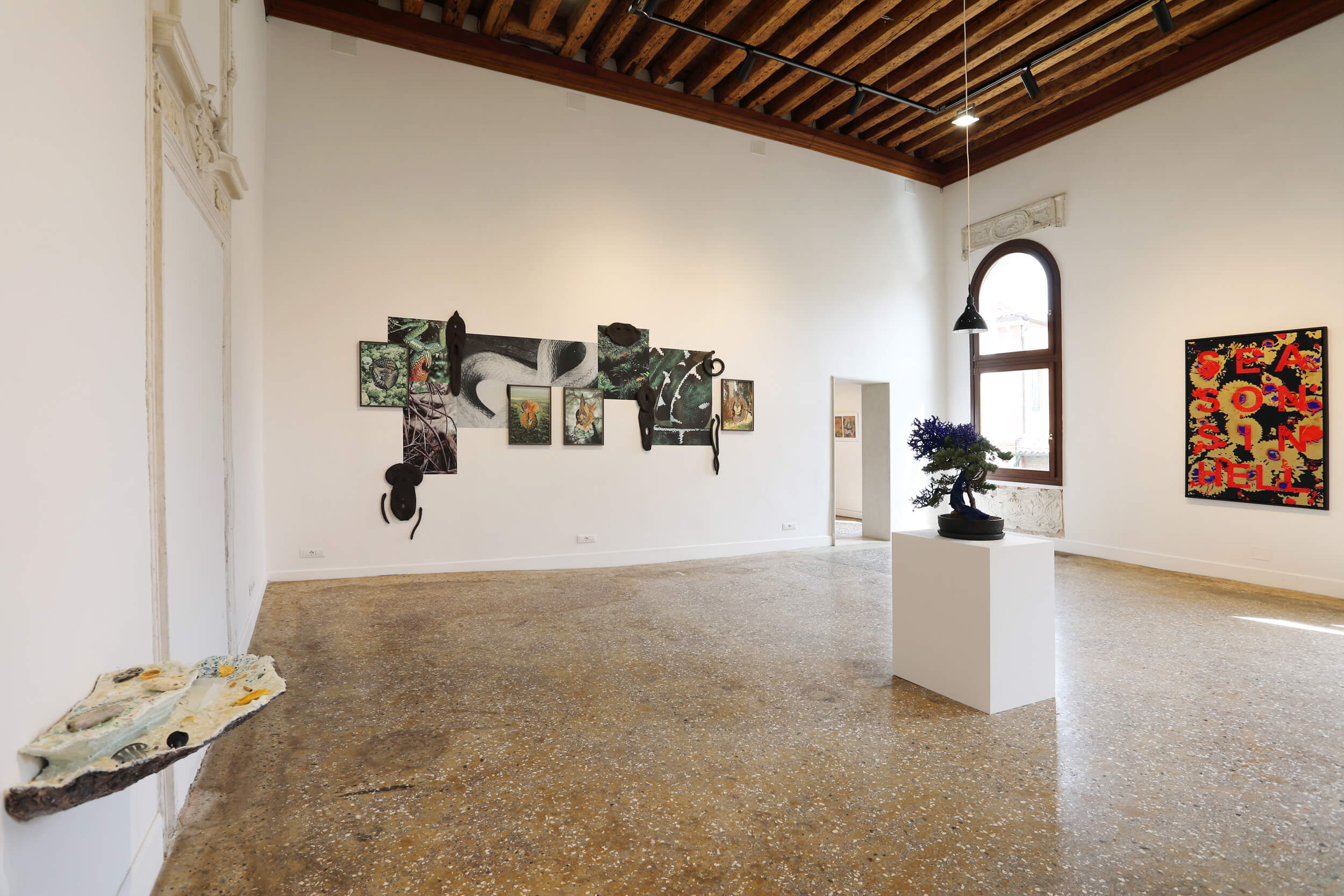
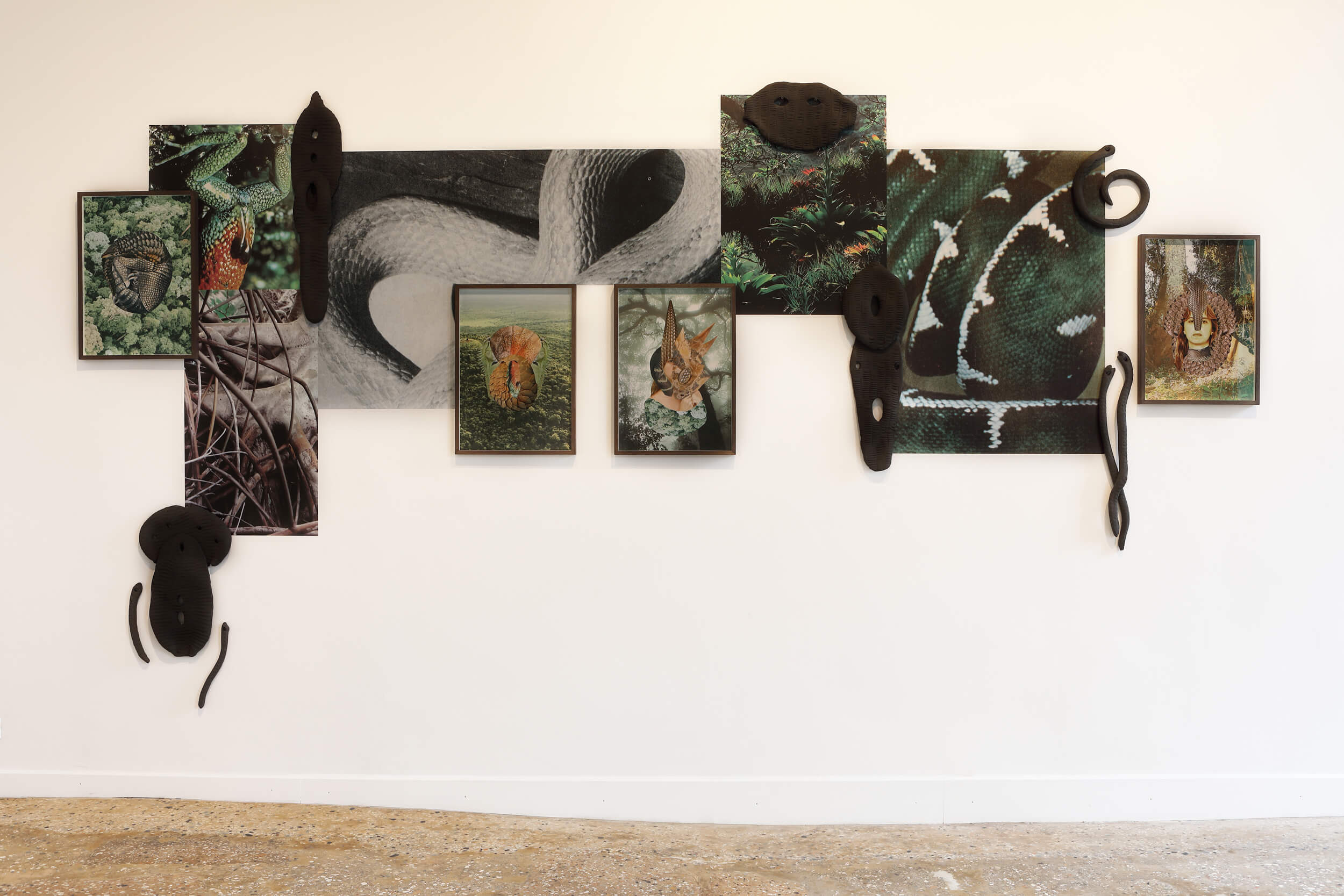
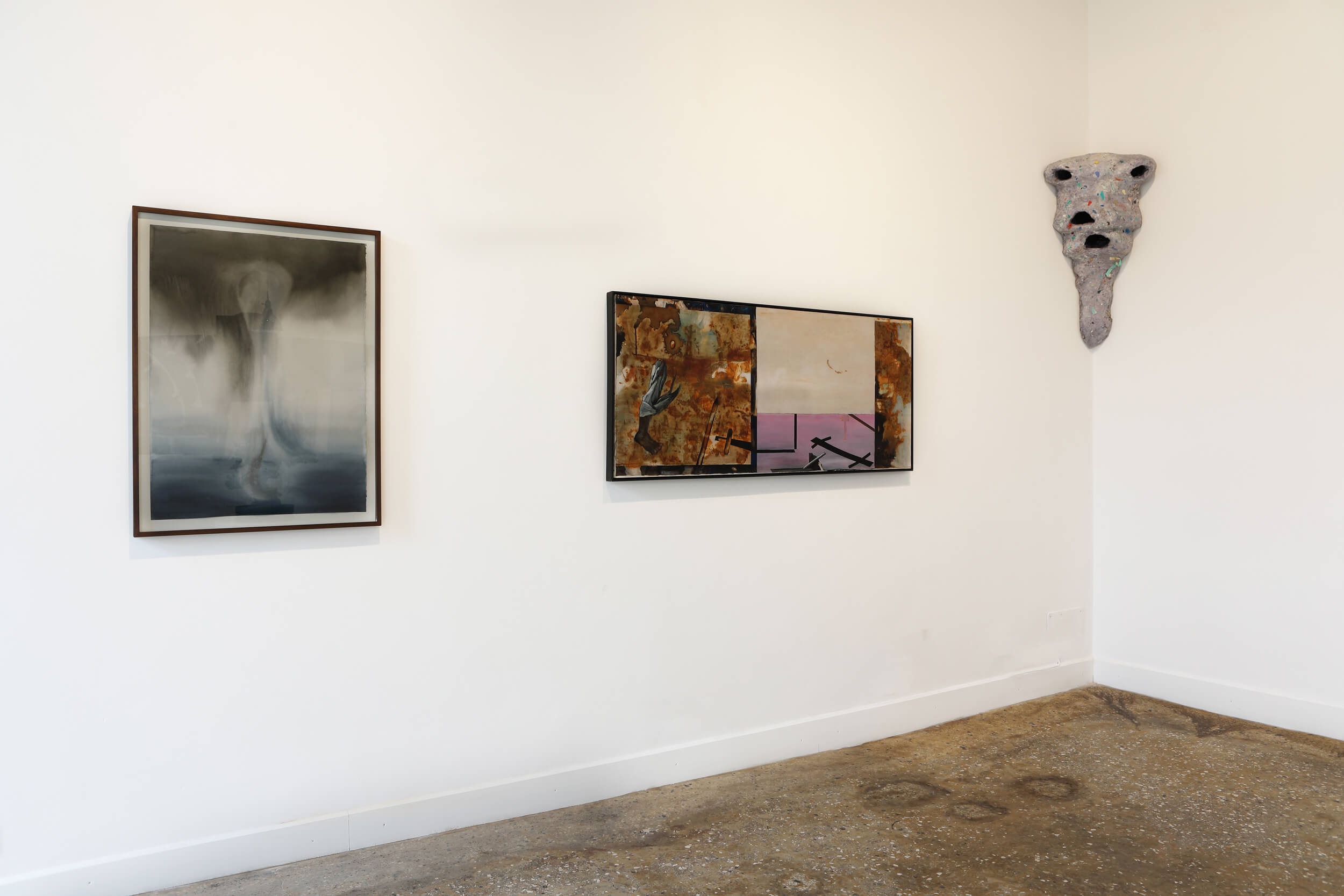
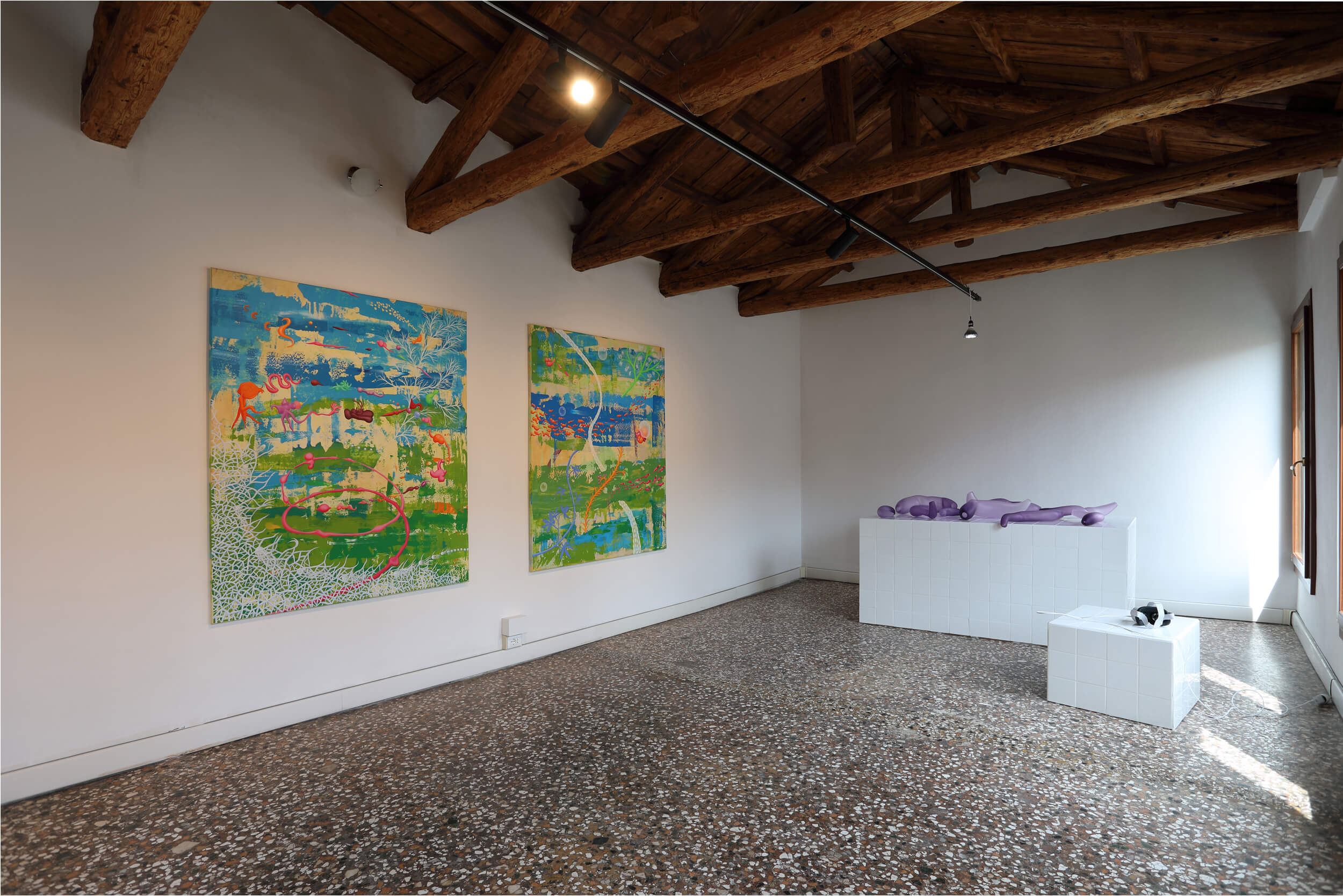
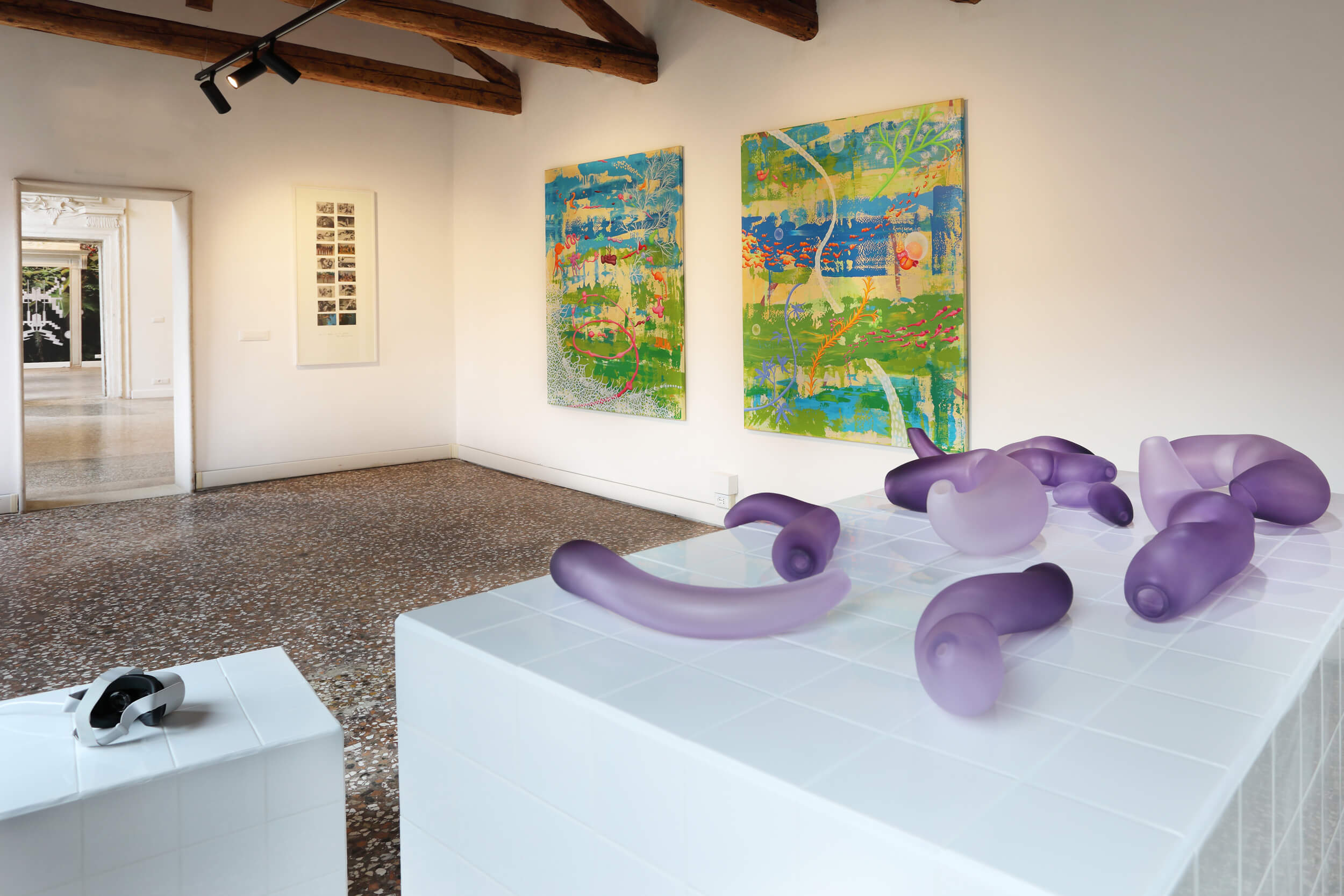
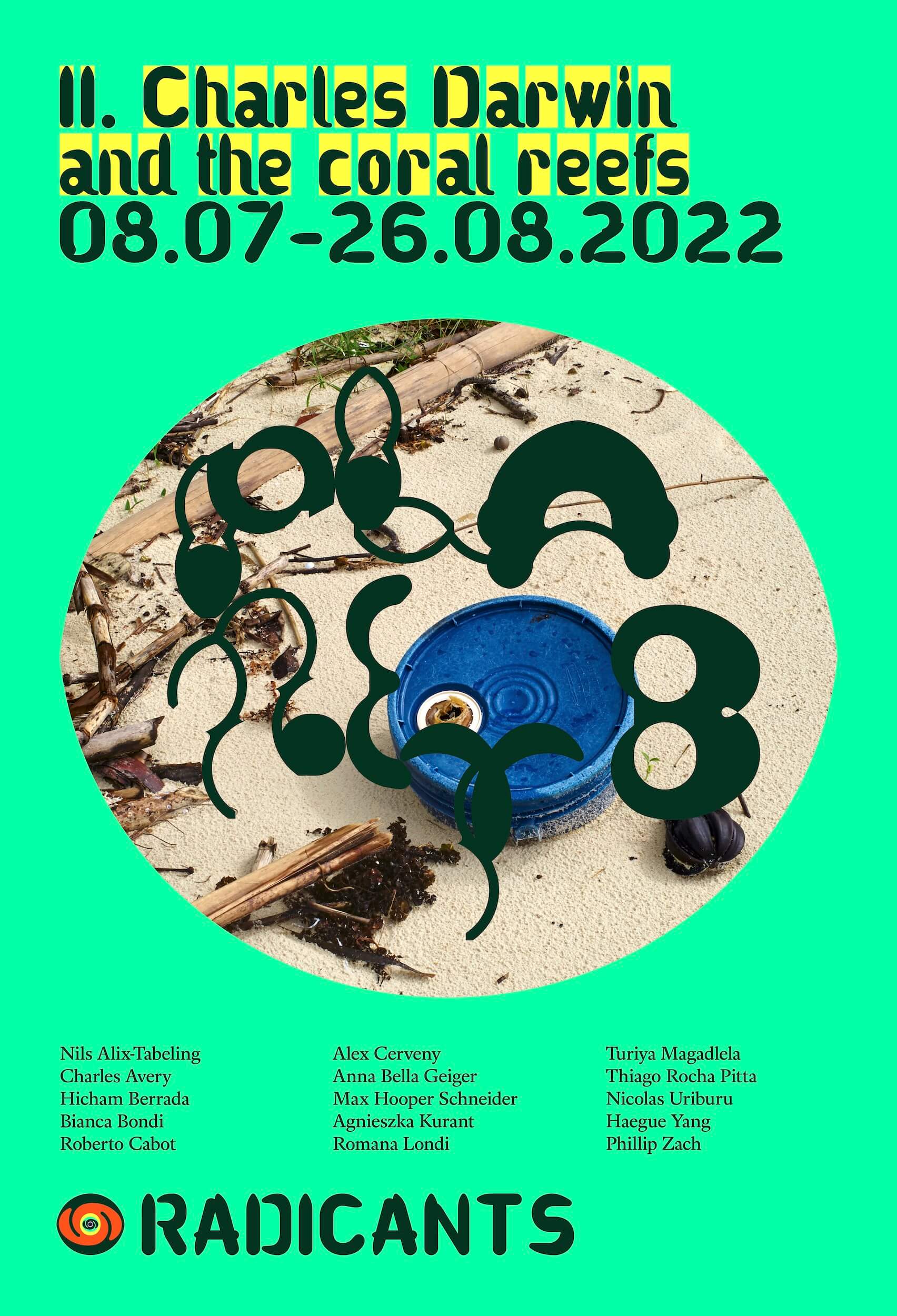
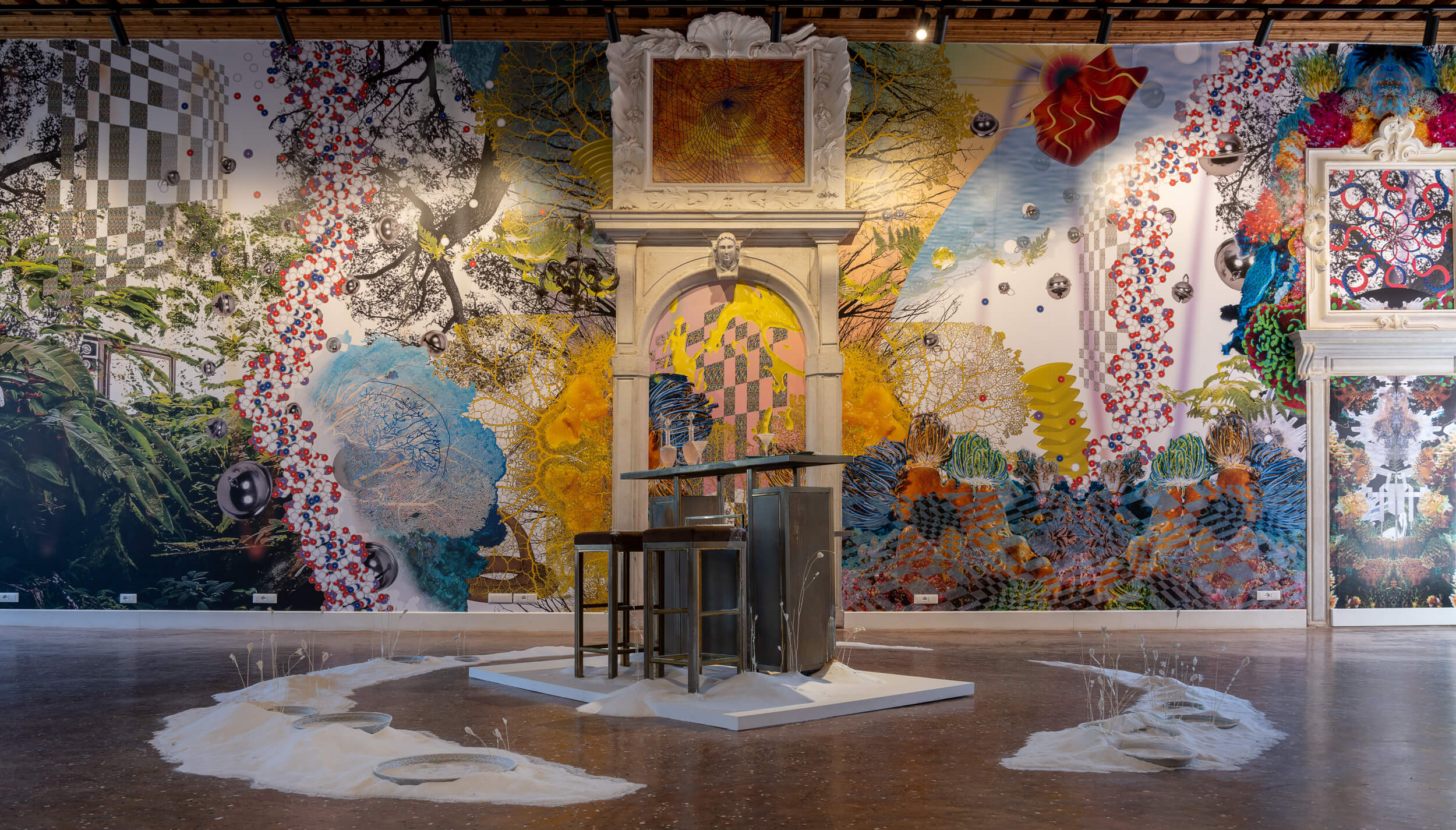
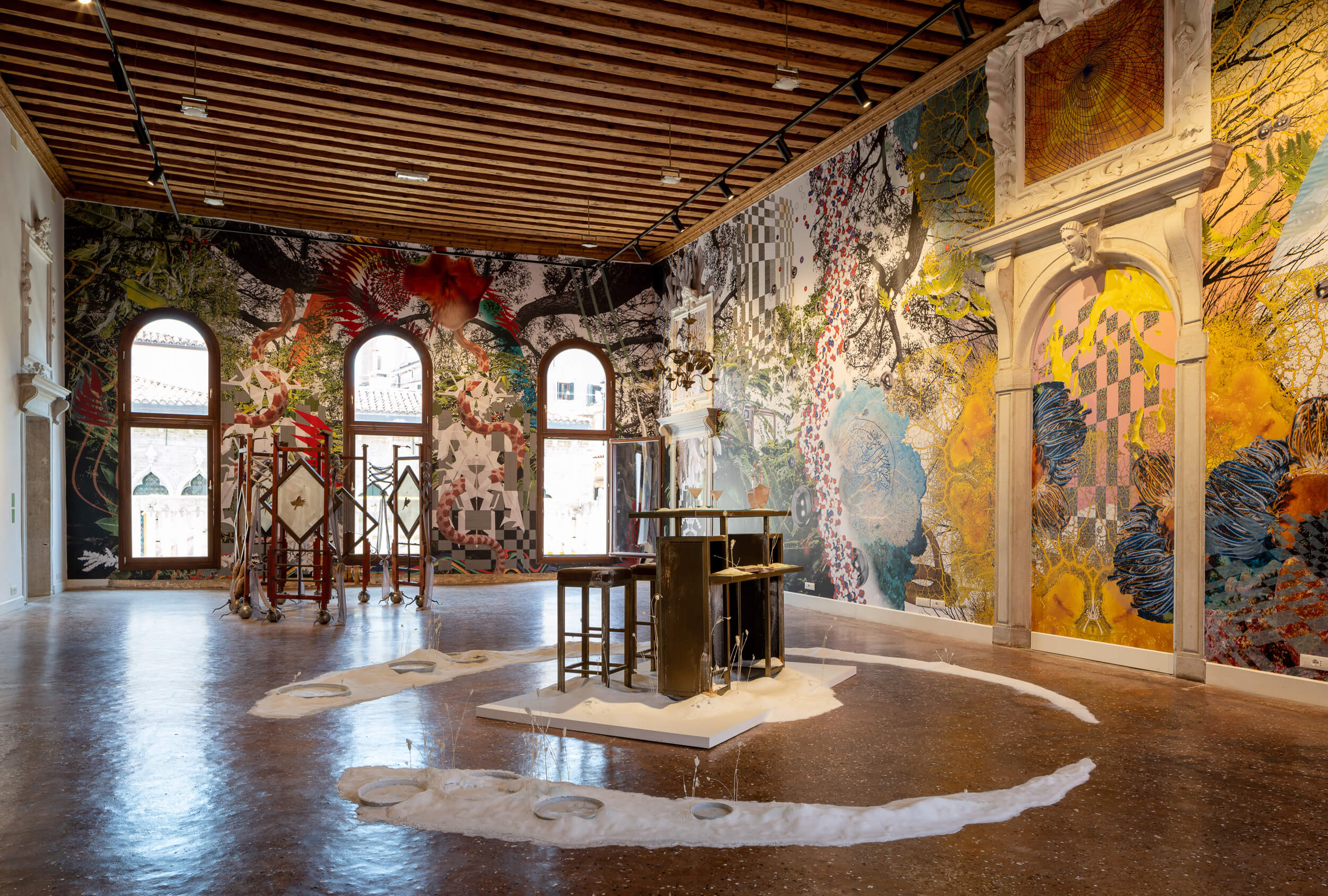
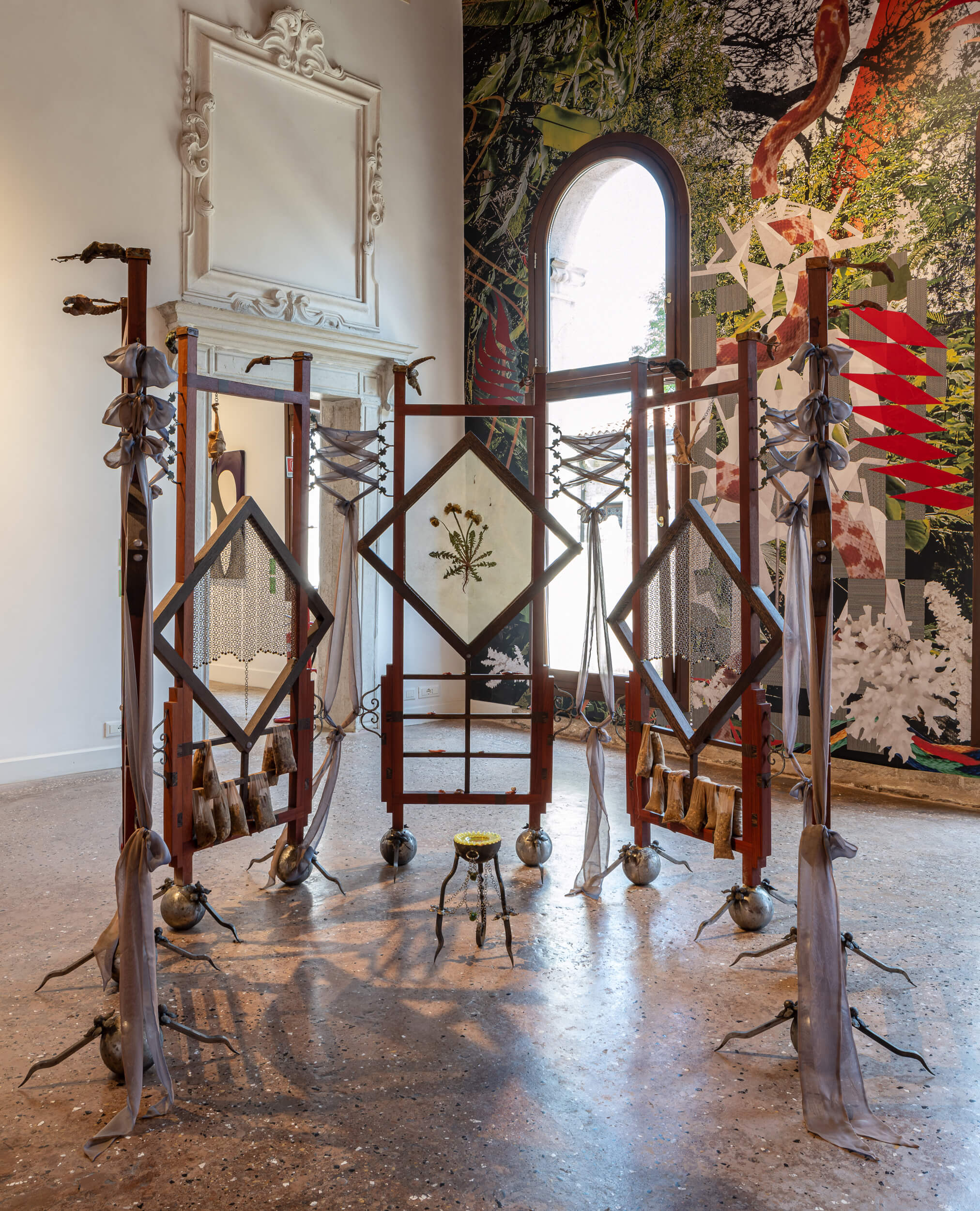
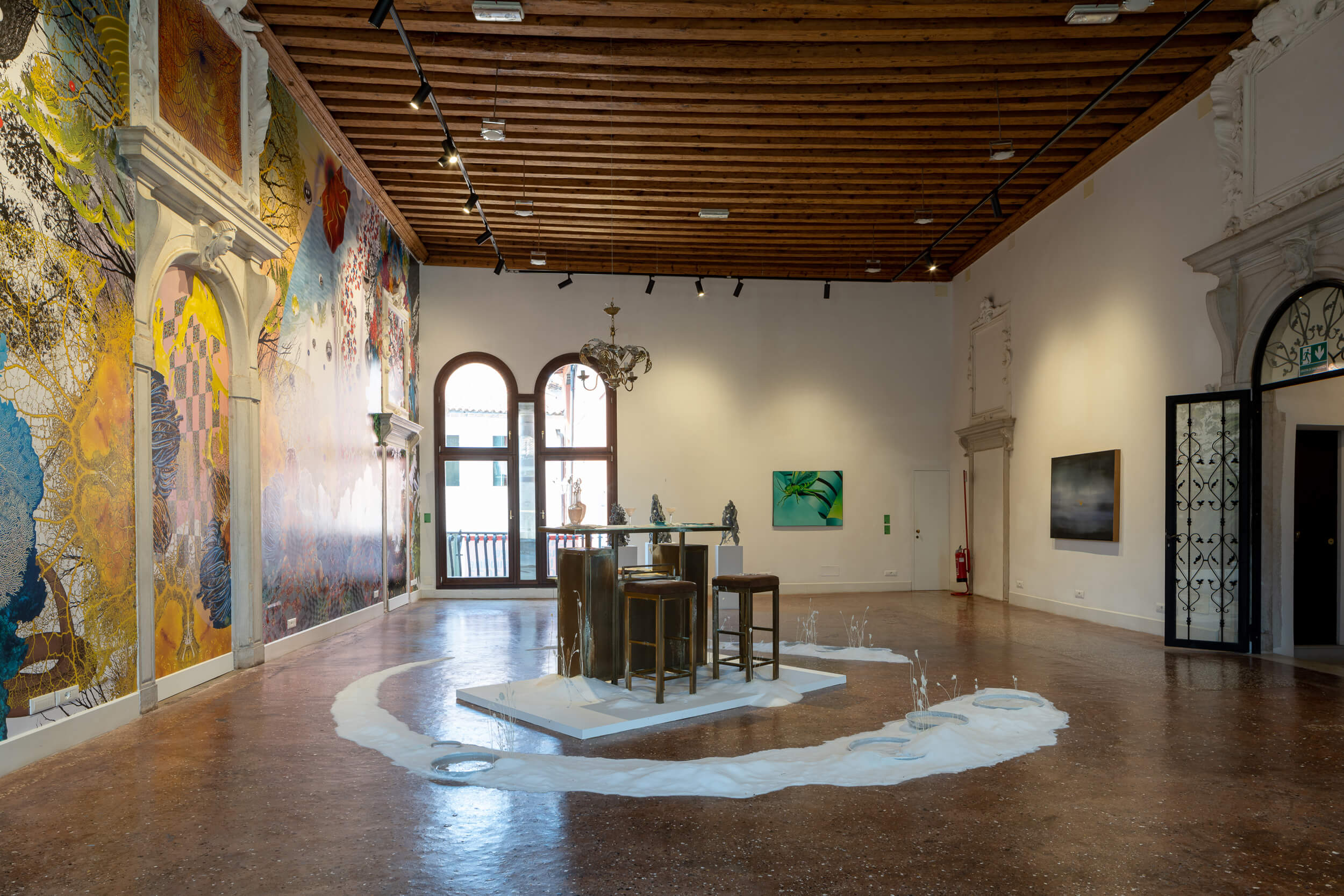
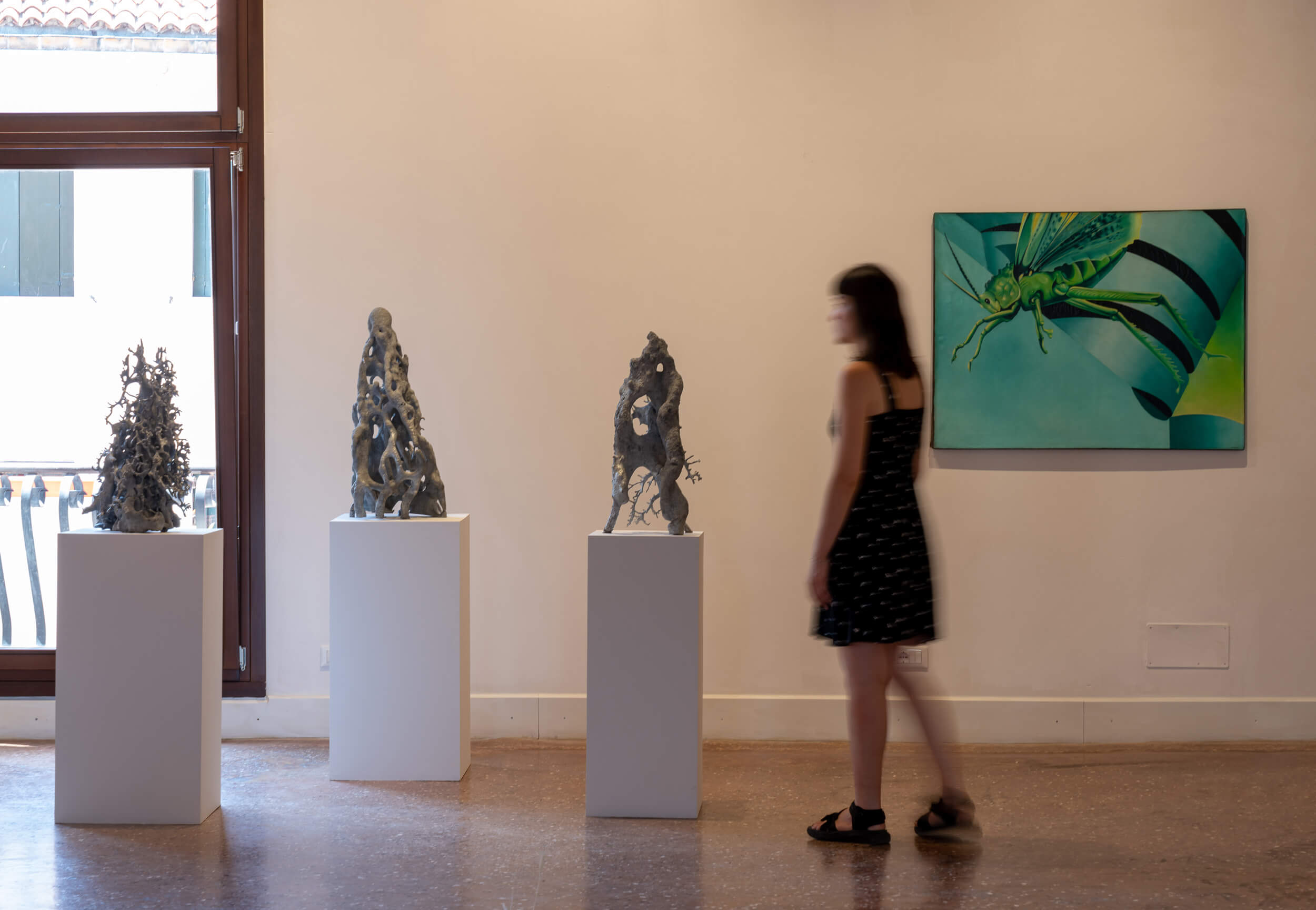
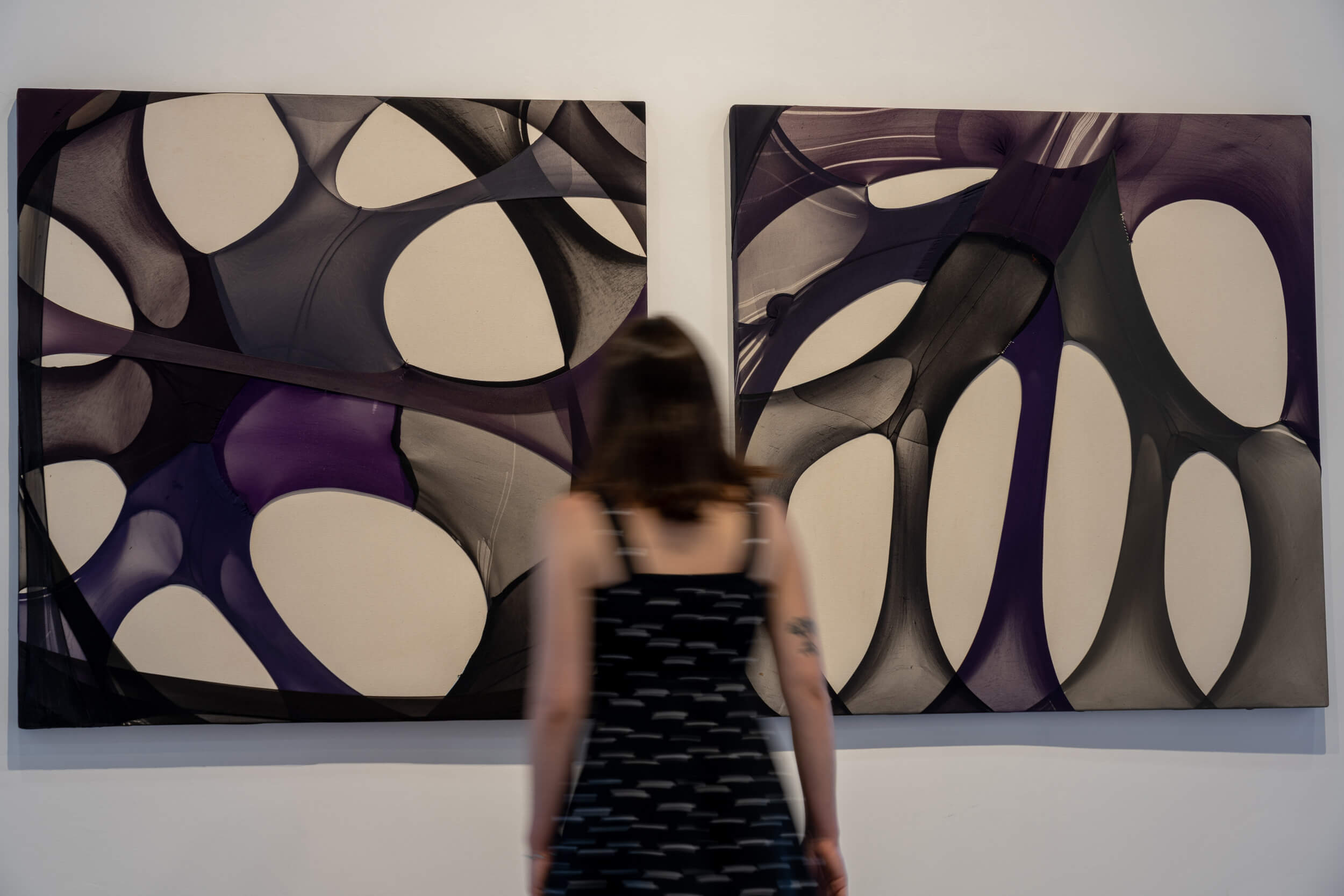
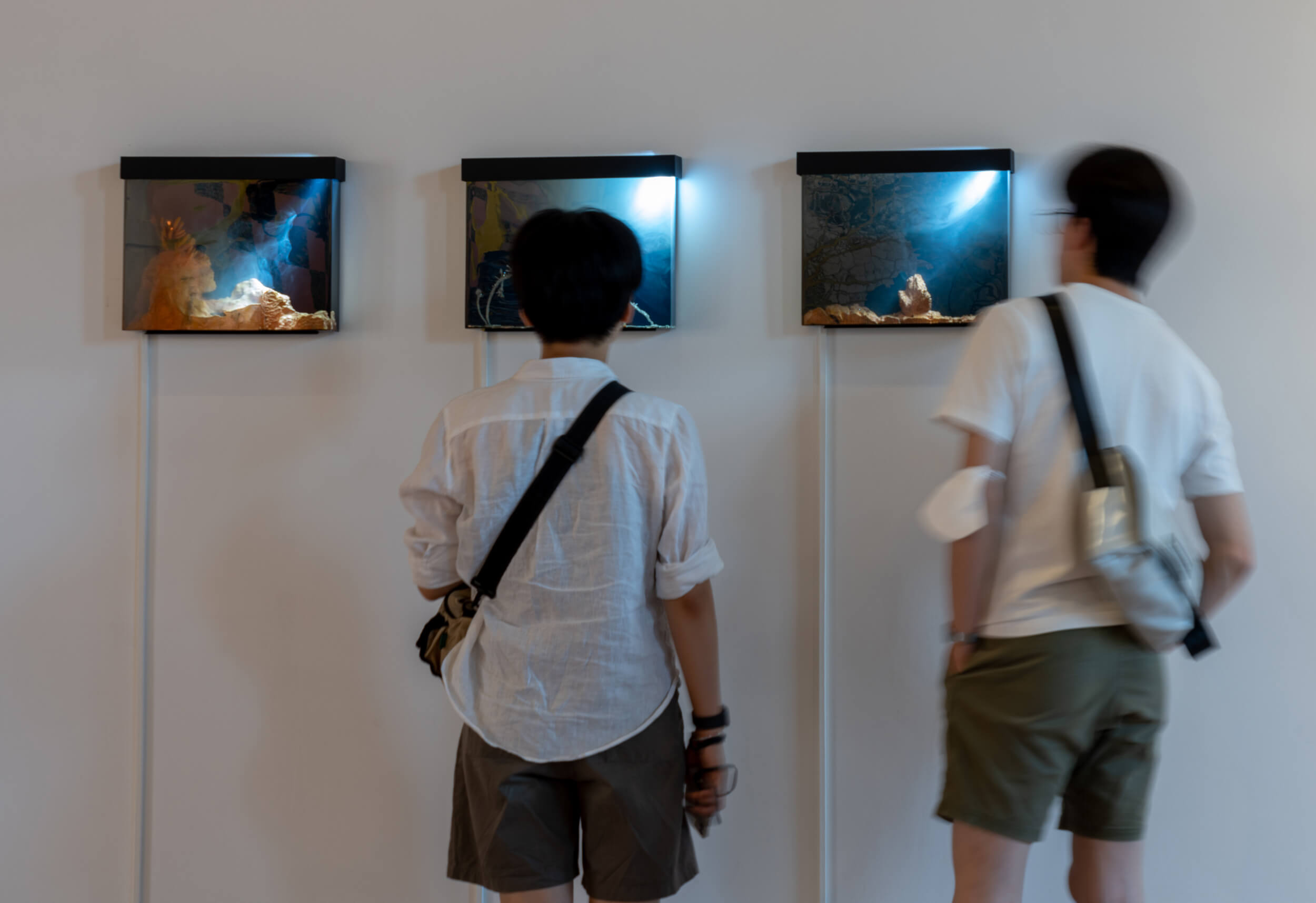
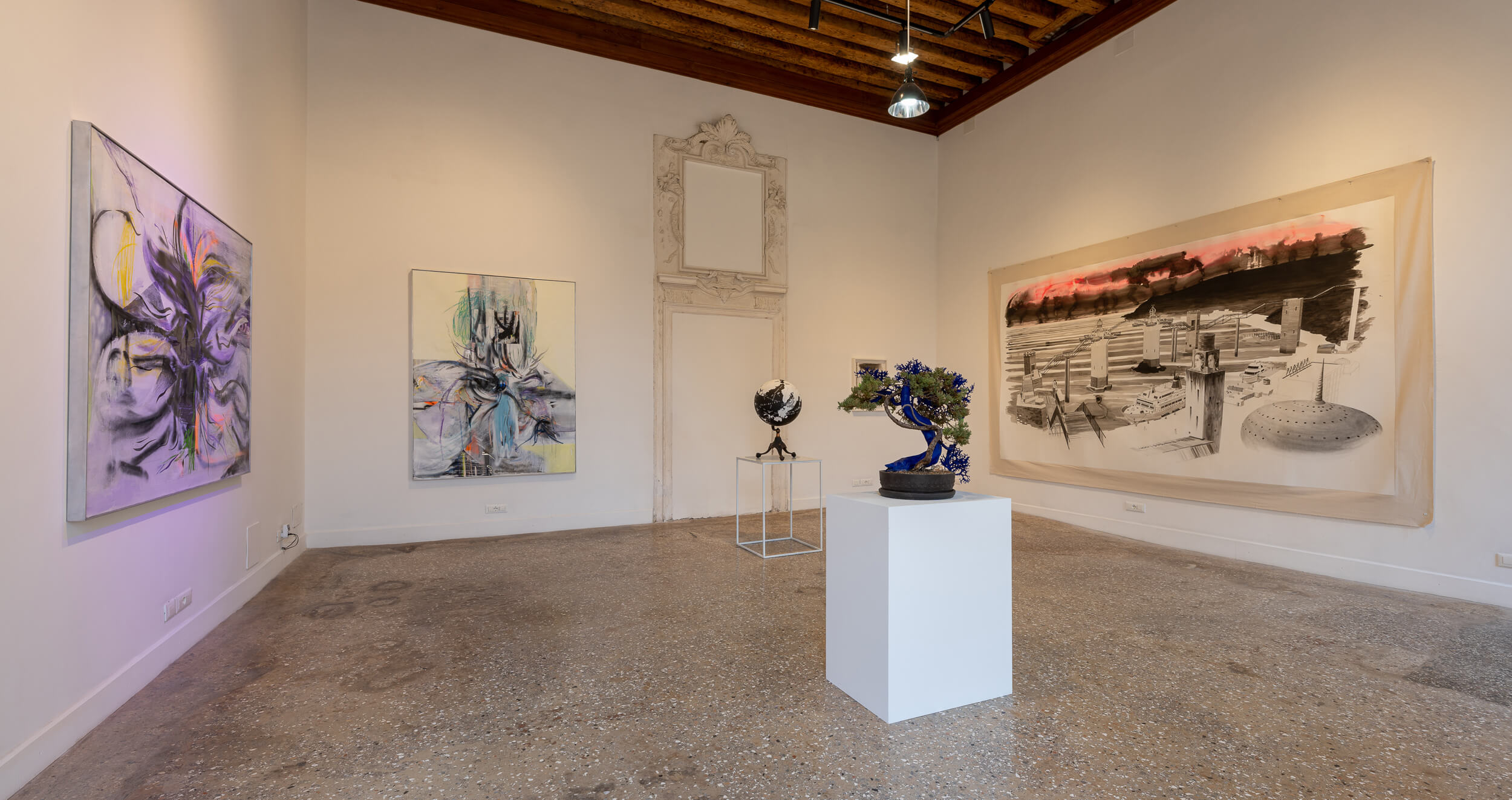
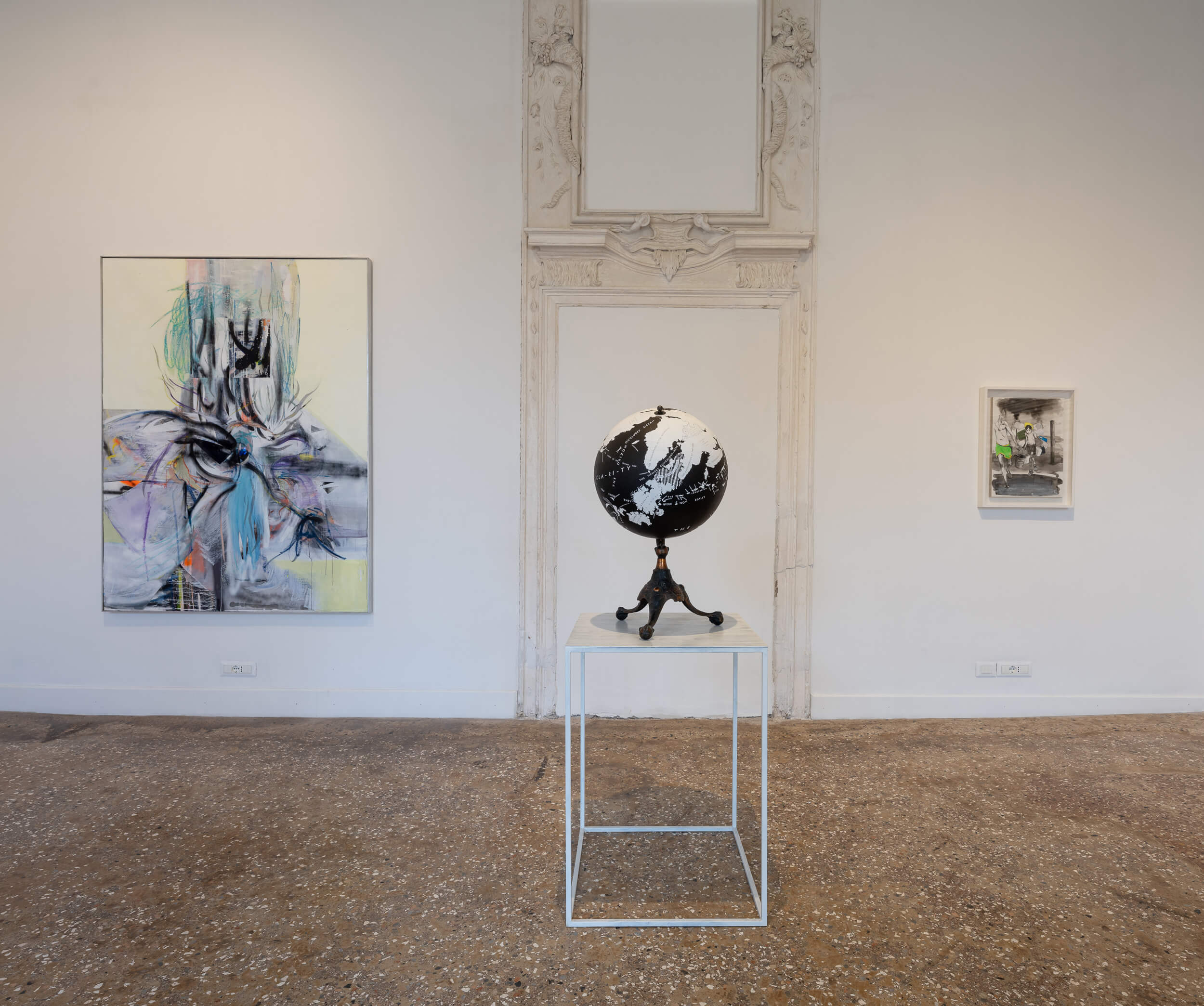
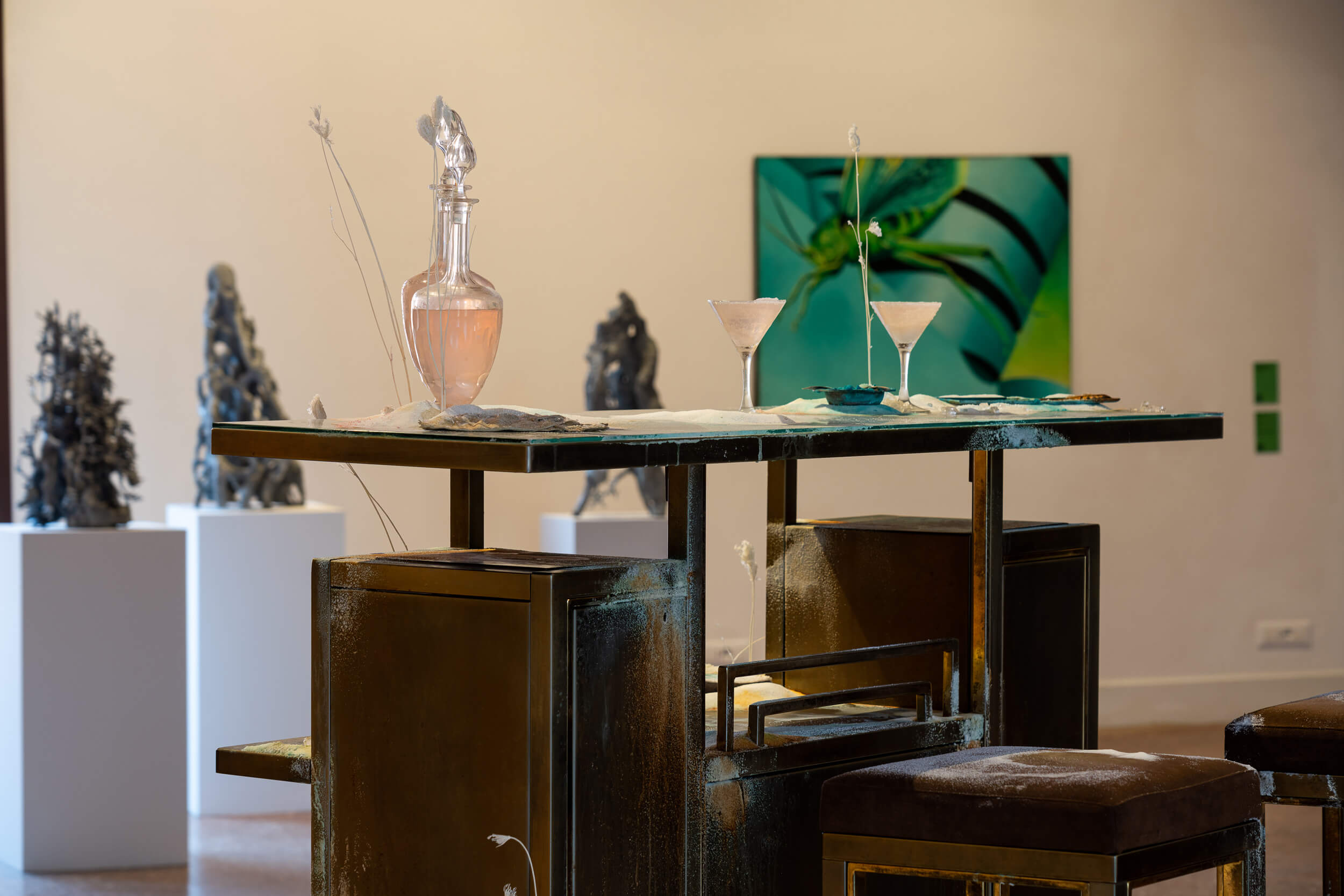
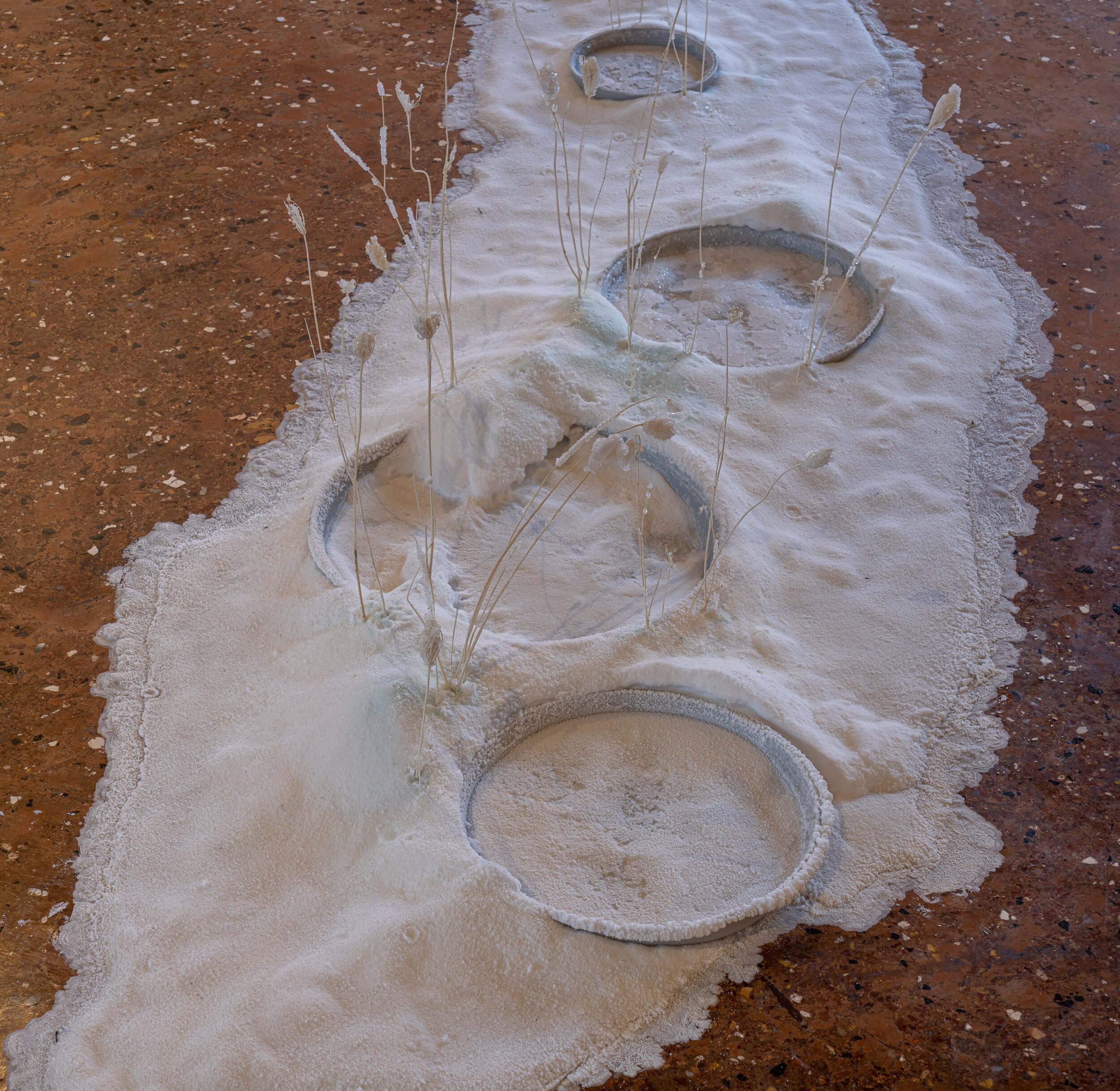
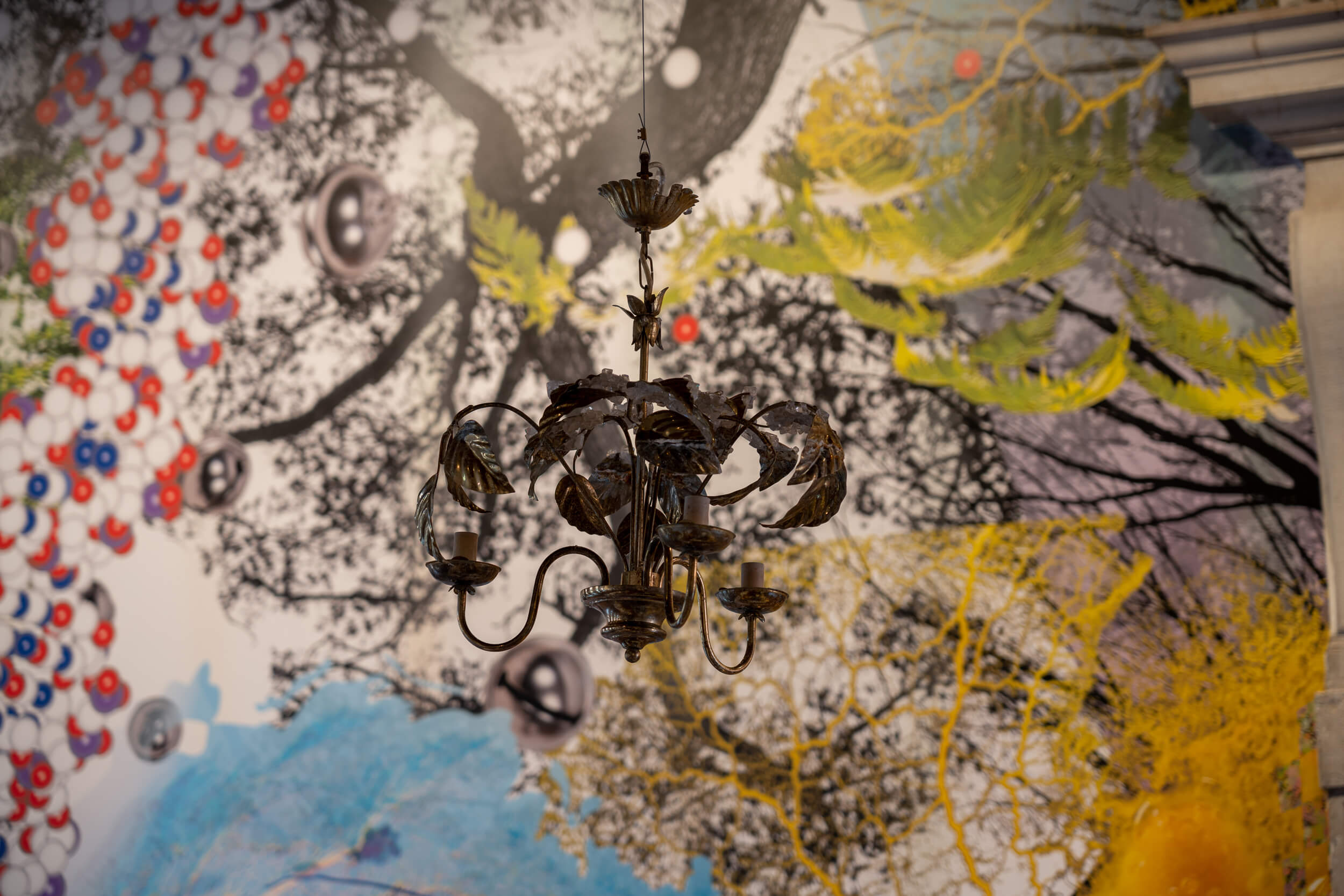
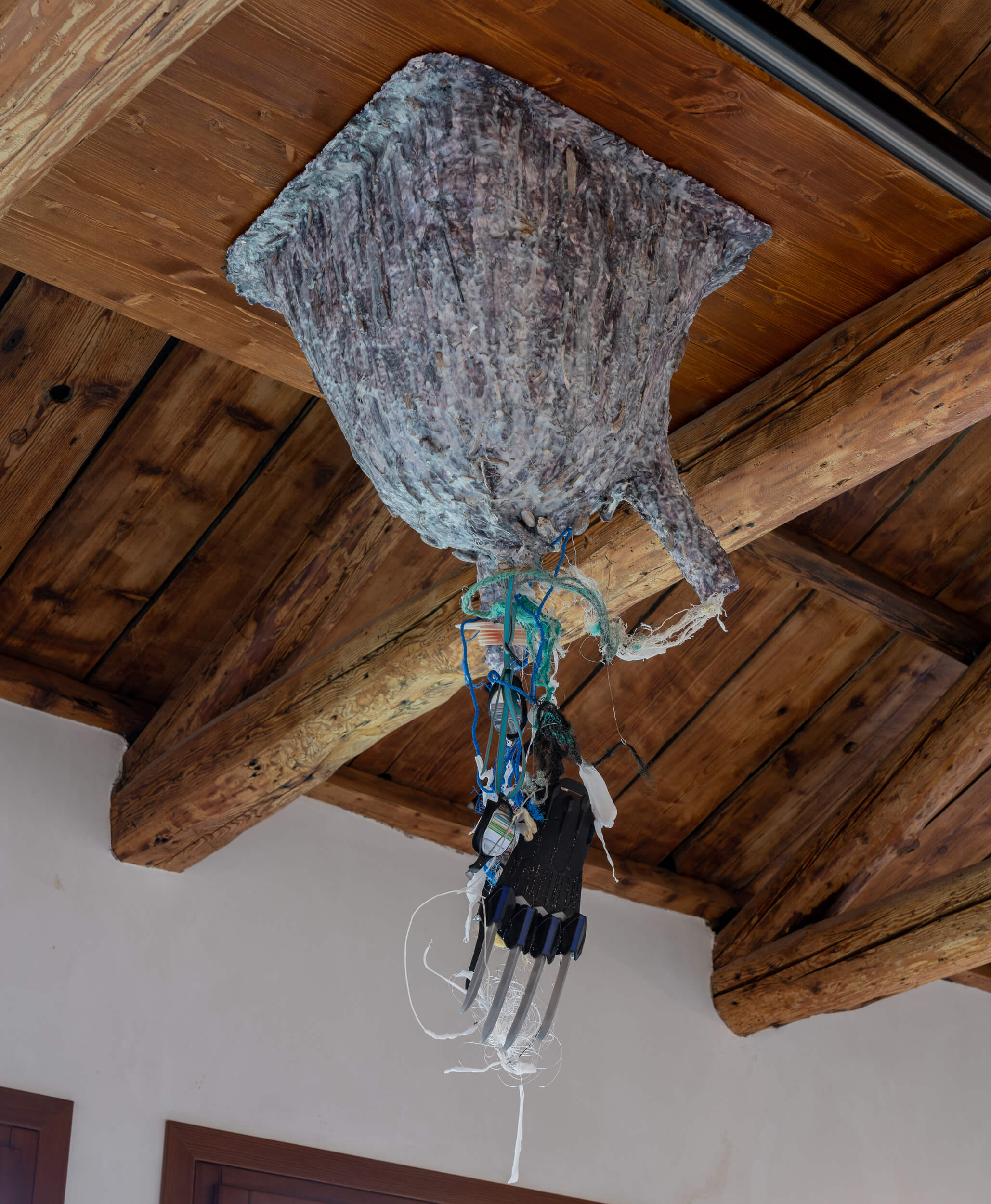
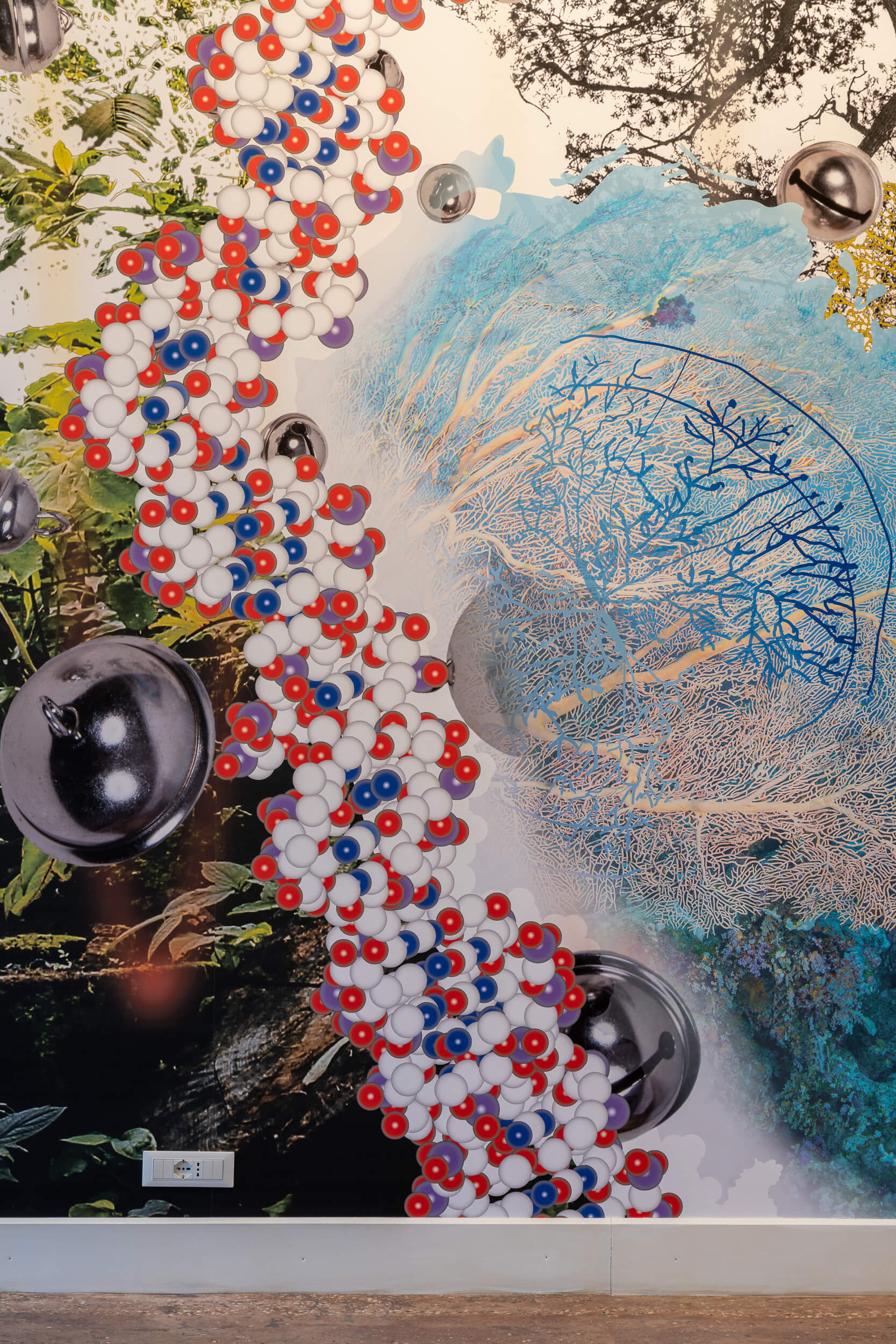
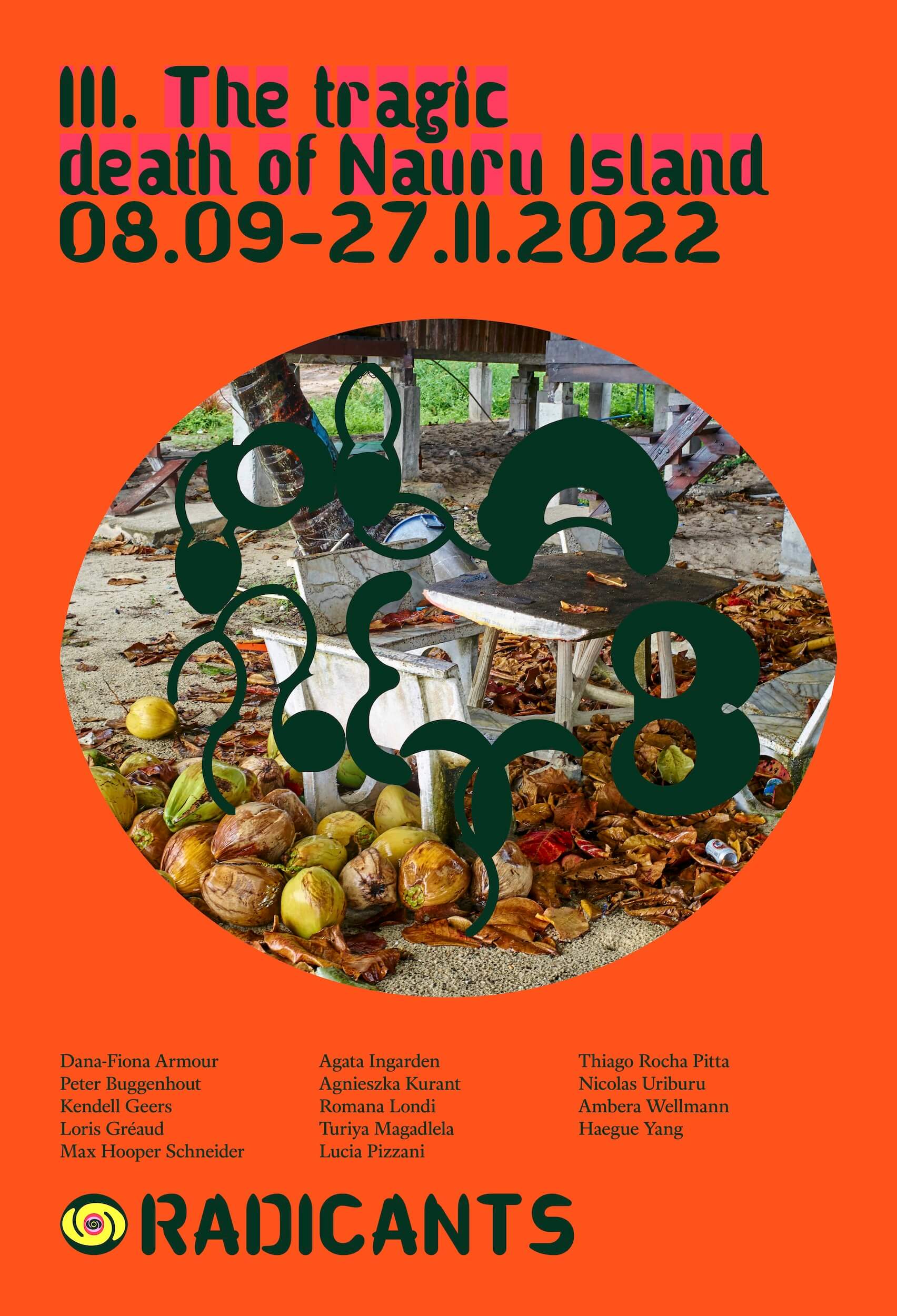
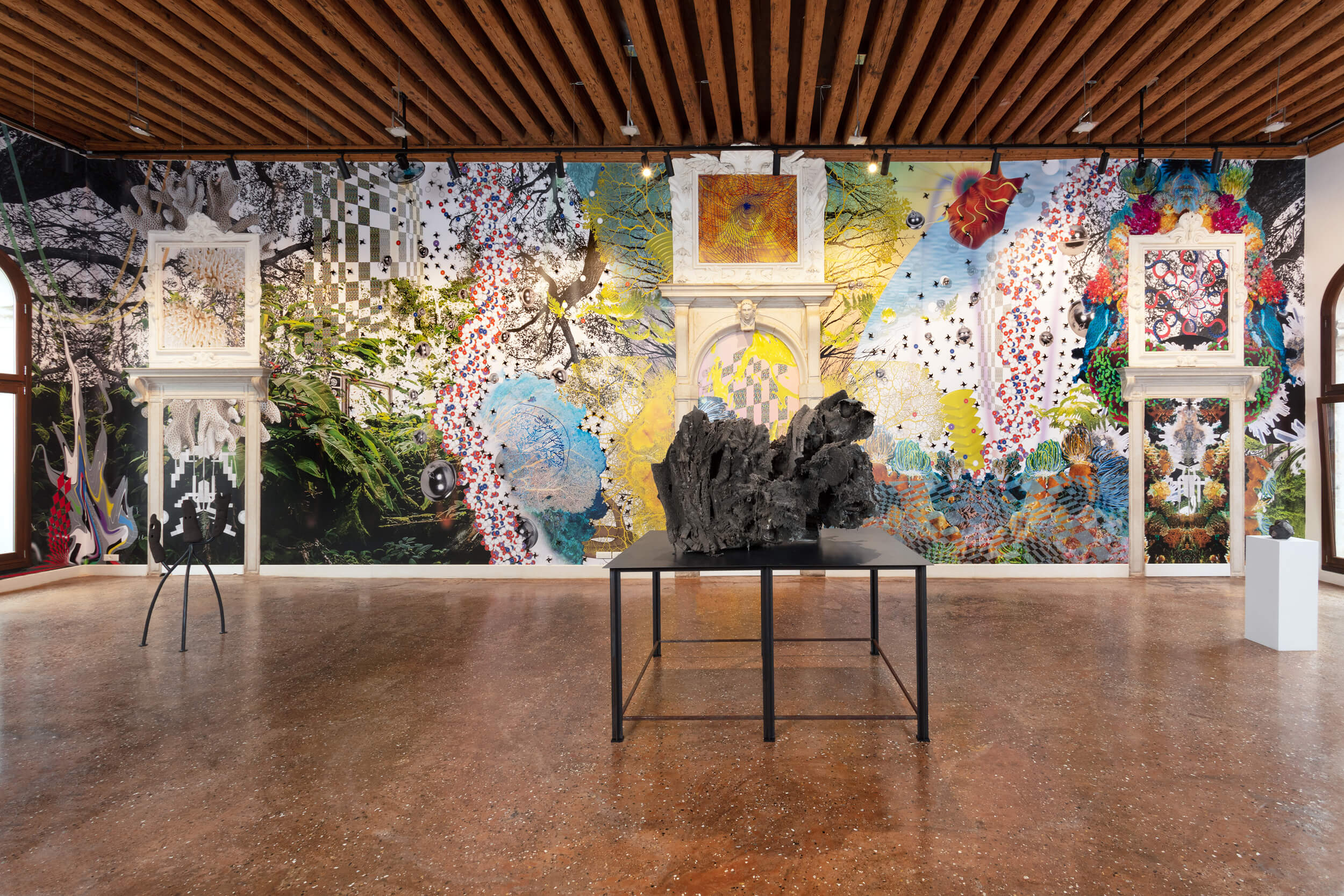
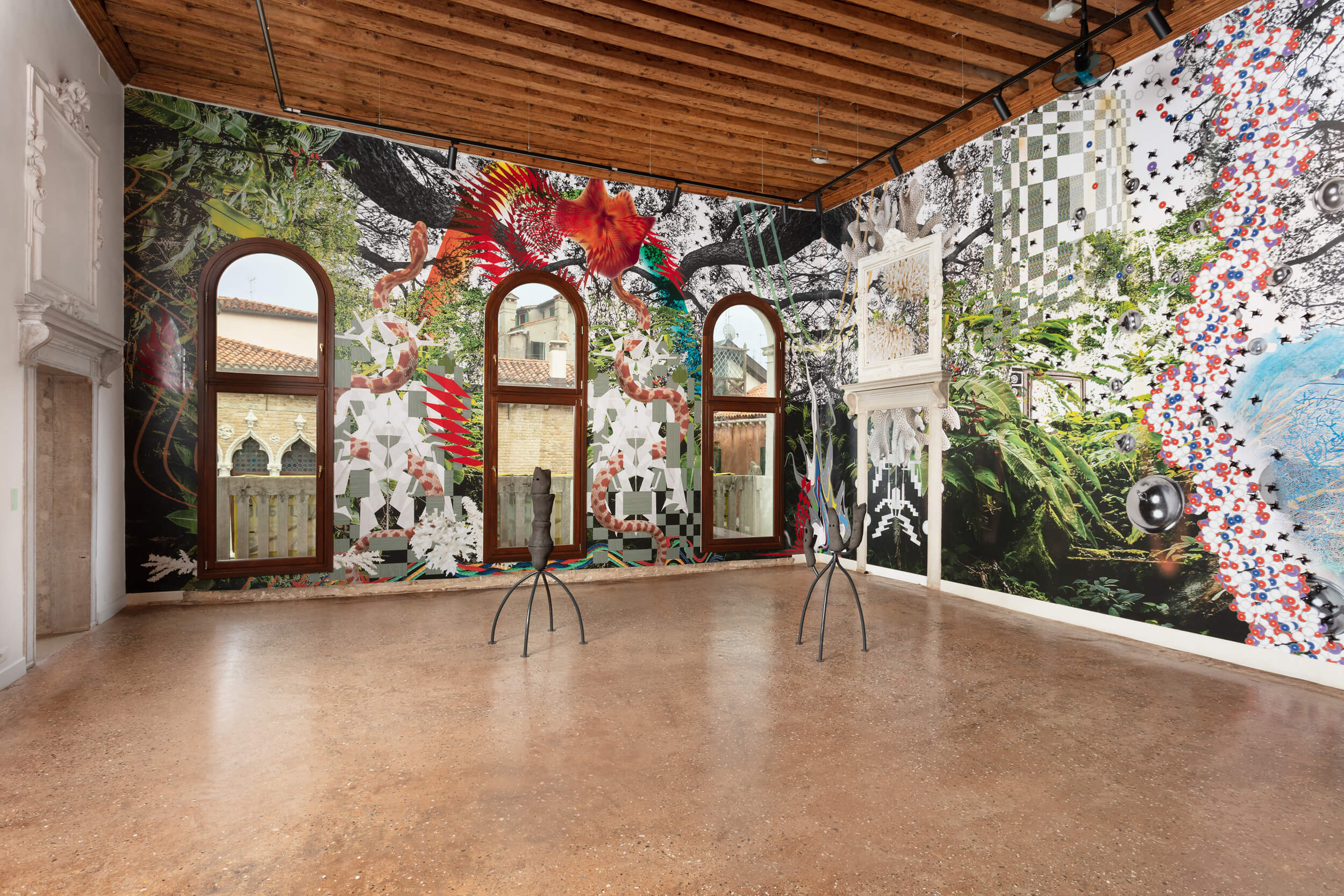
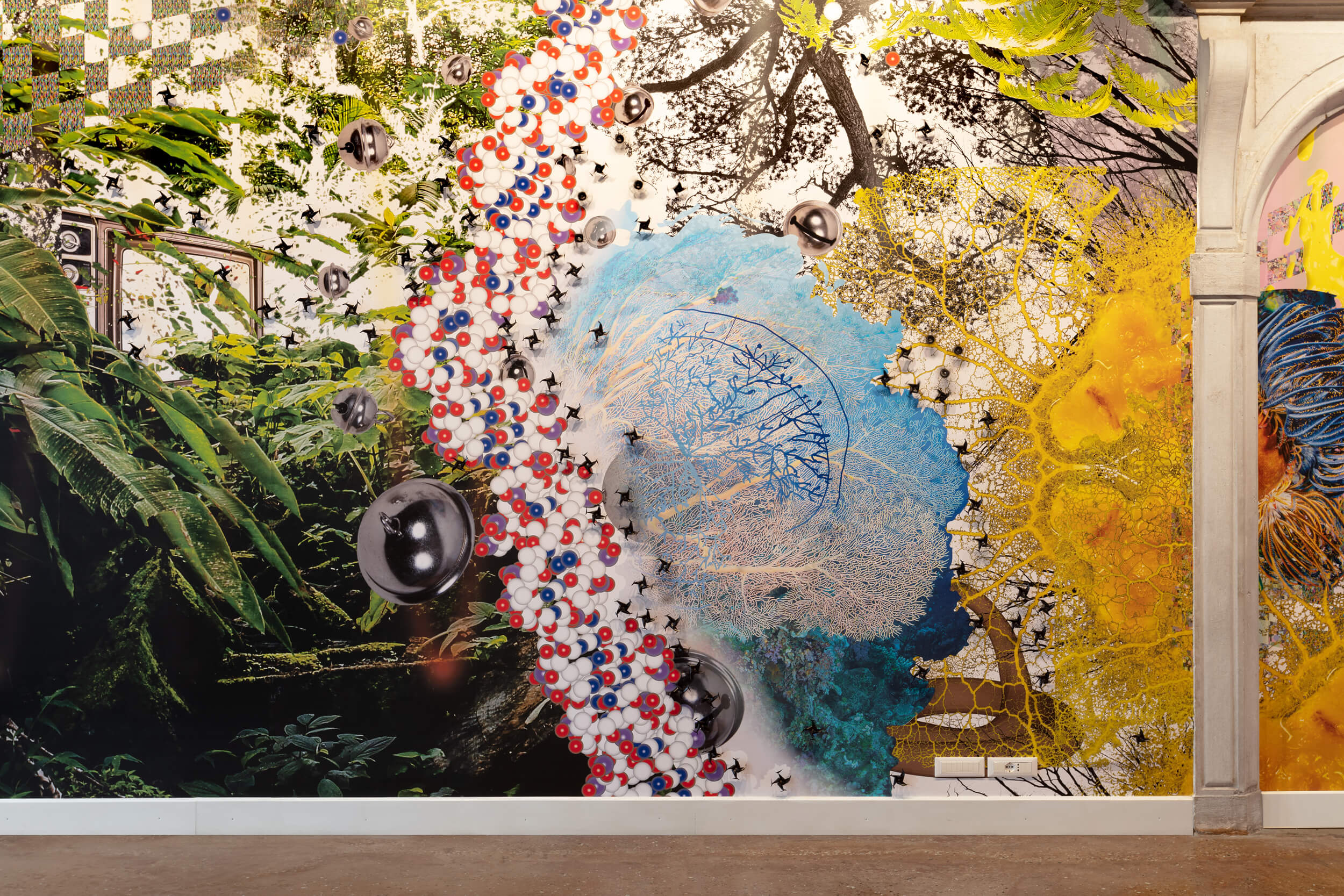
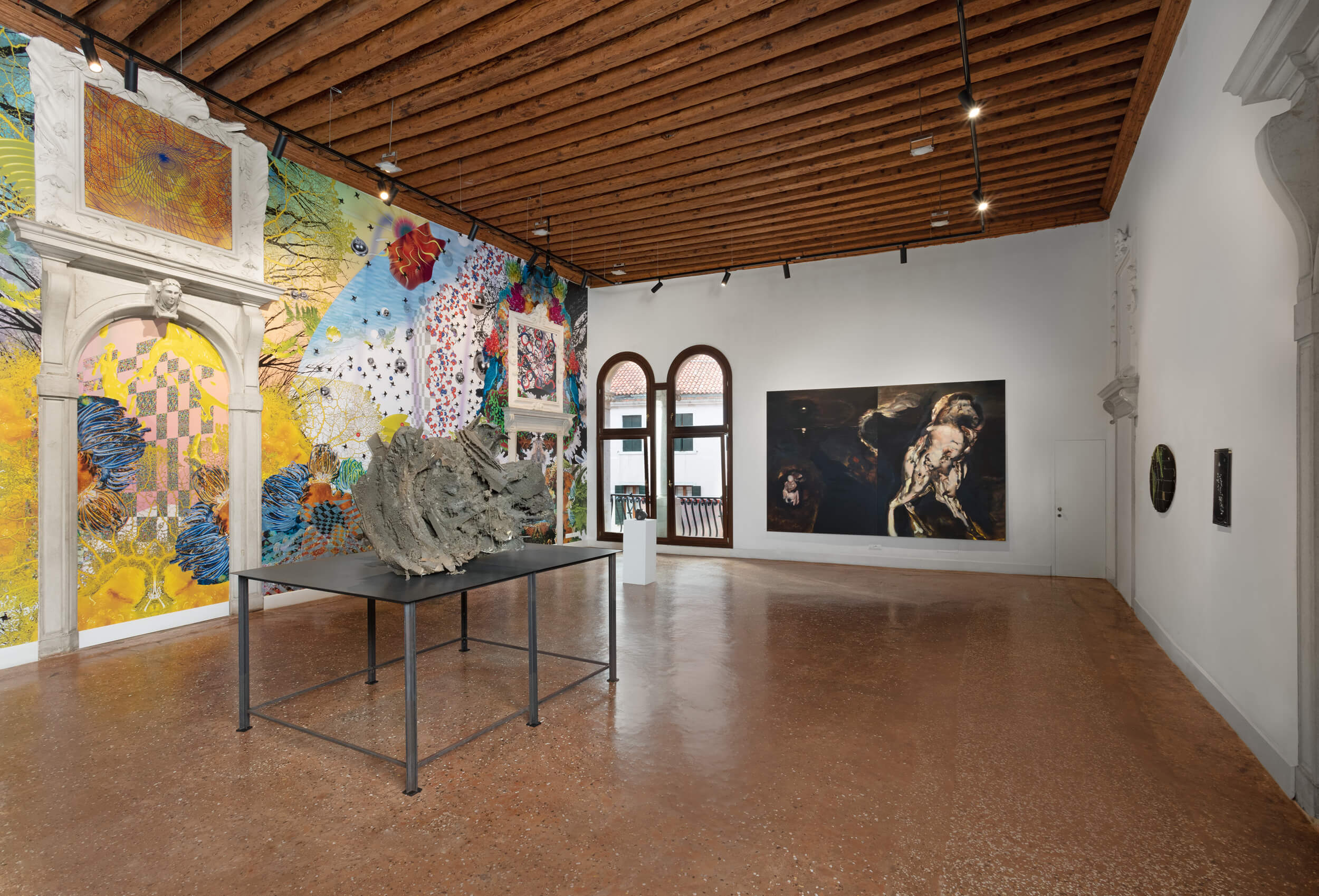
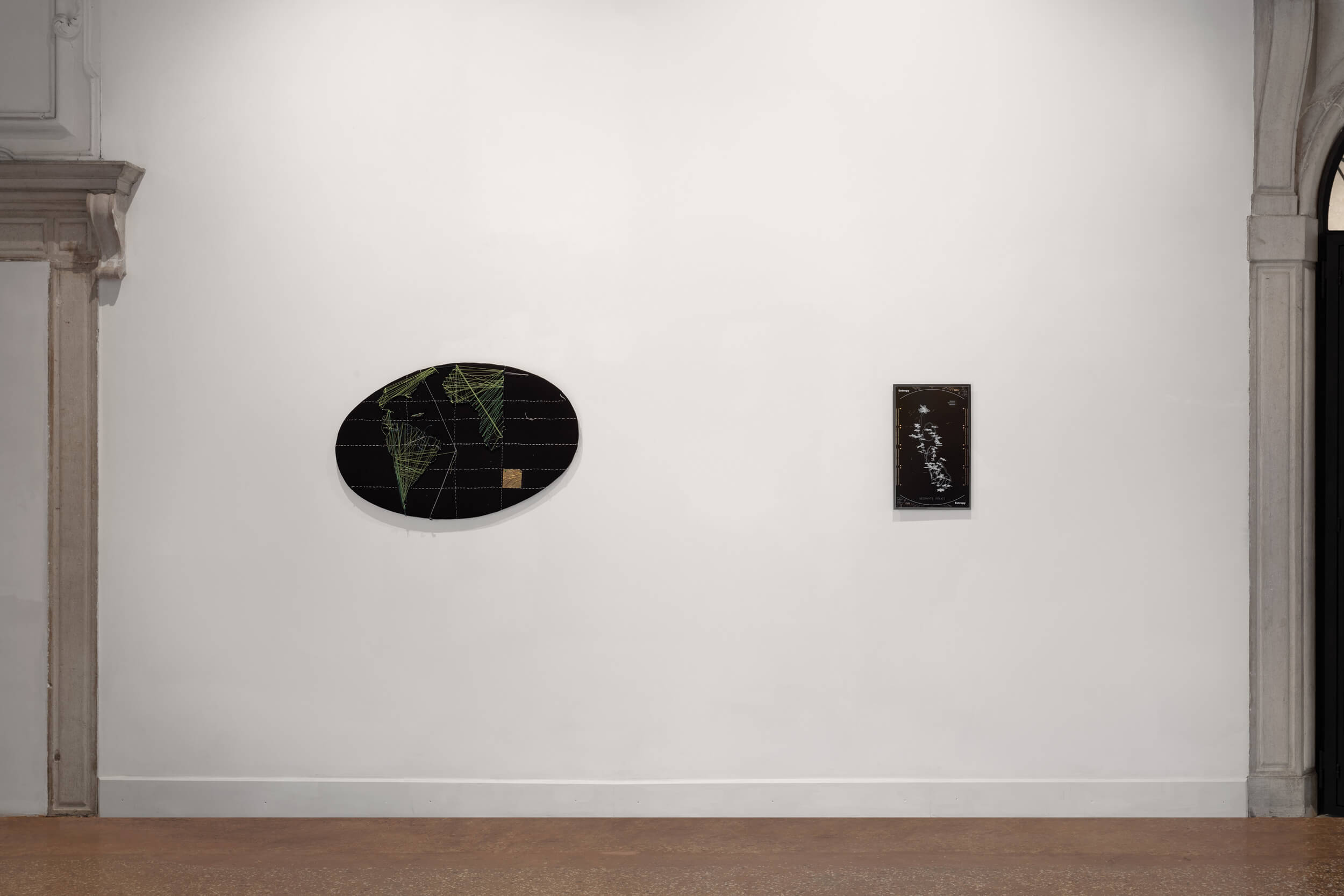
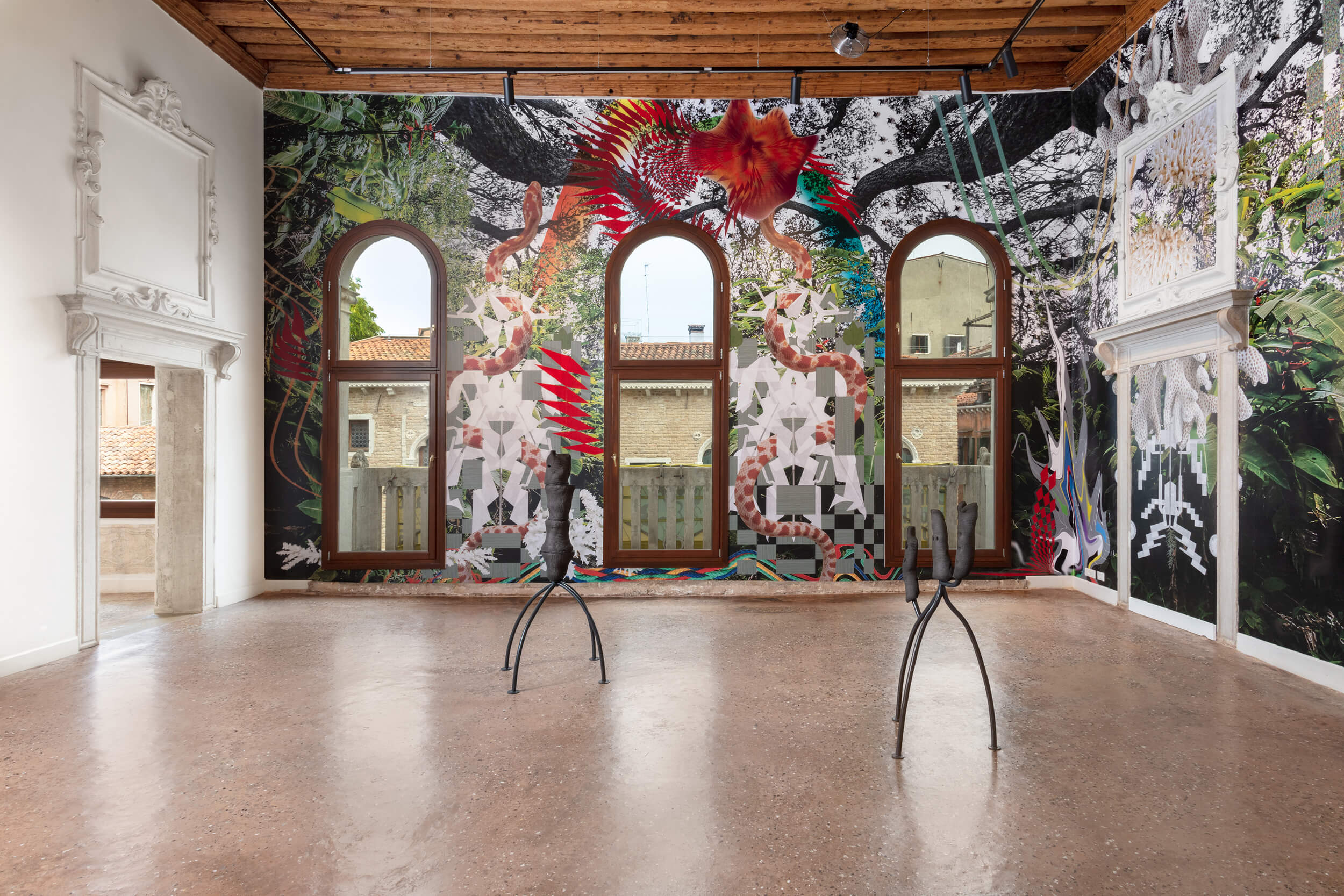
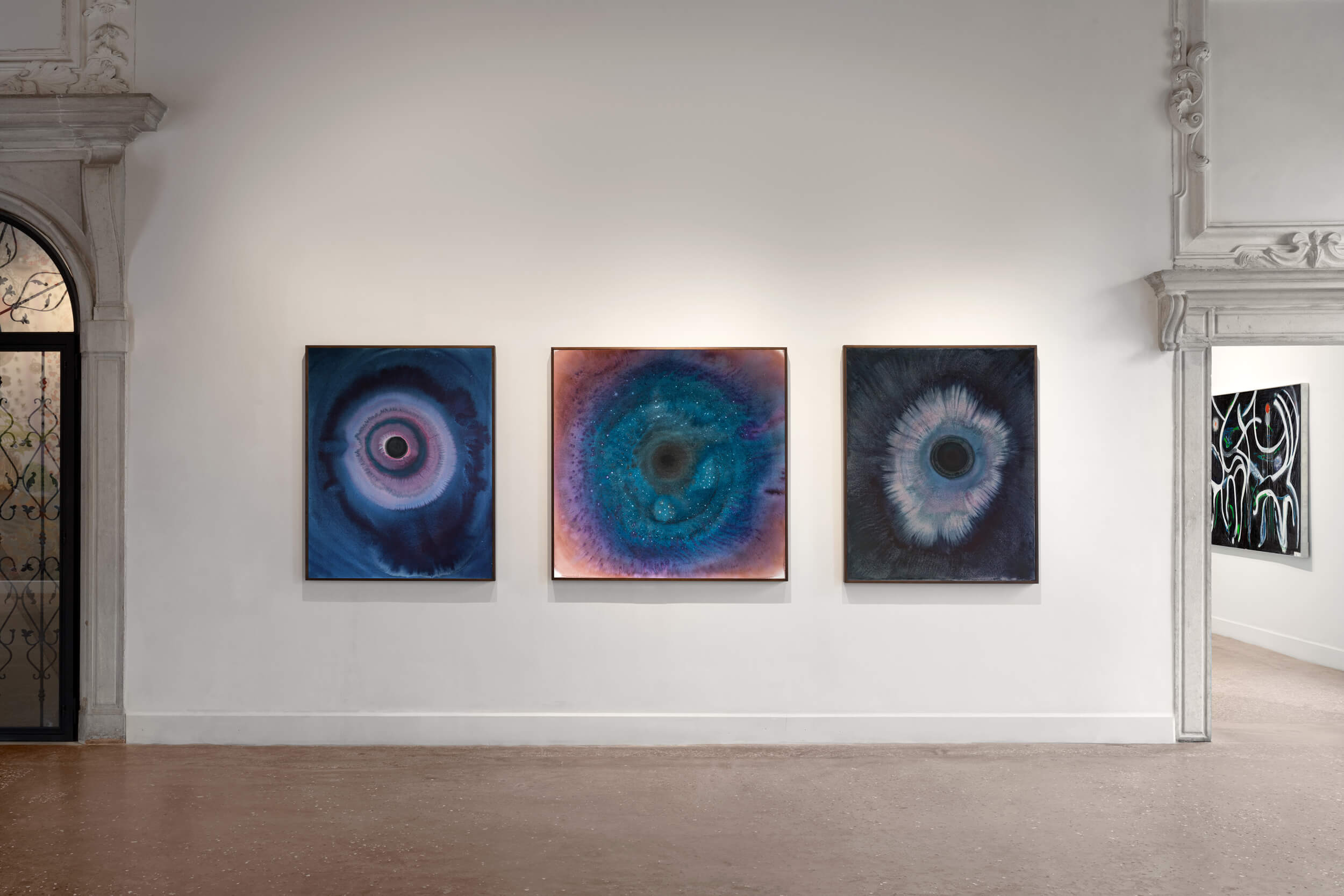
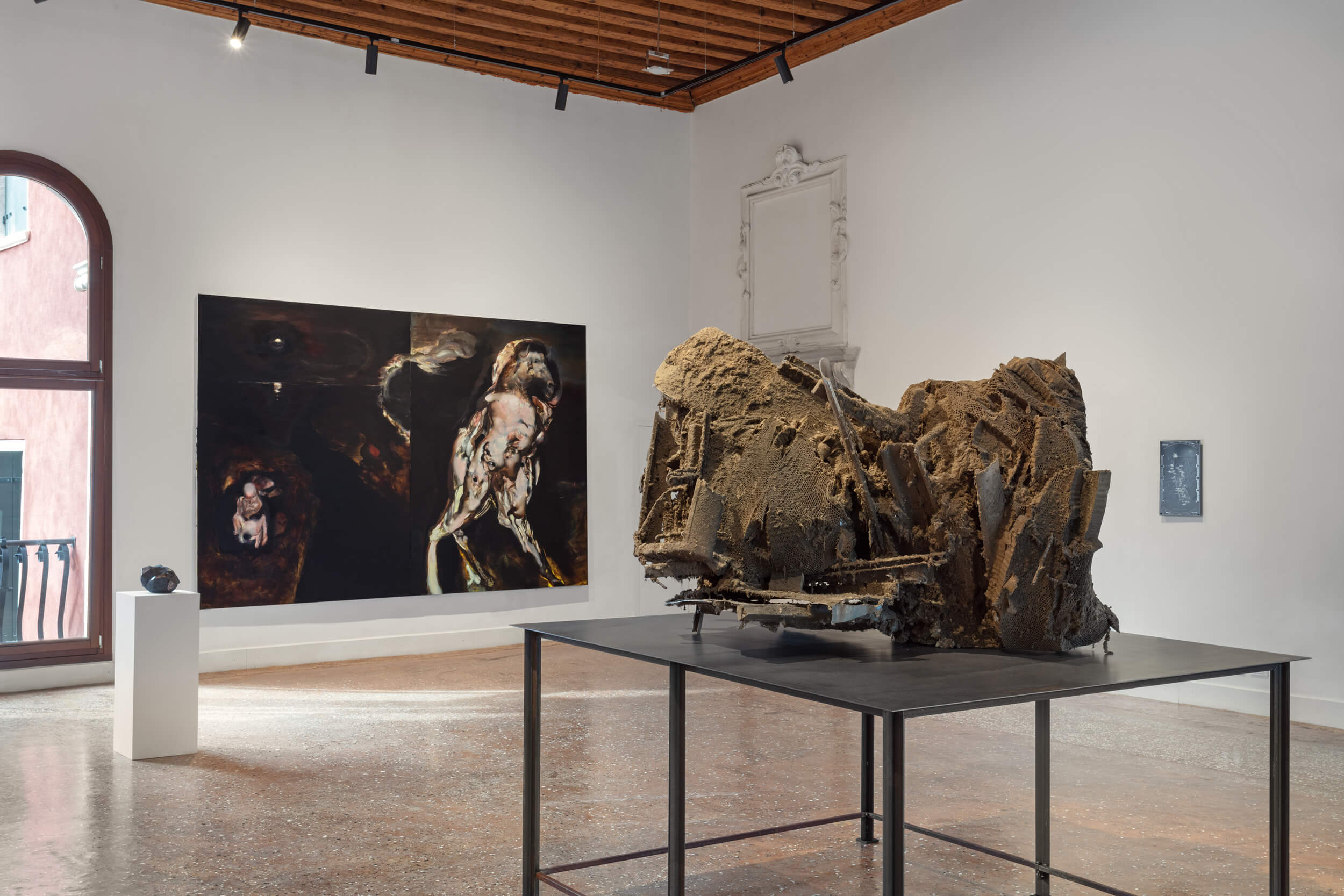
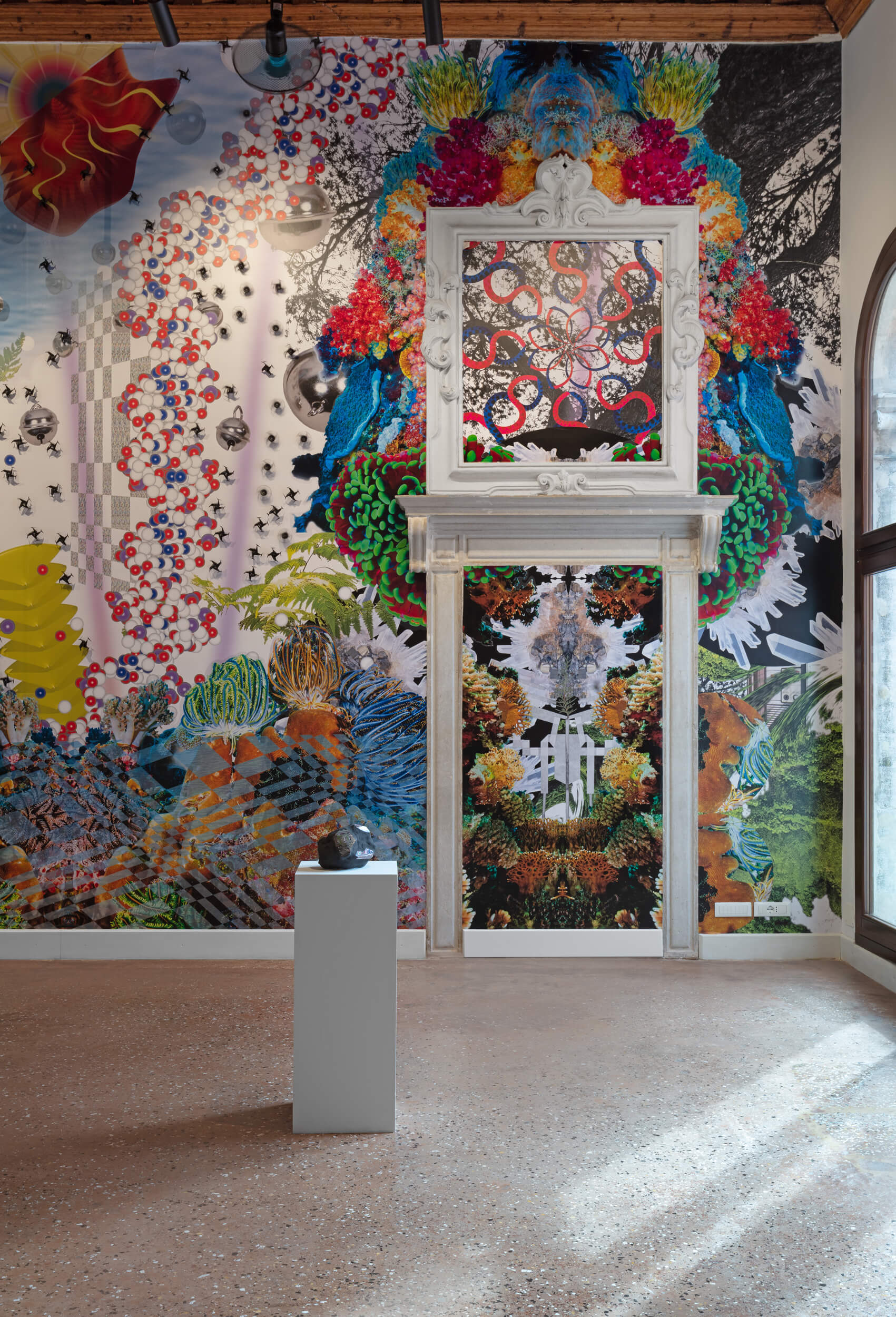
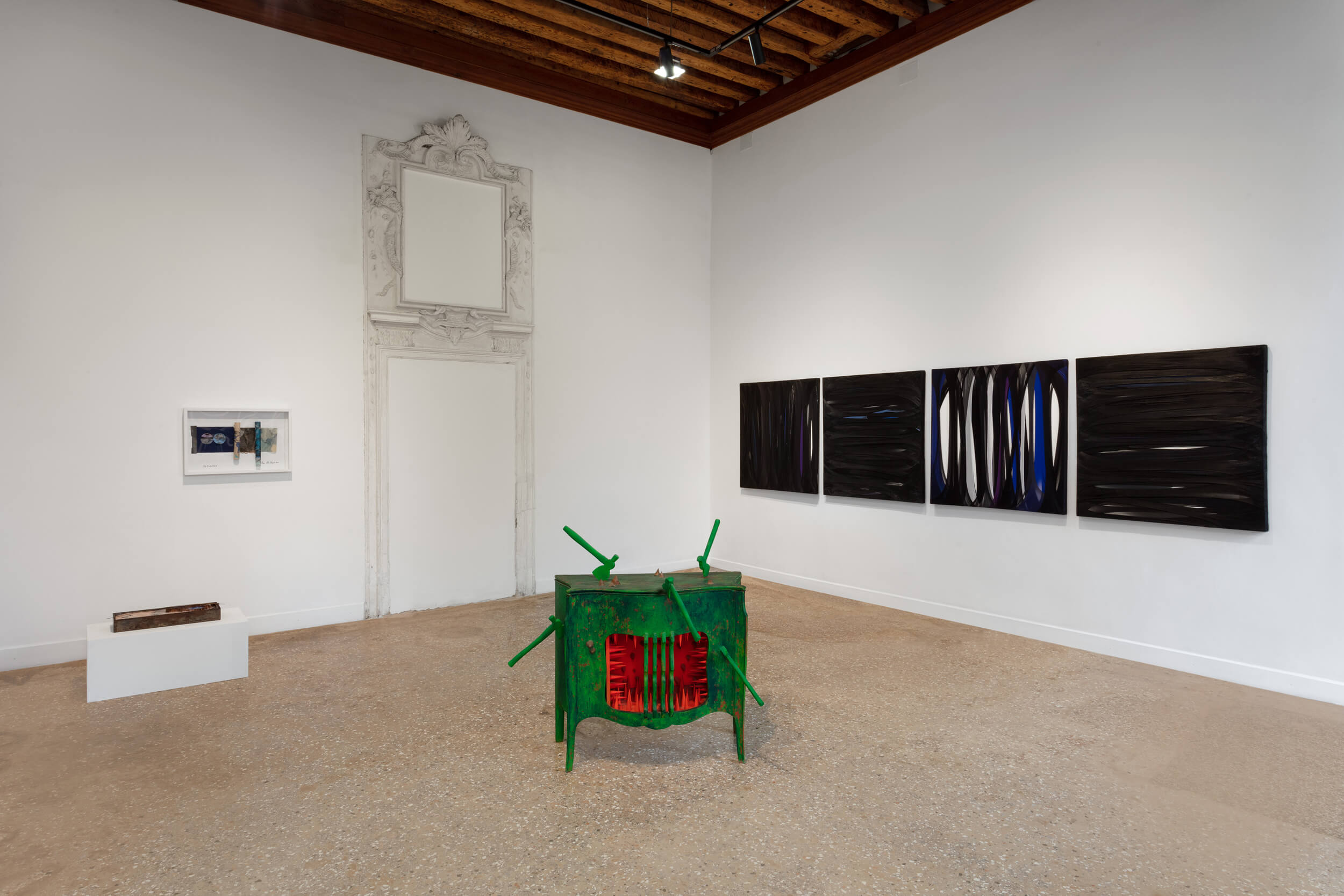
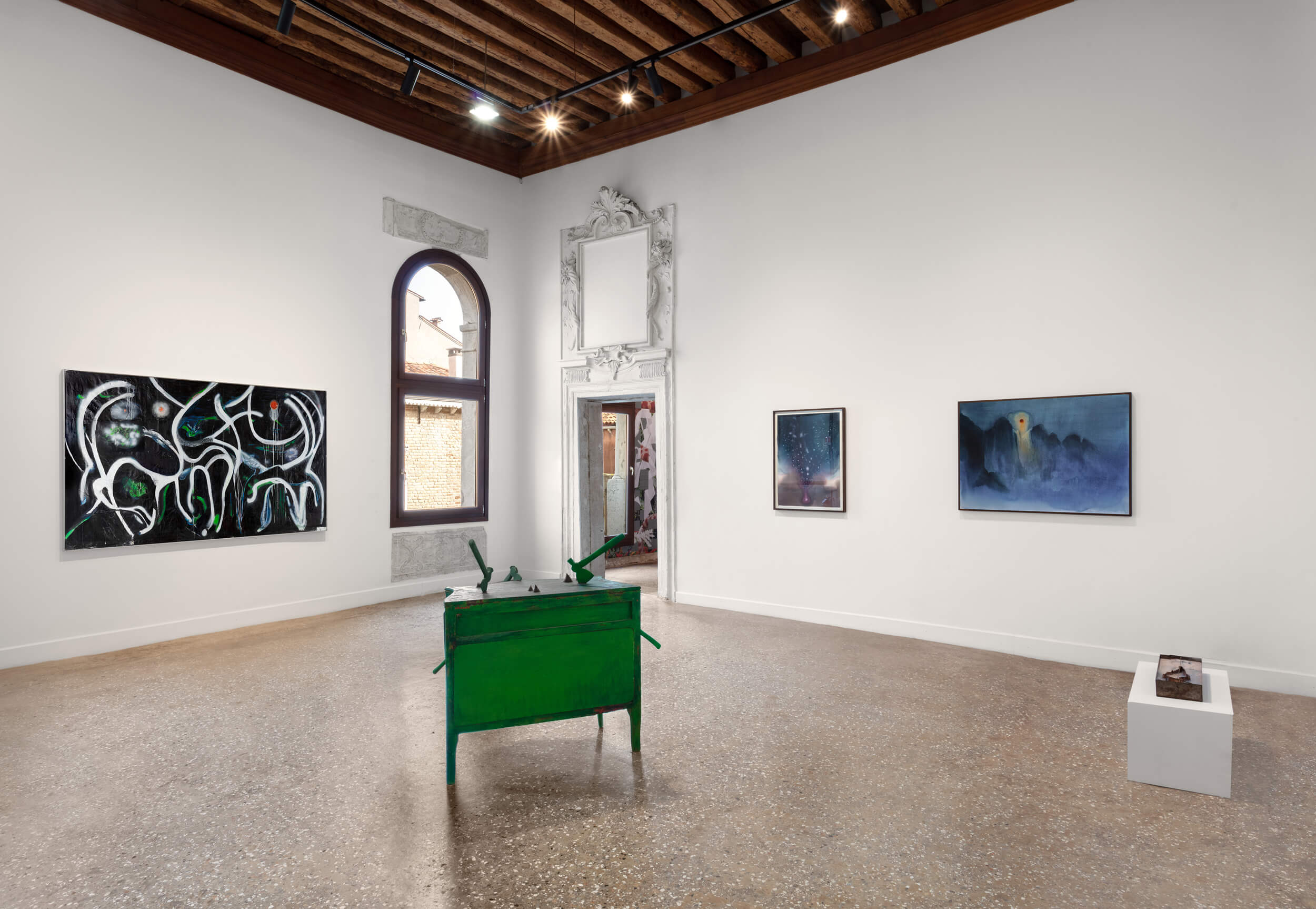
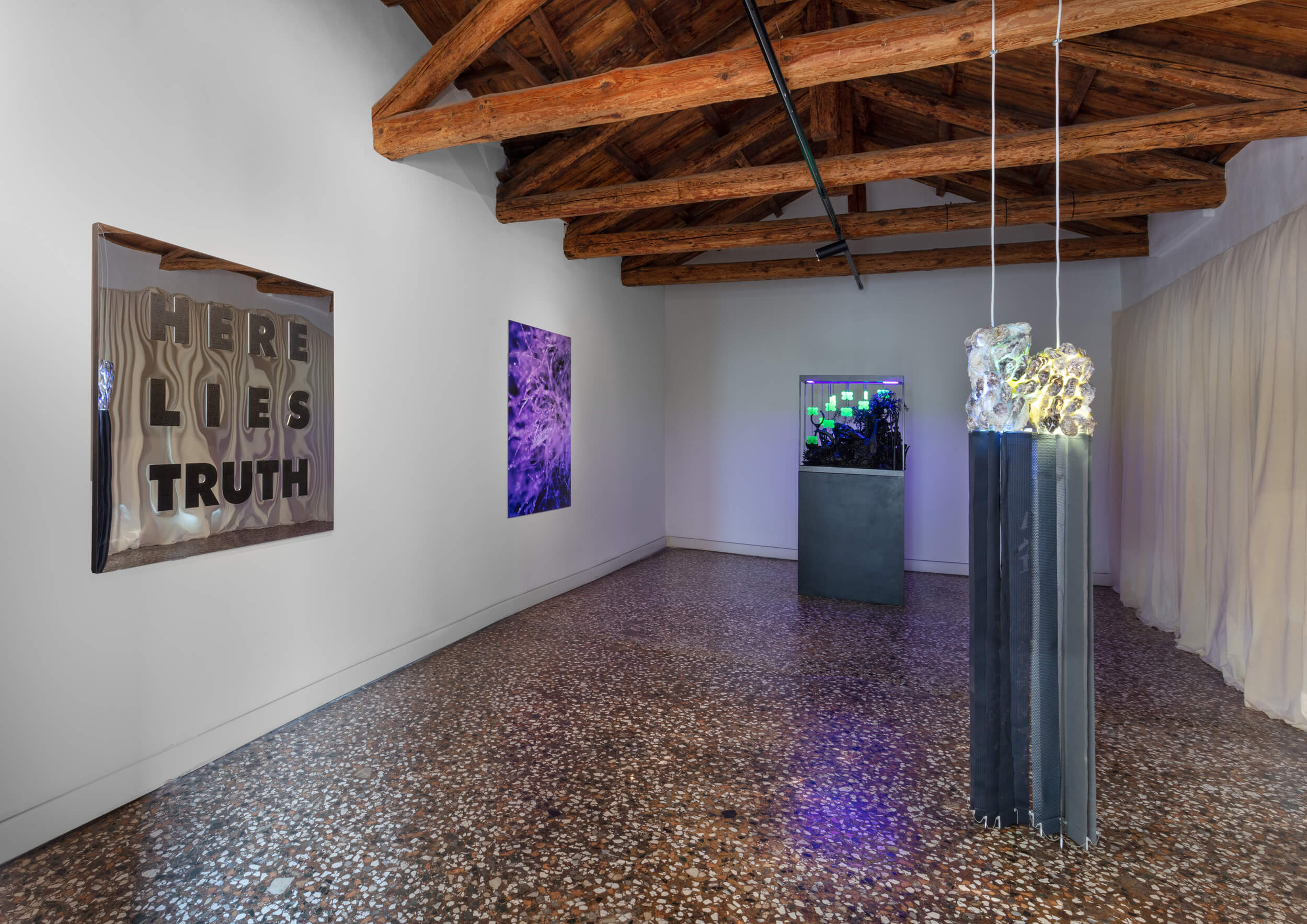
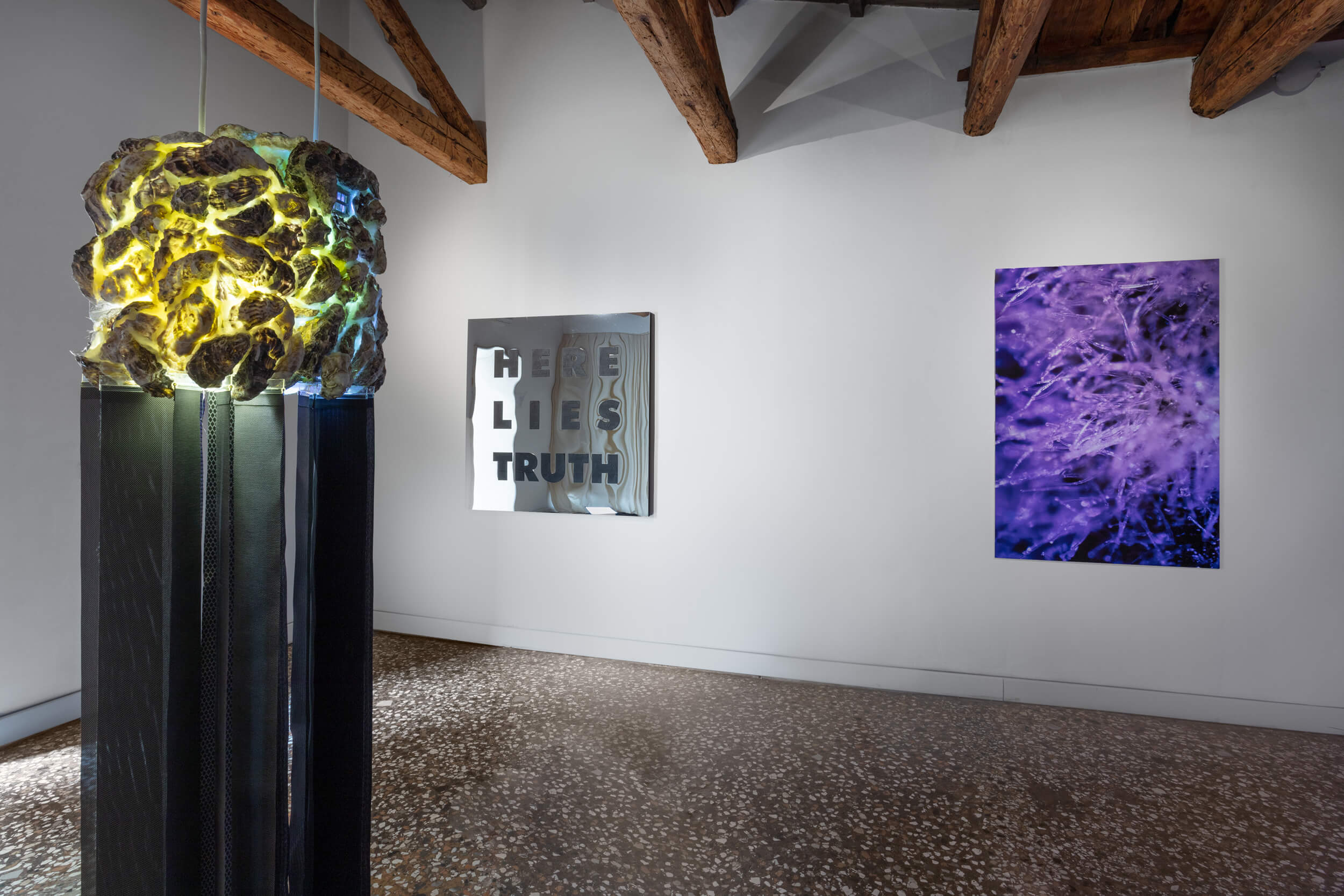
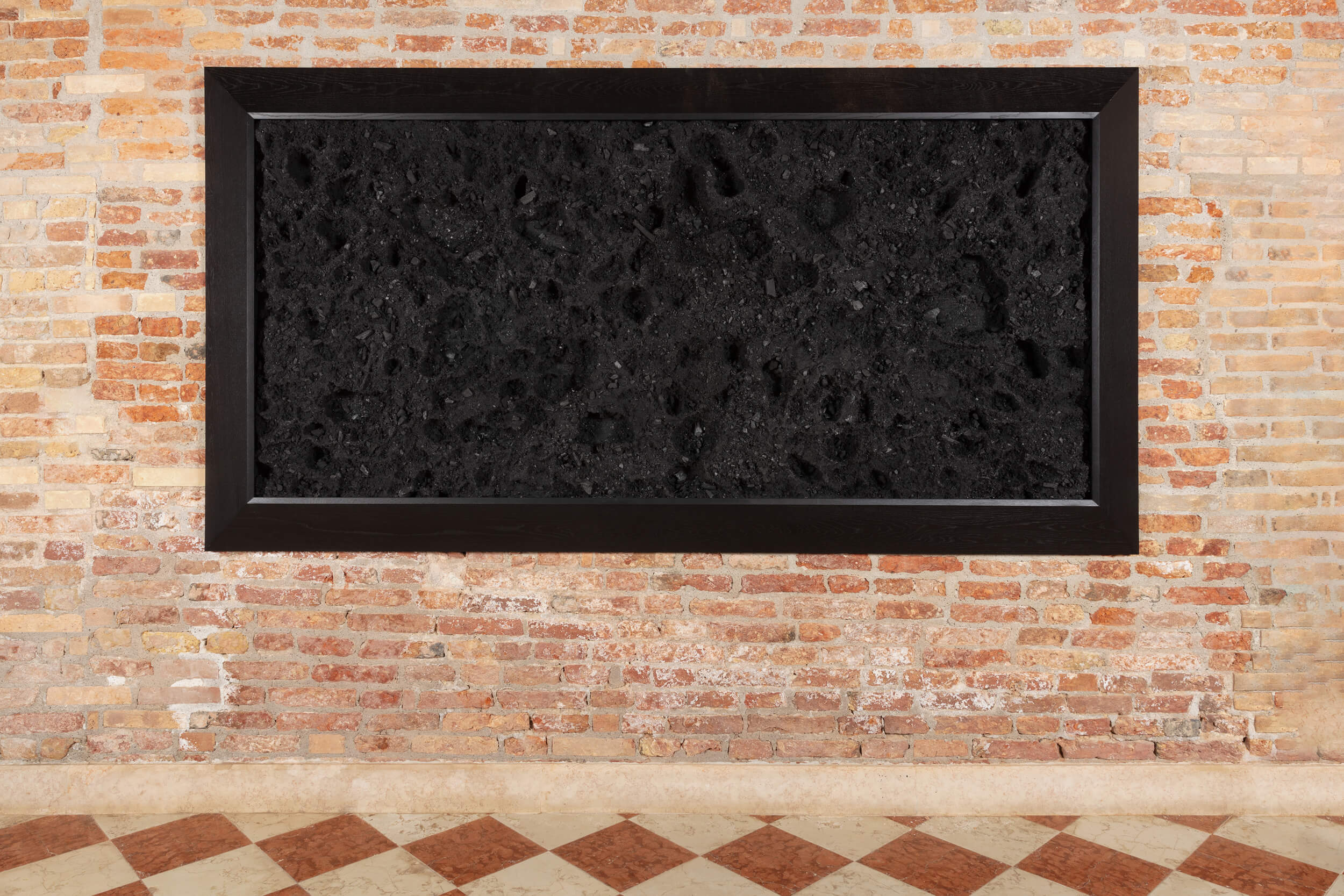
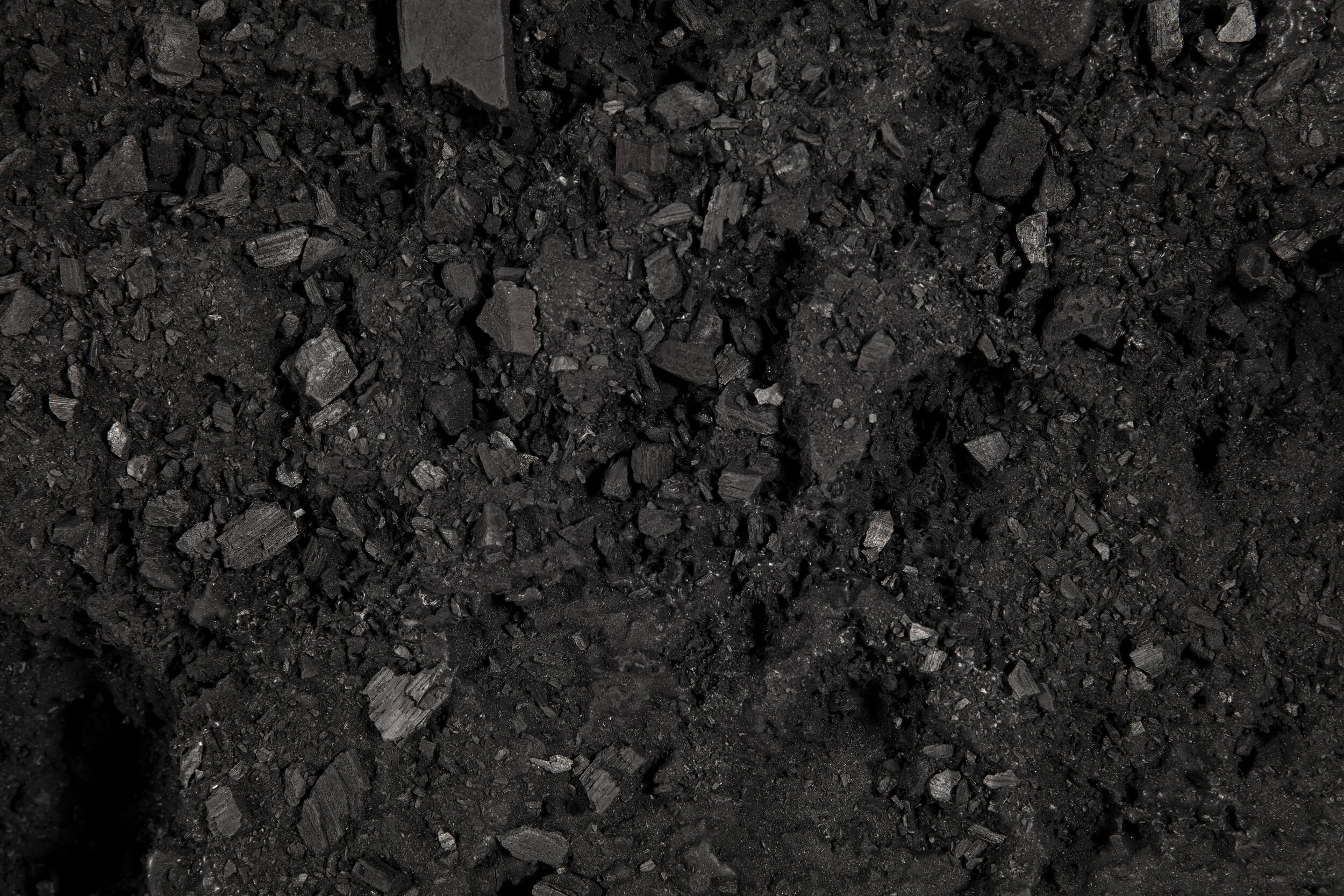
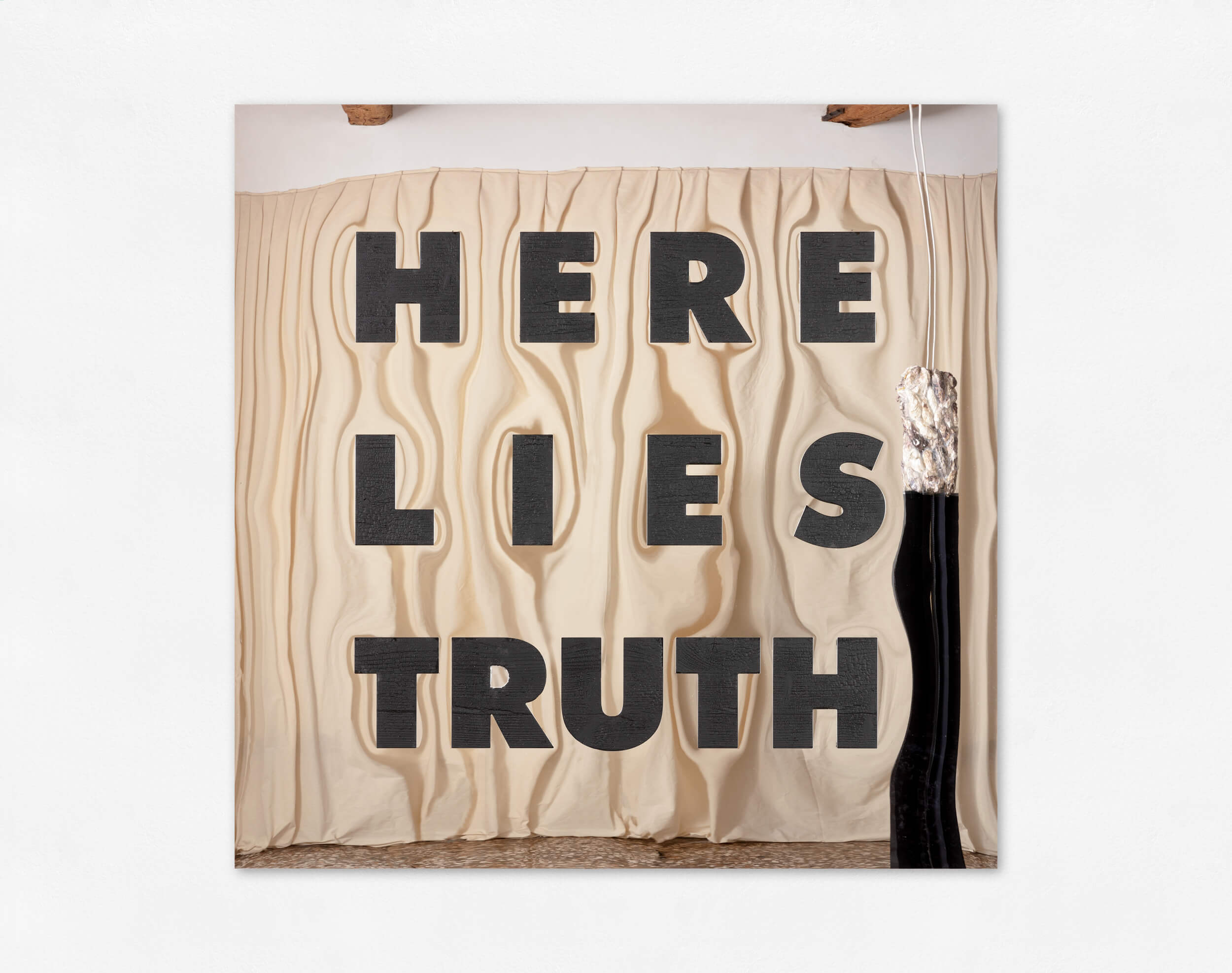
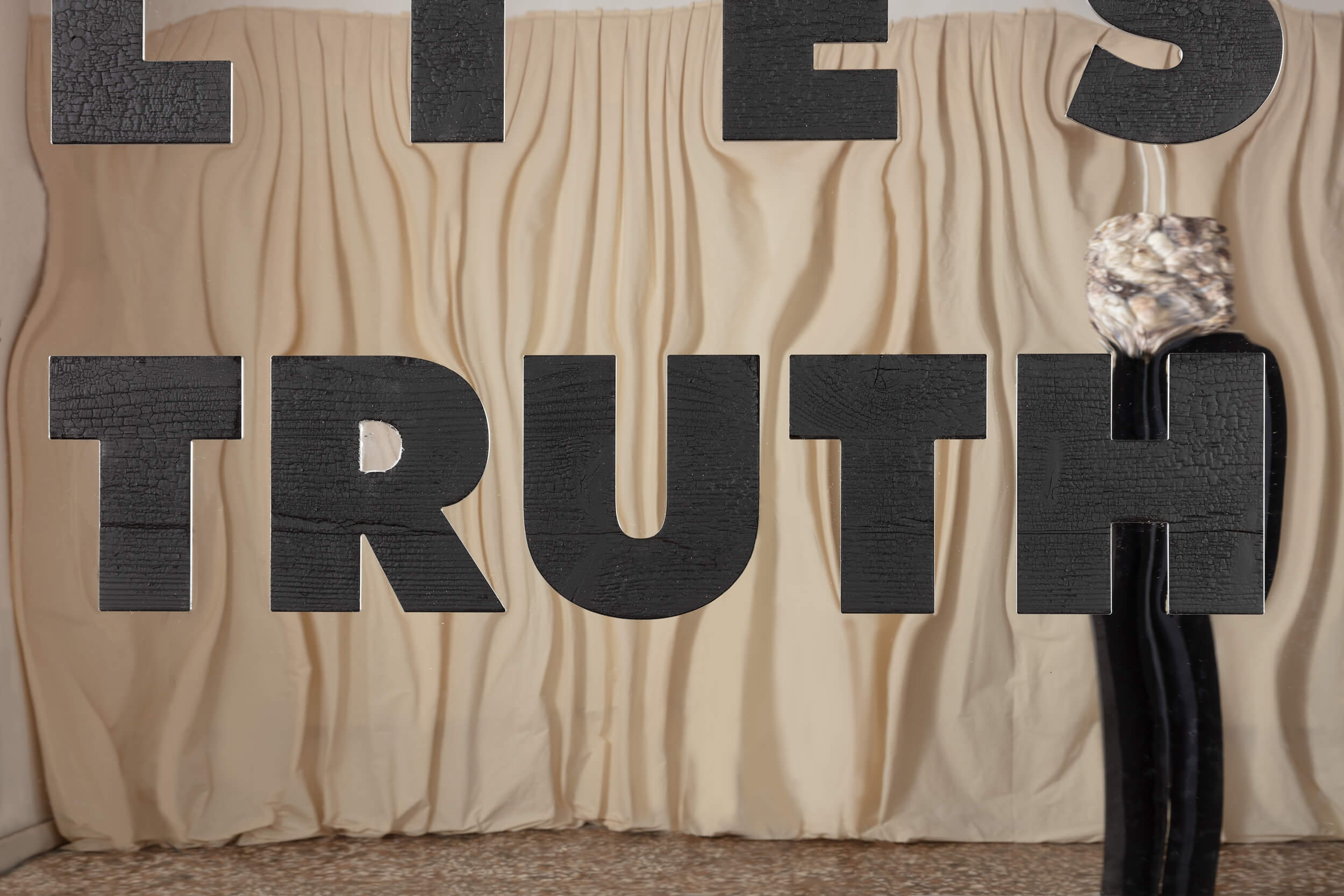
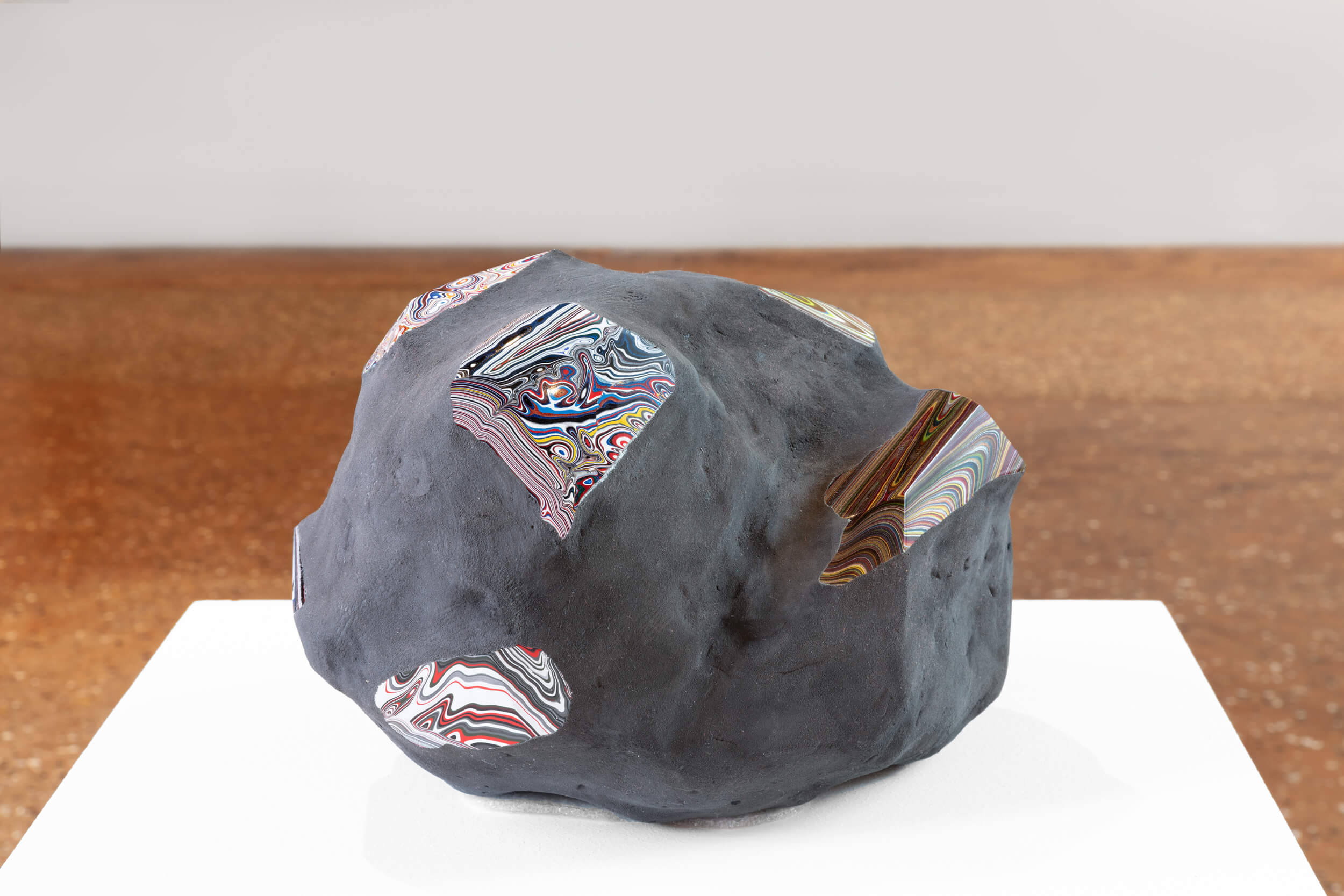
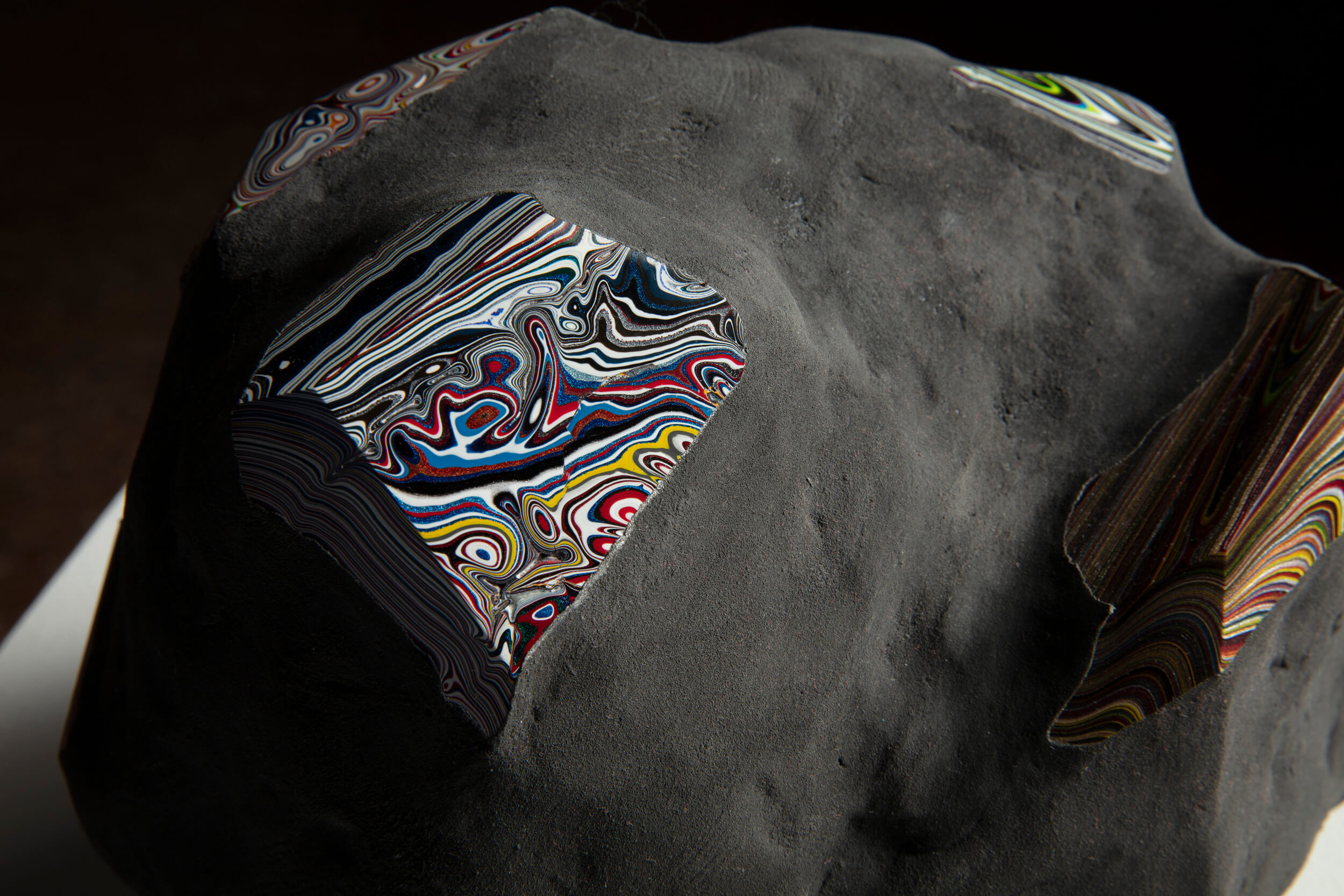
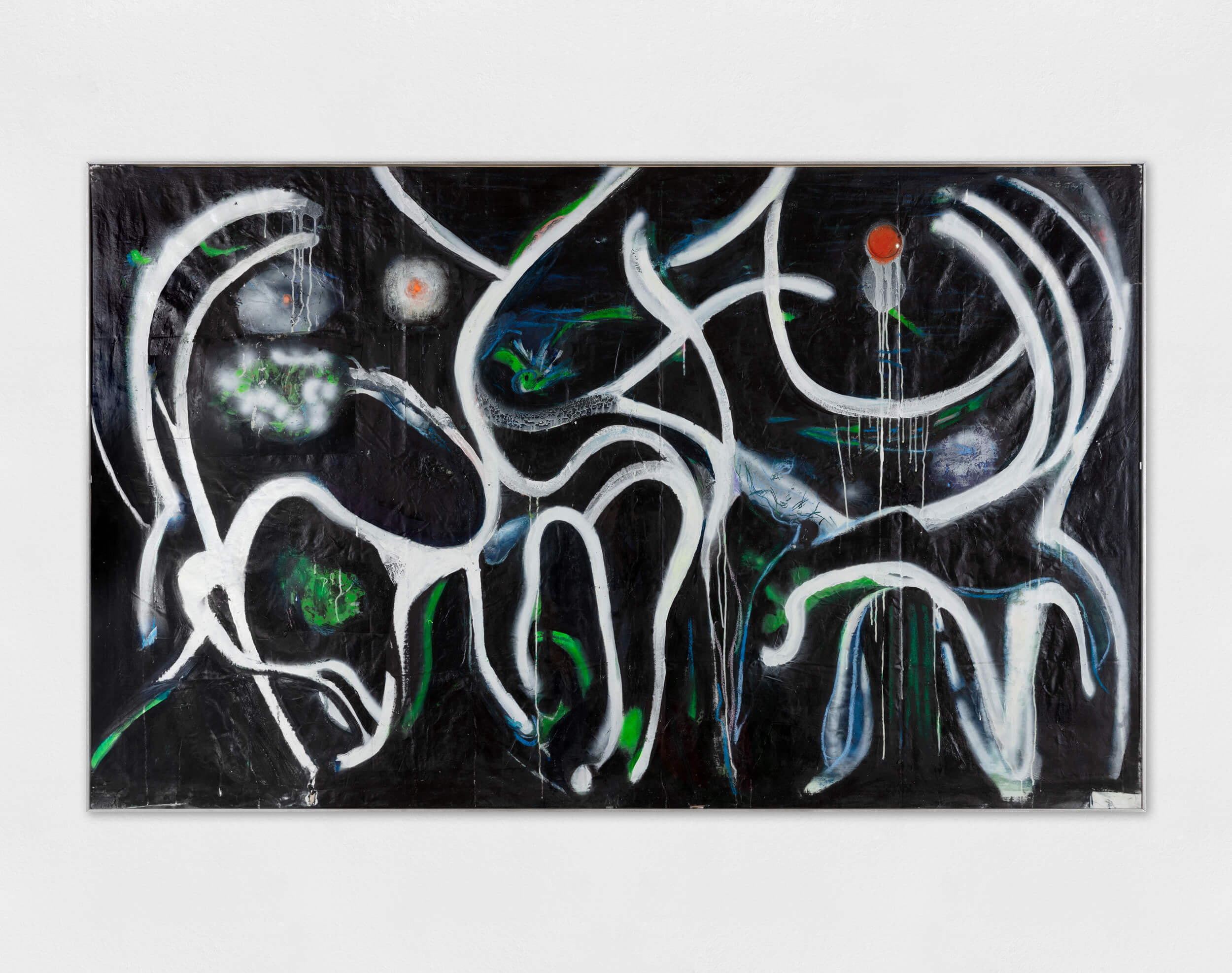
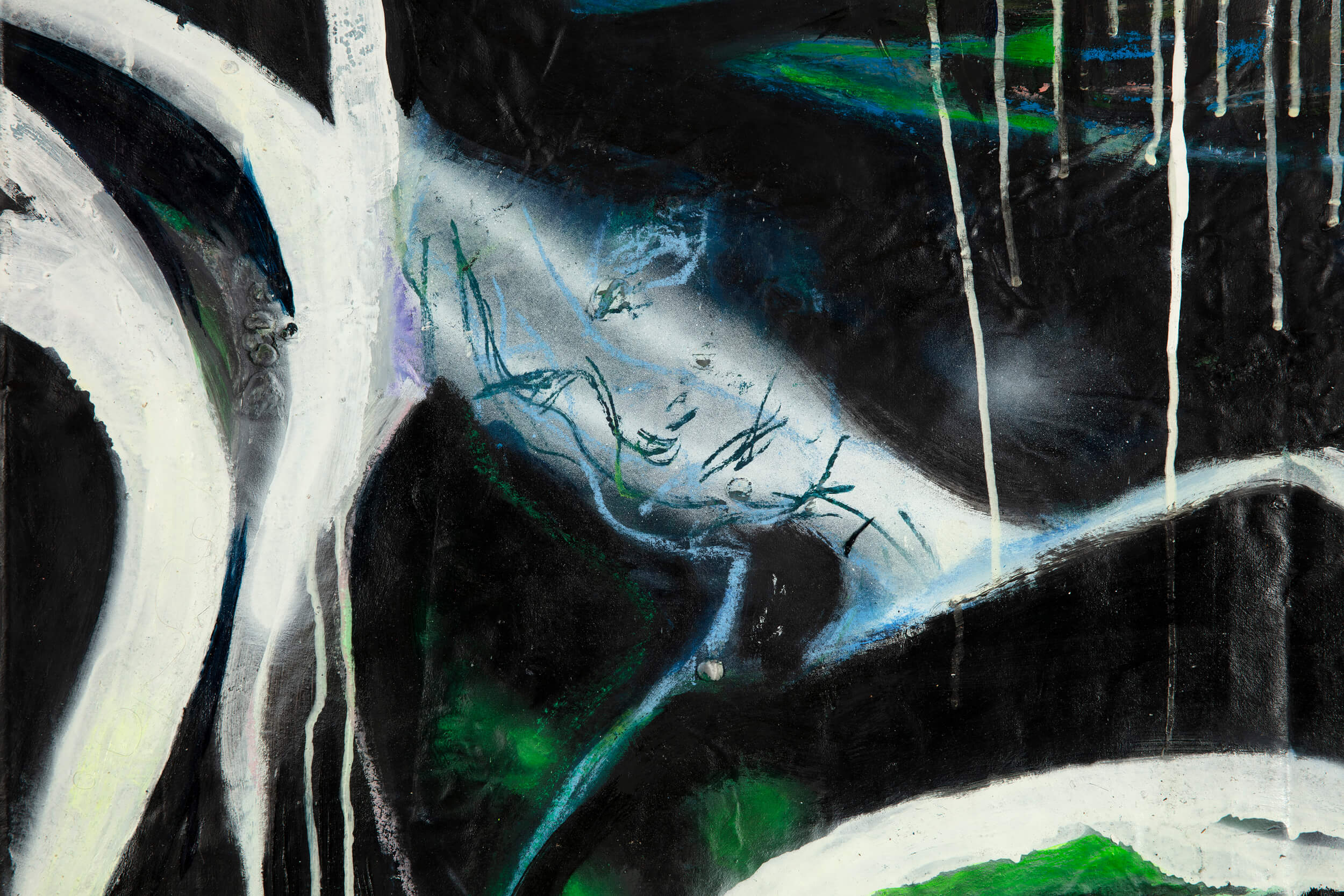
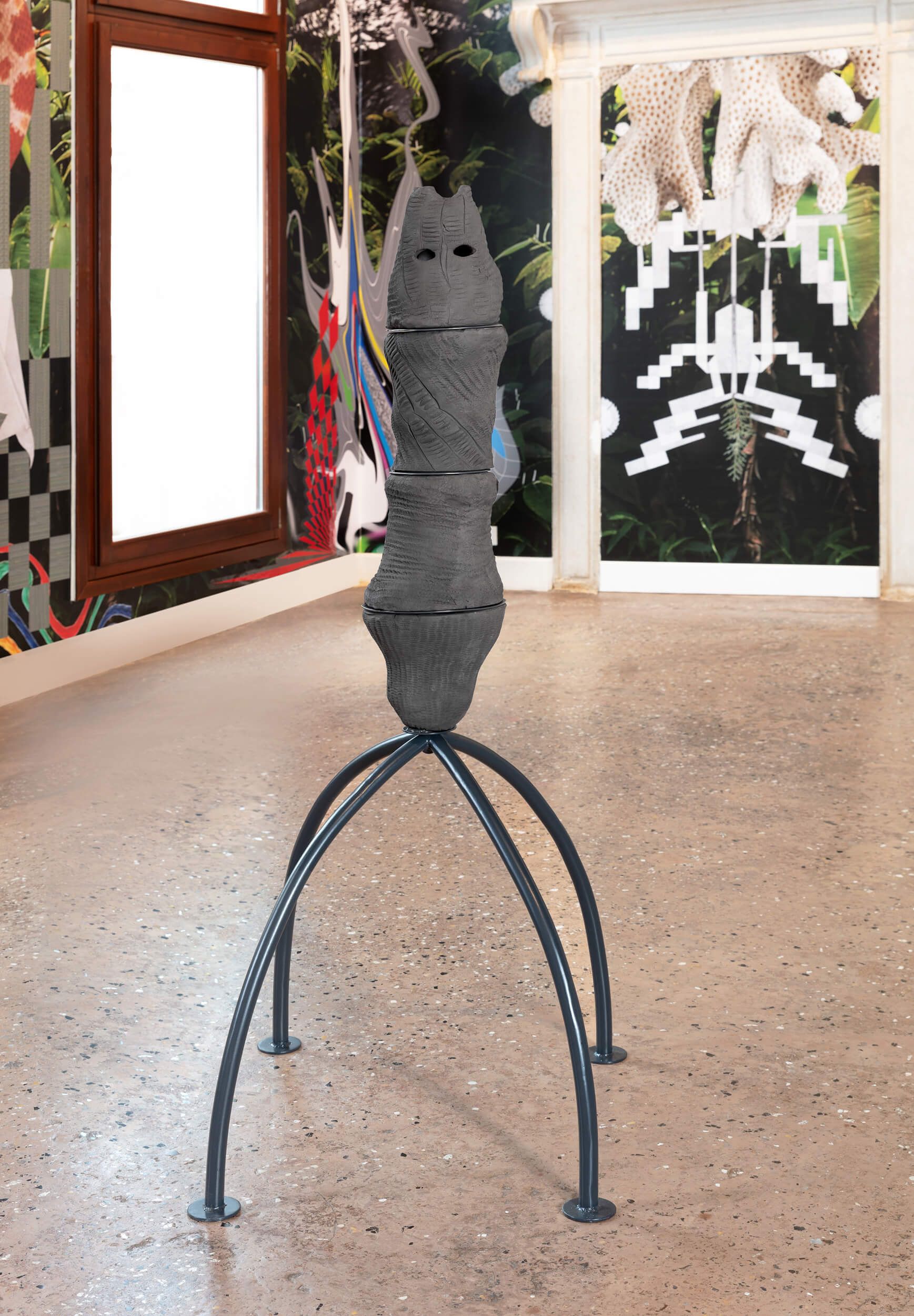
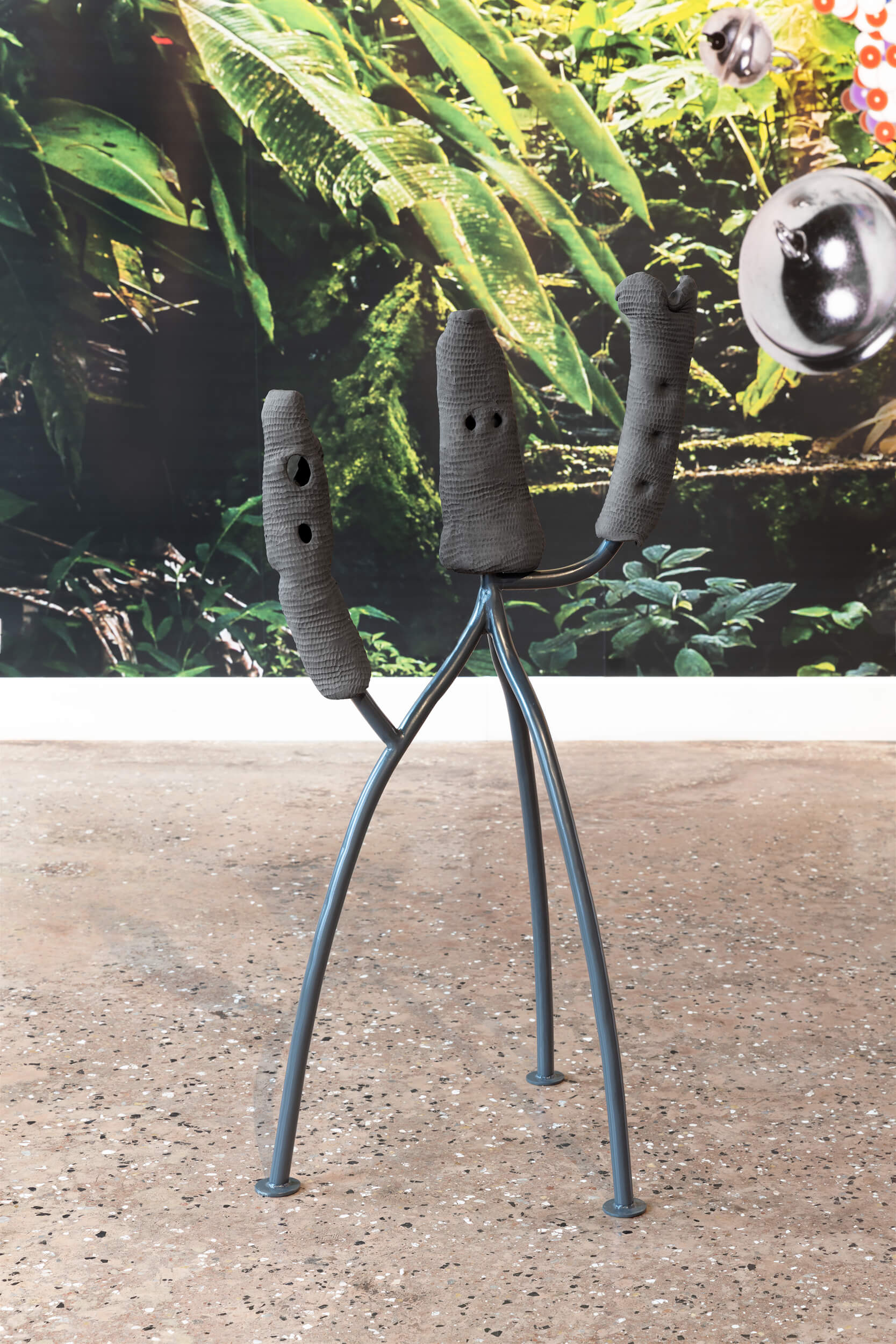
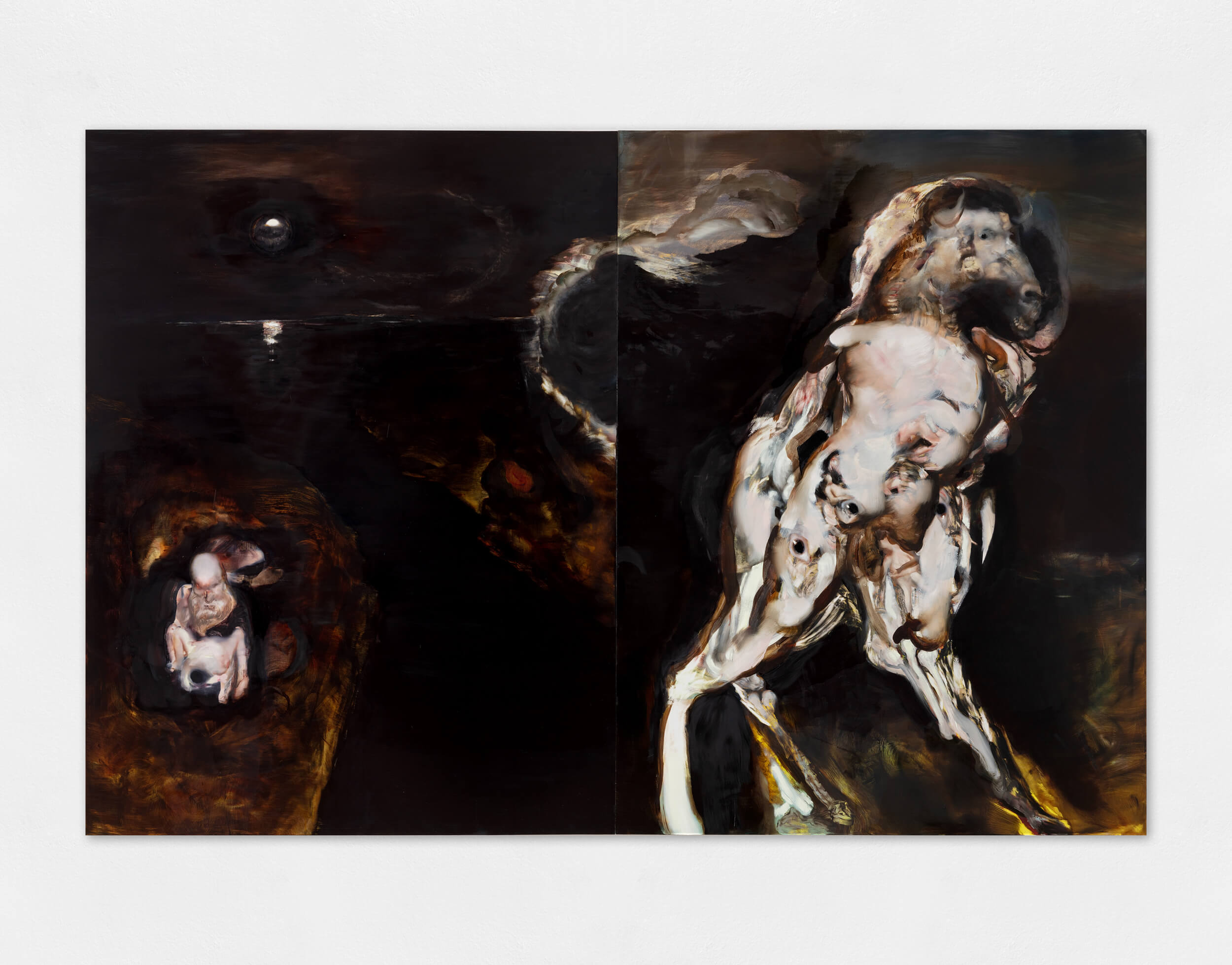
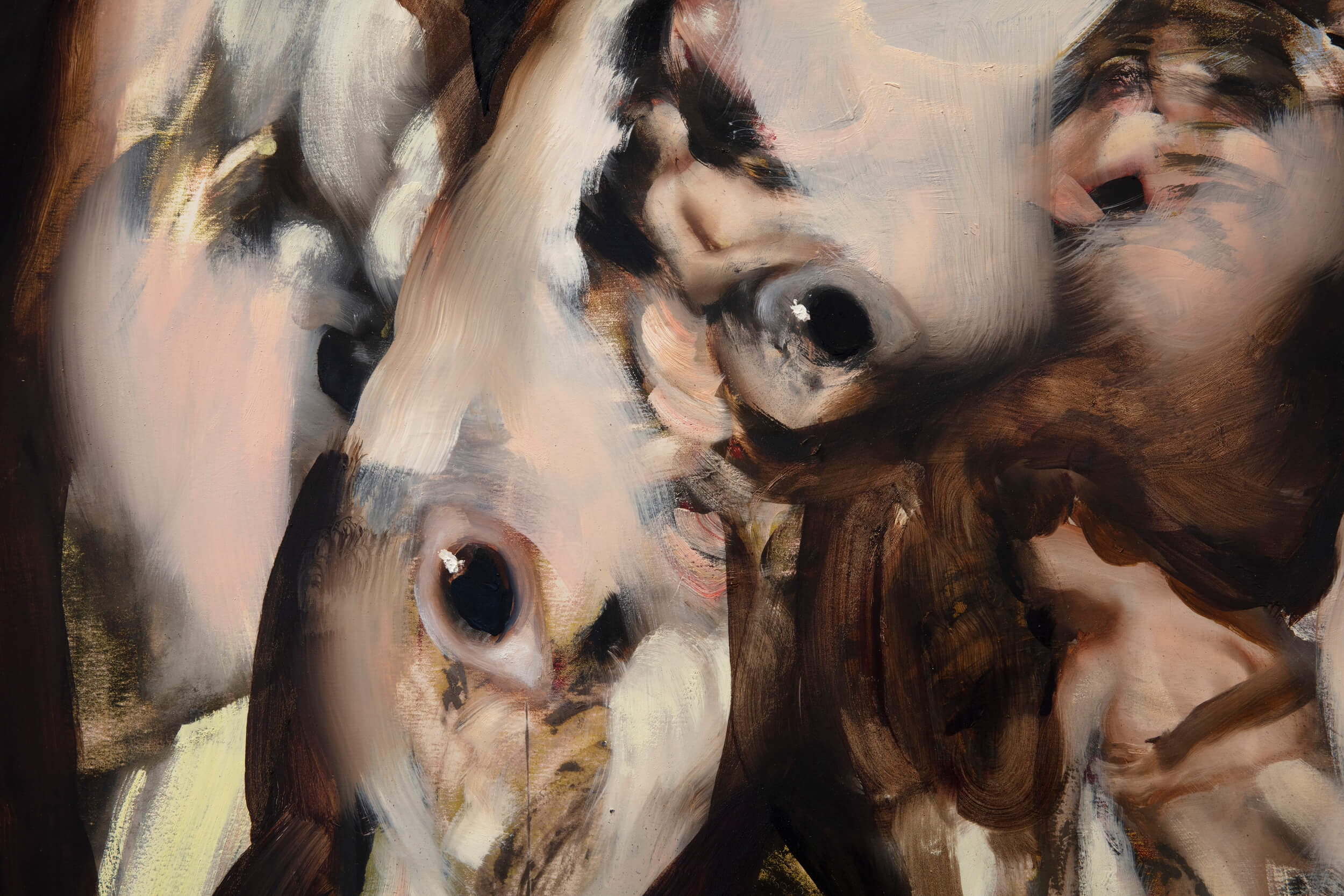
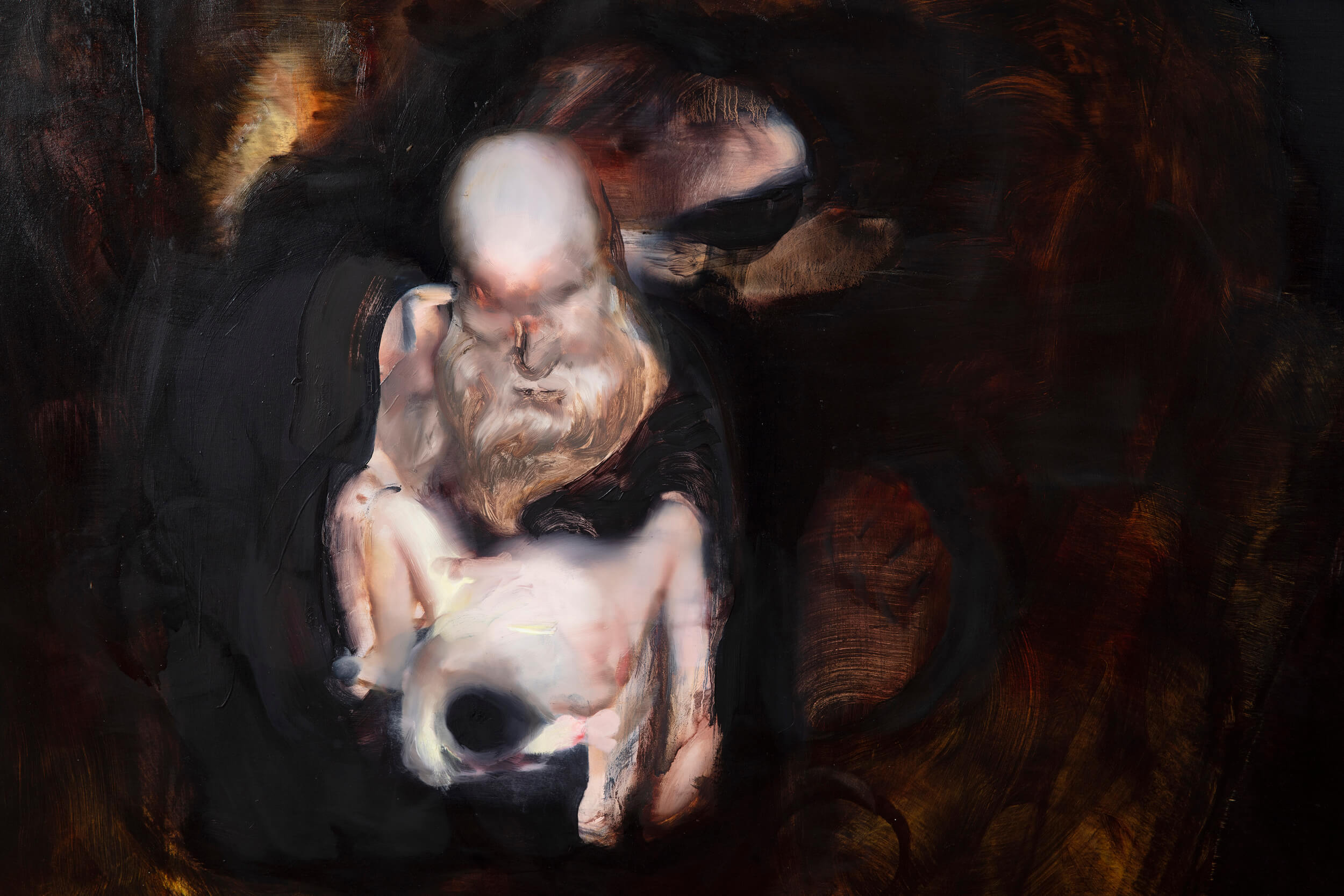
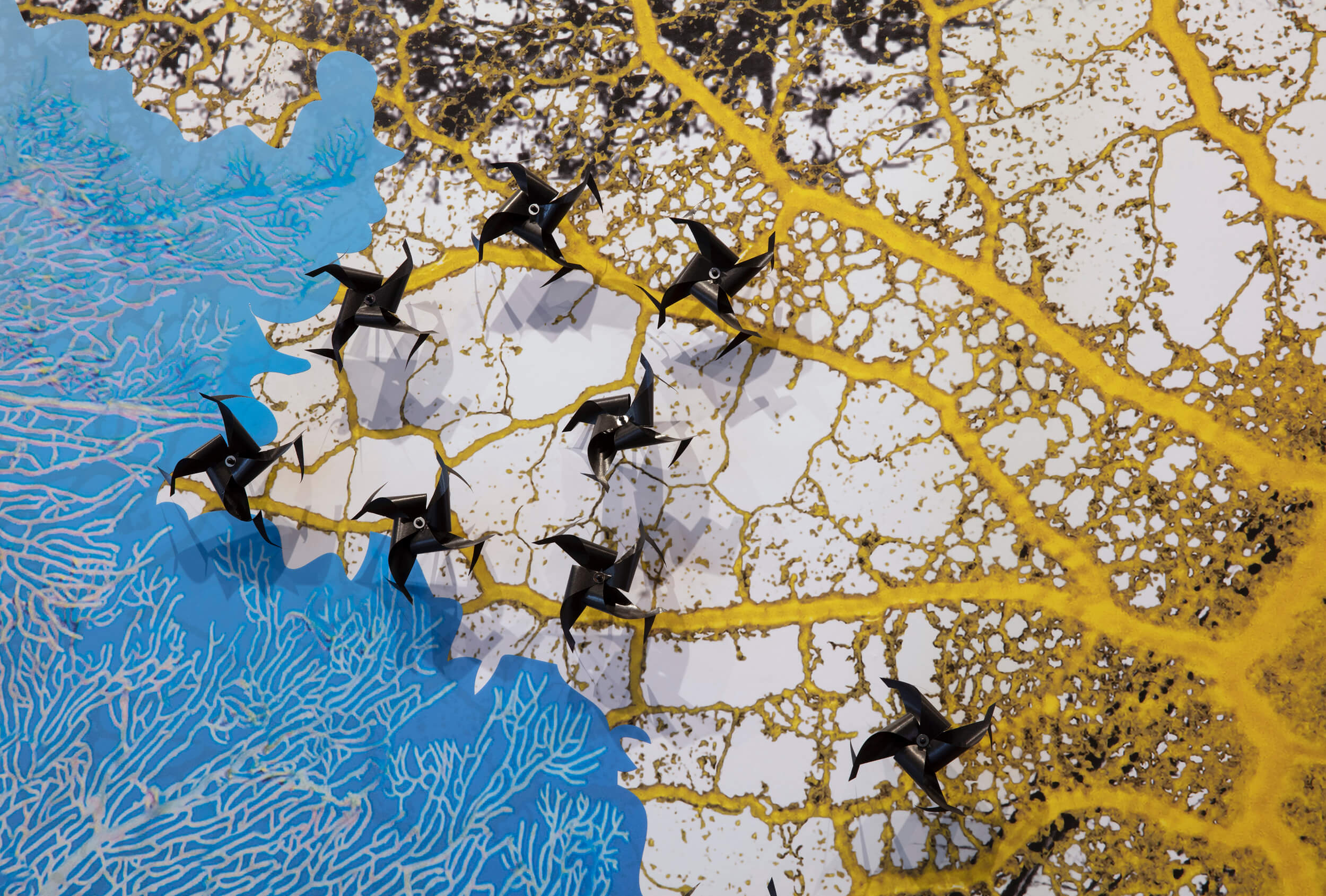
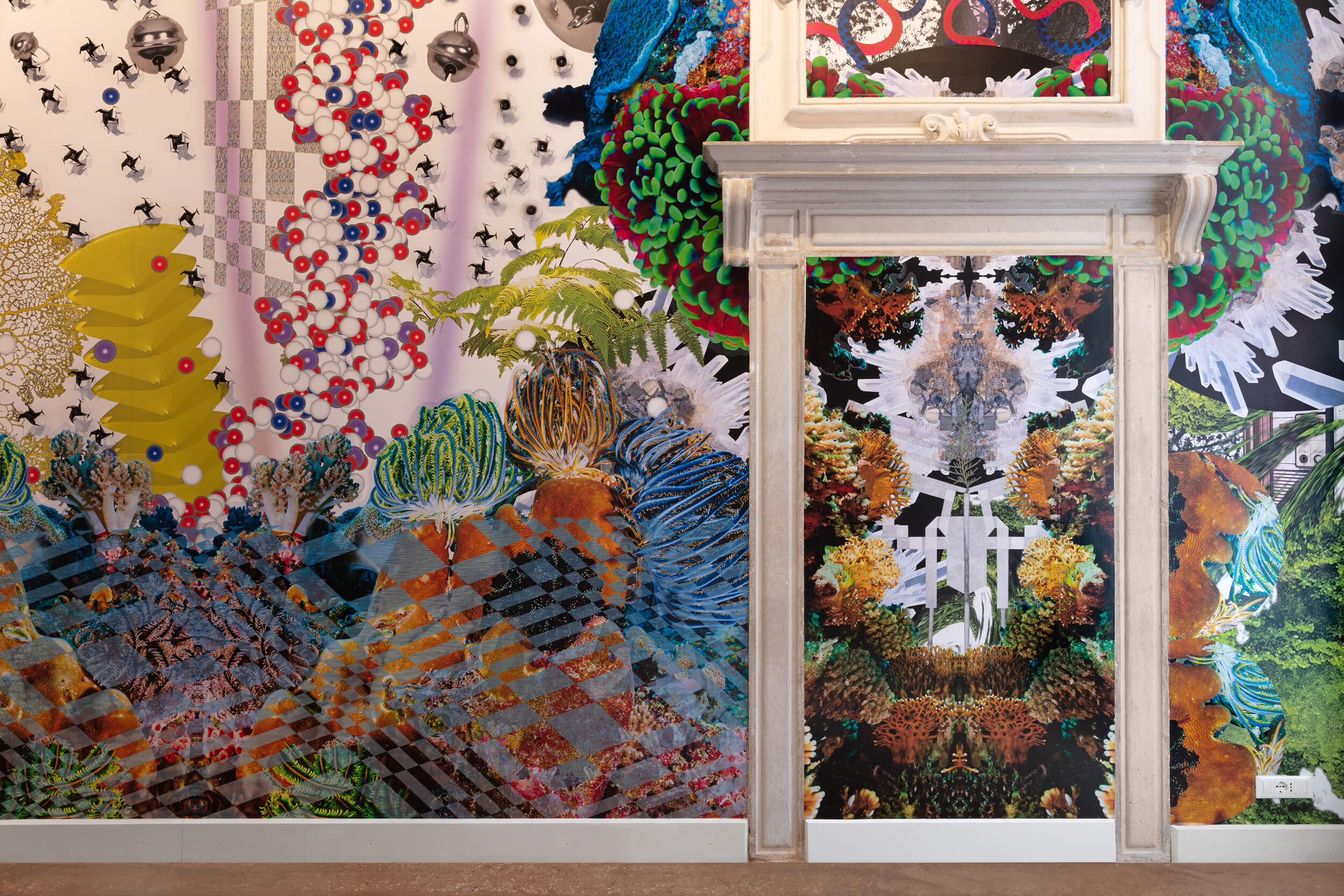

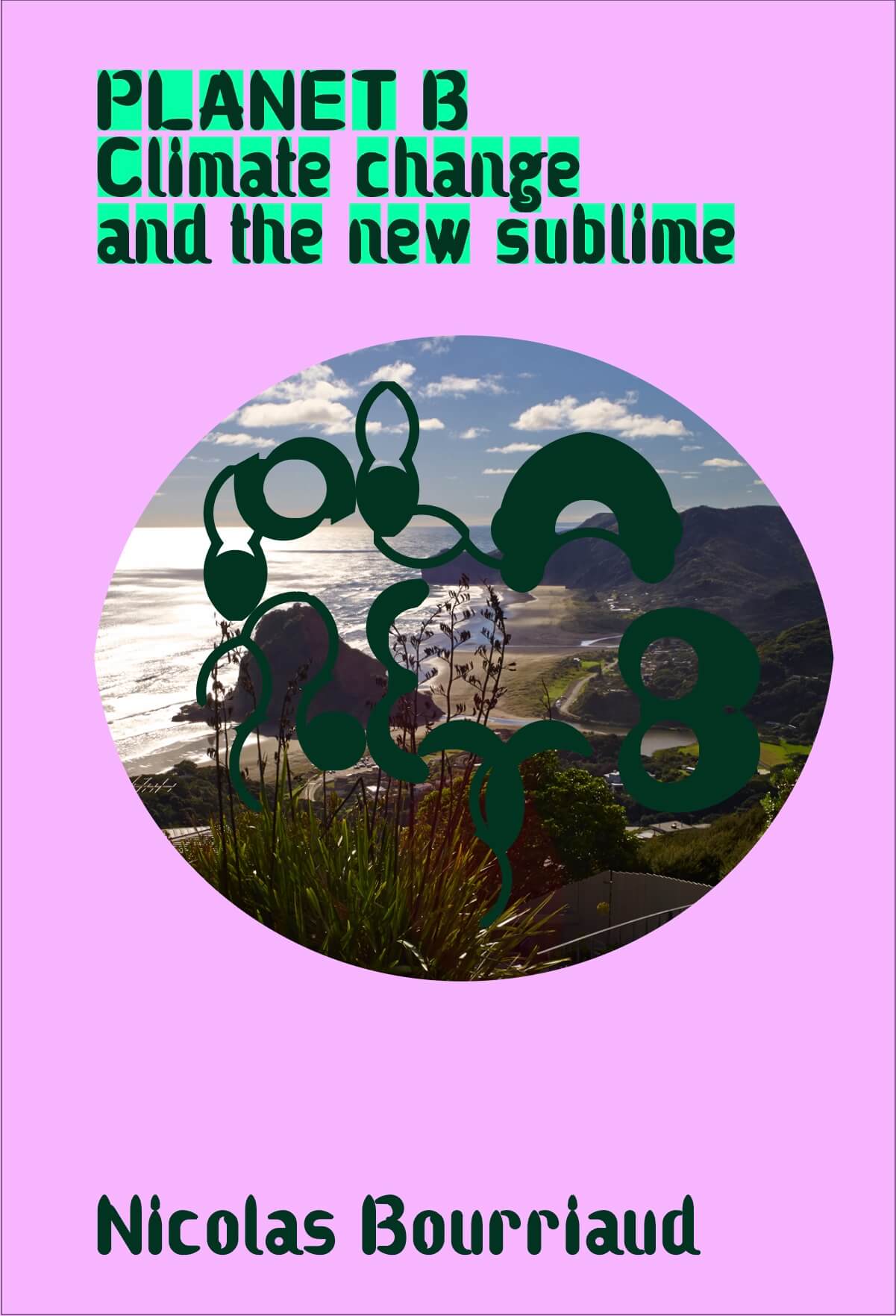 PLANET B. Climate change and the new sublime (English edition)
PLANET B. Climate change and the new sublime (English edition)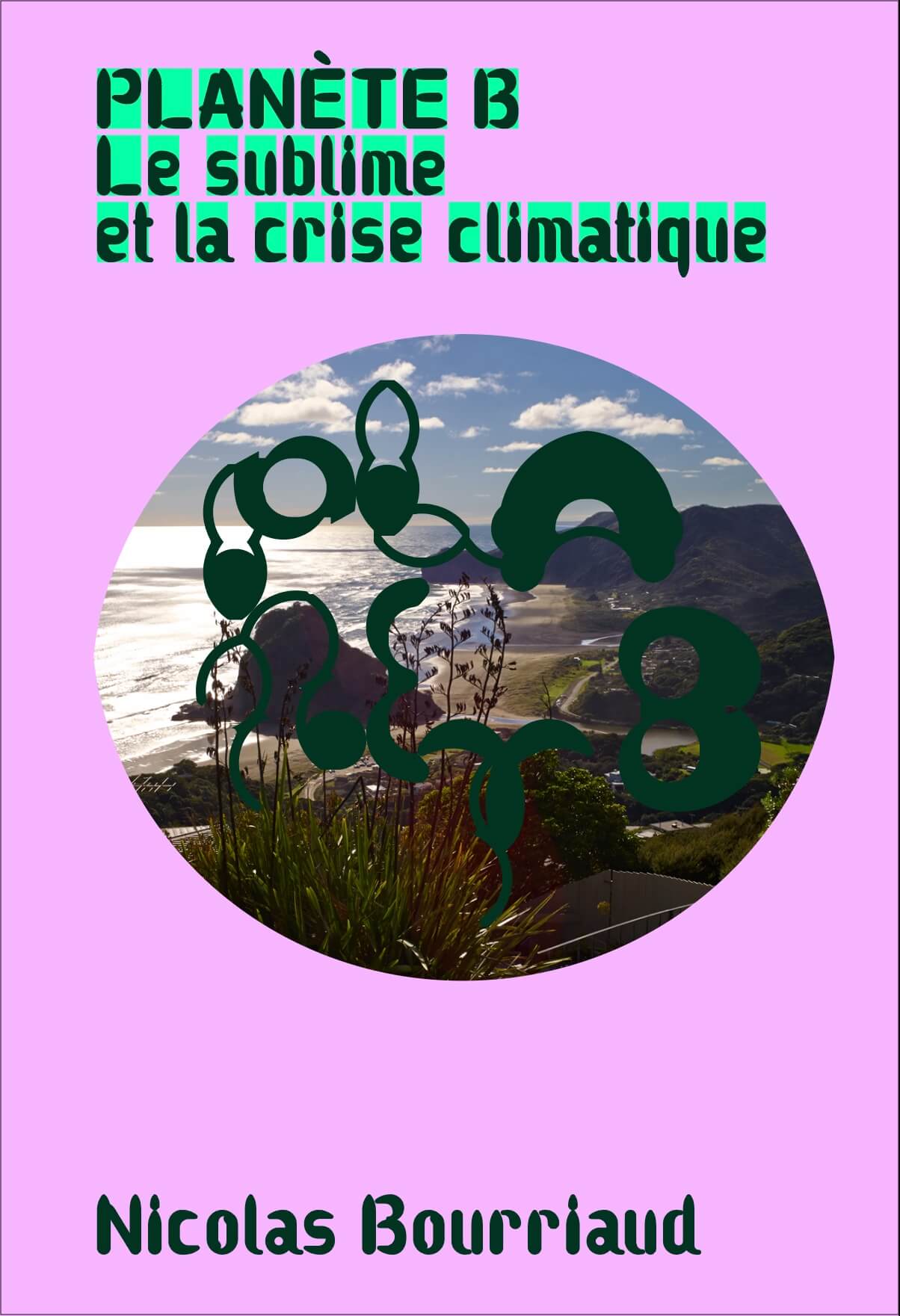 PLANÈTE B. Le sublime et la crise climatique (French edition)
PLANÈTE B. Le sublime et la crise climatique (French edition)

